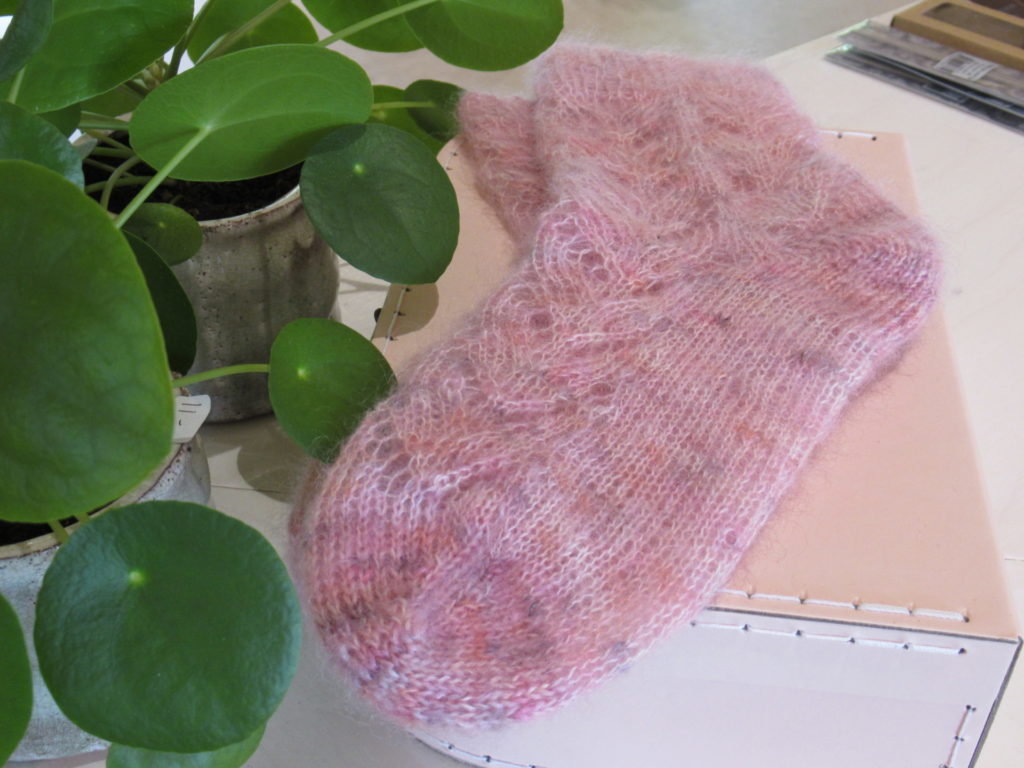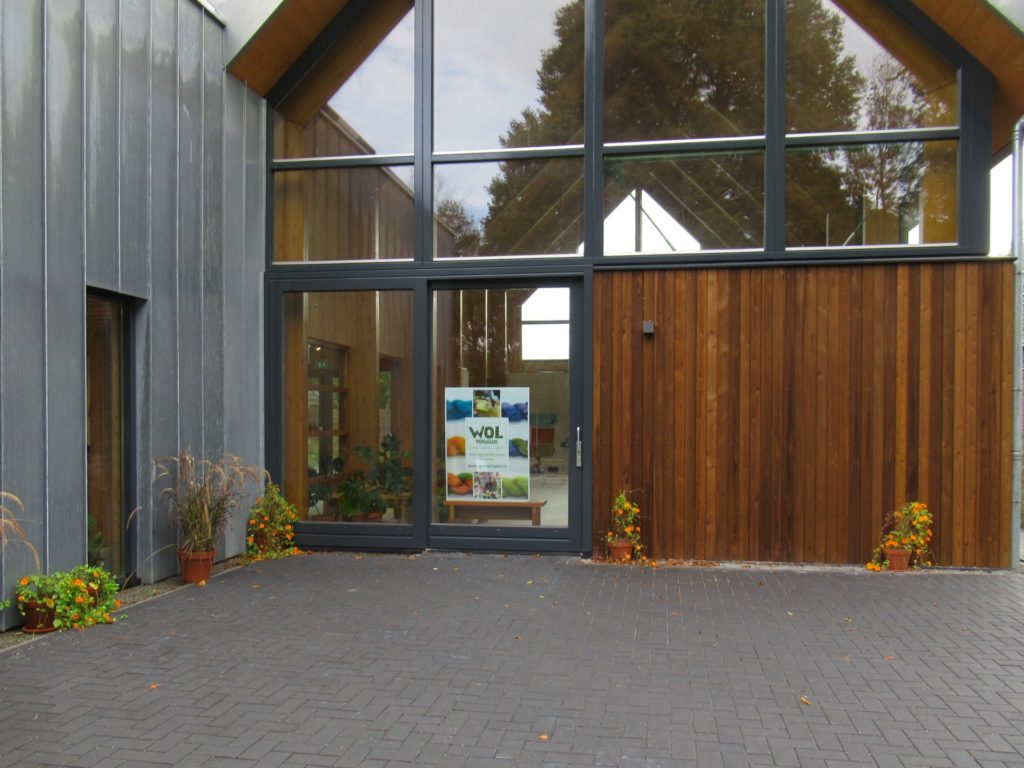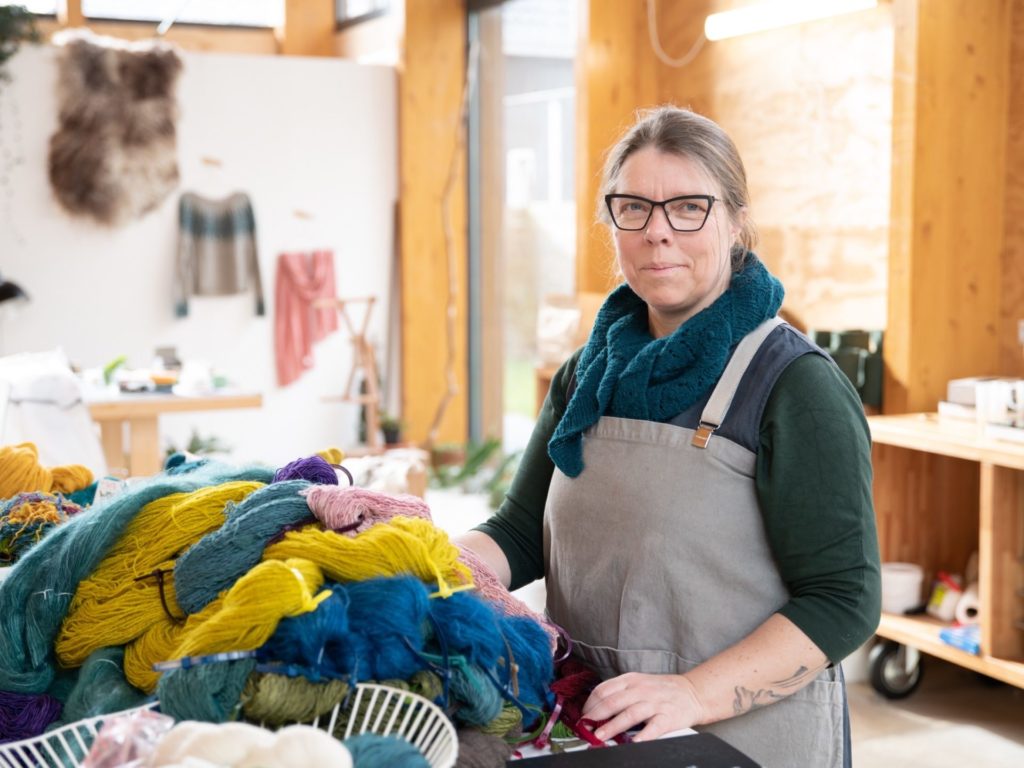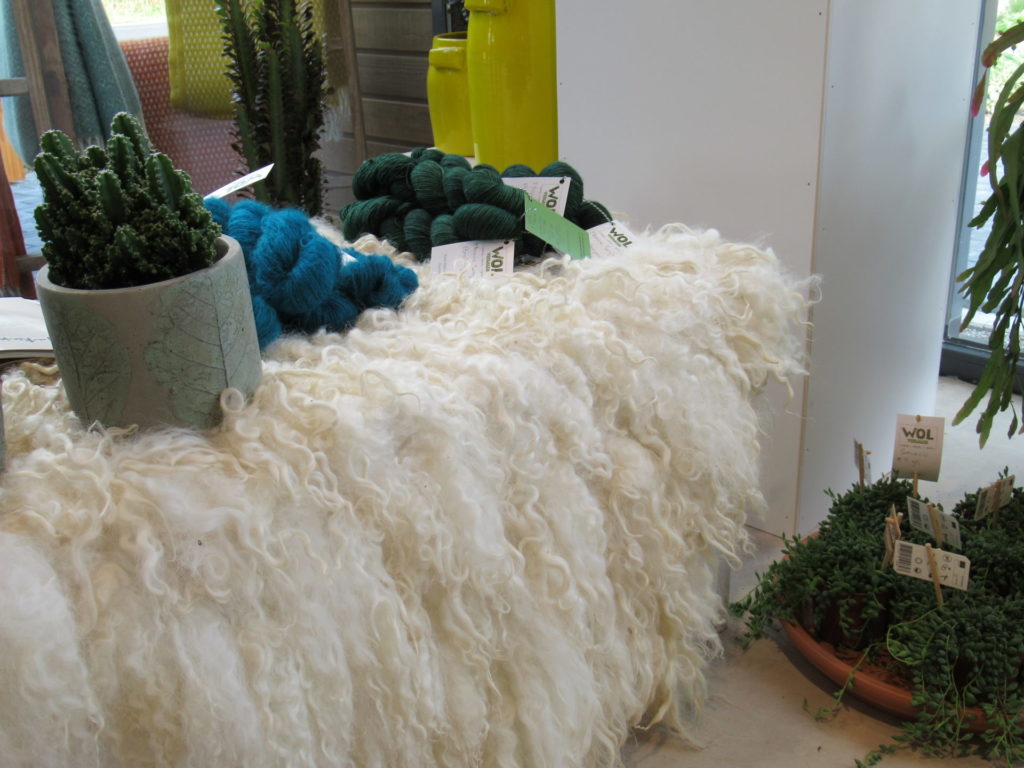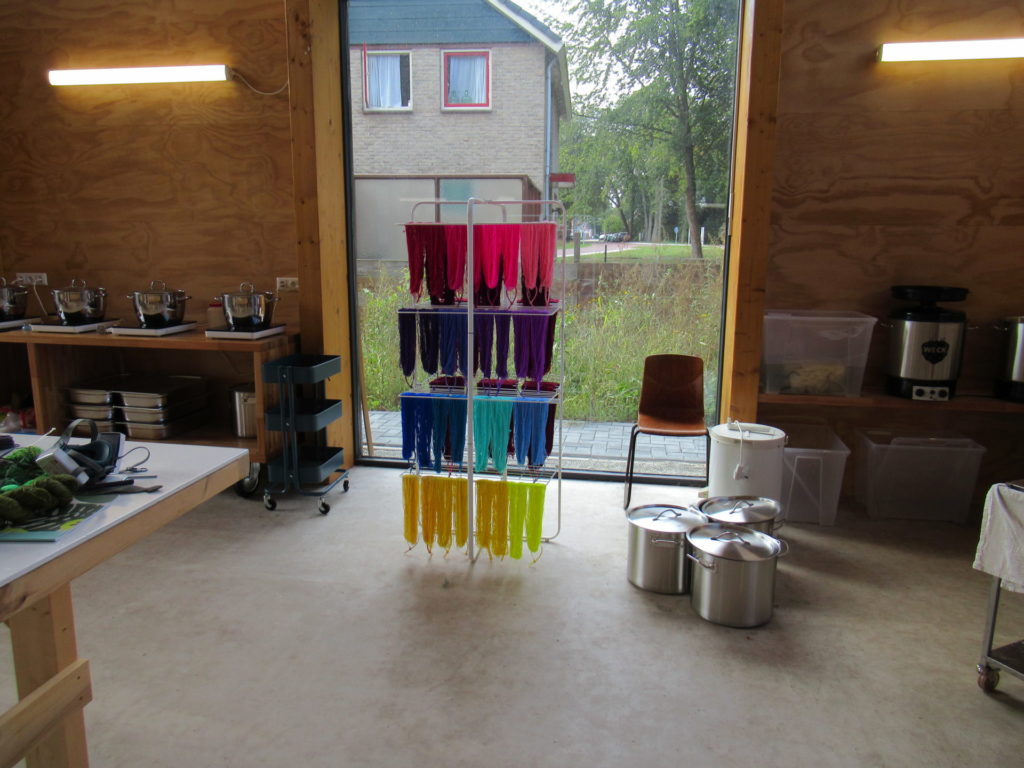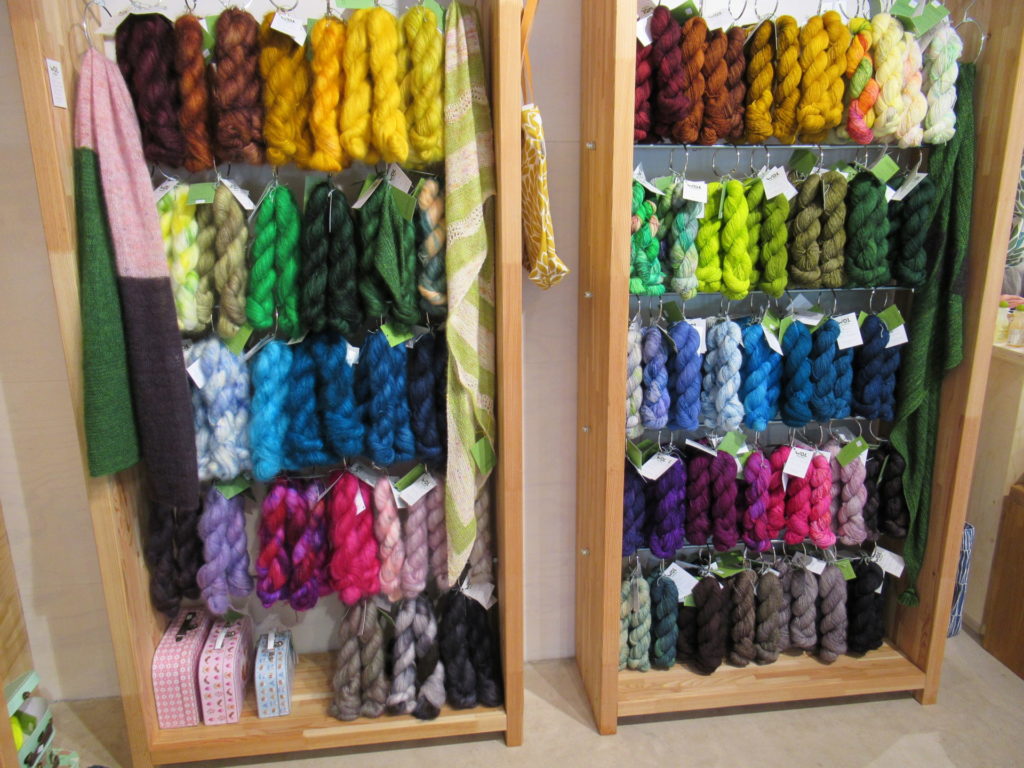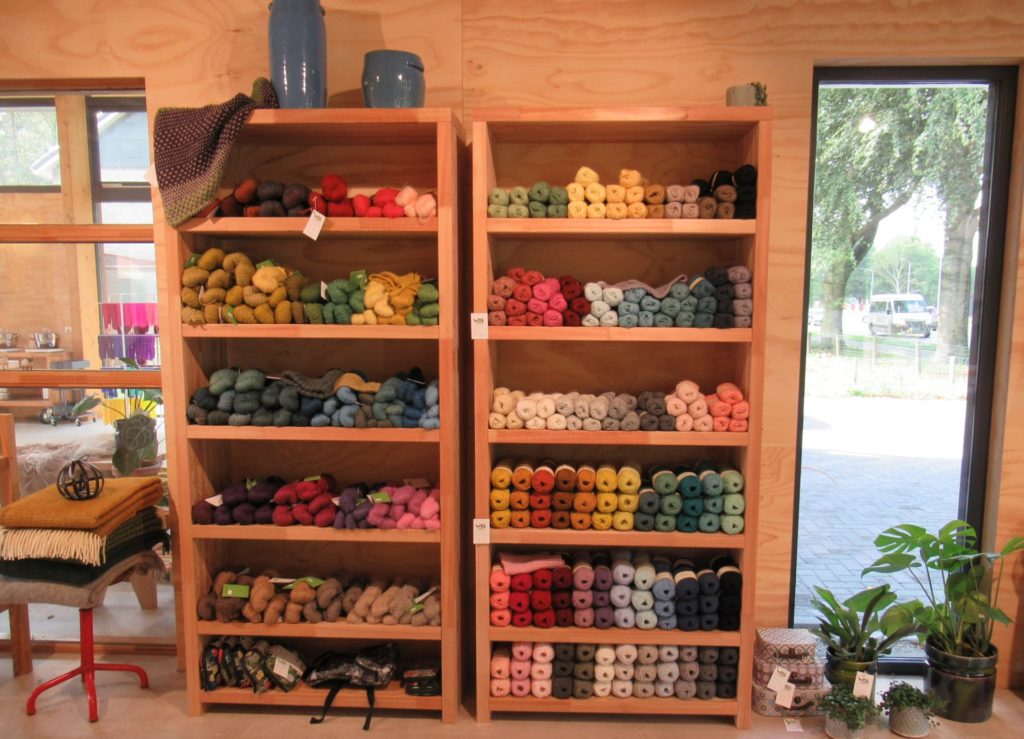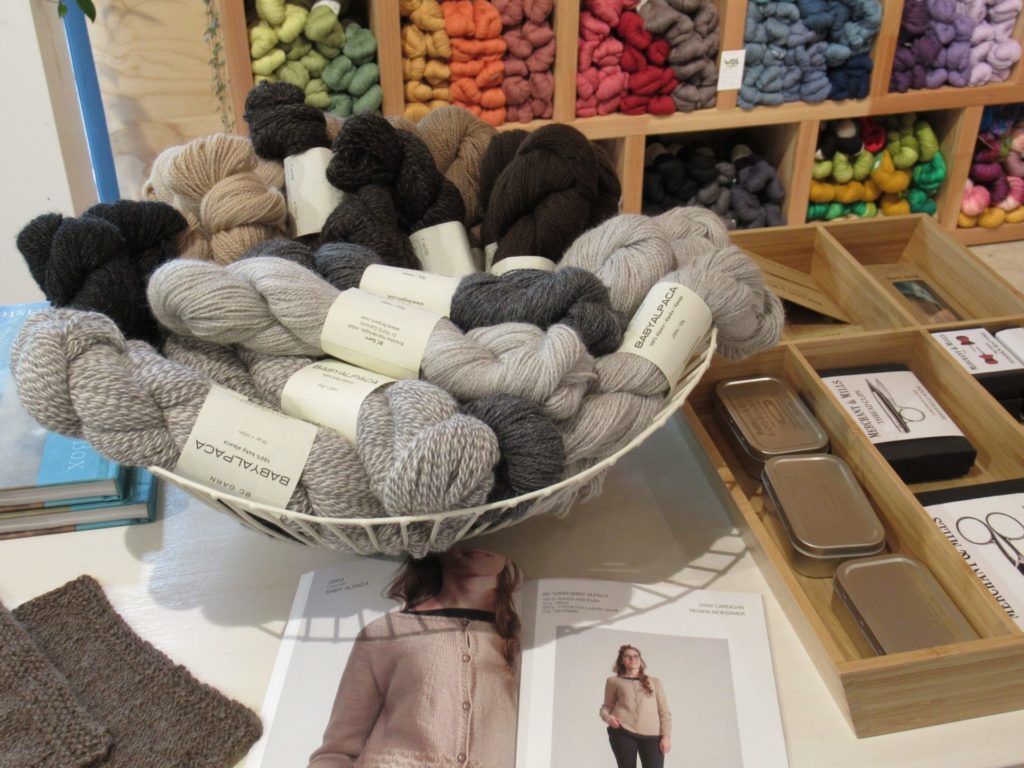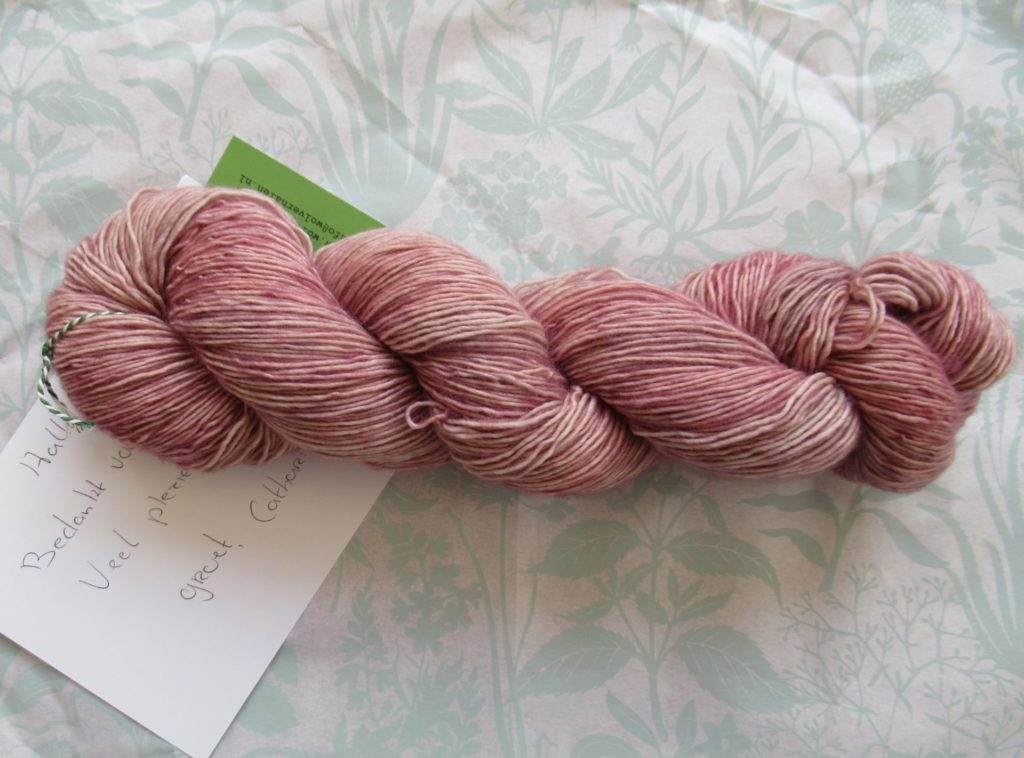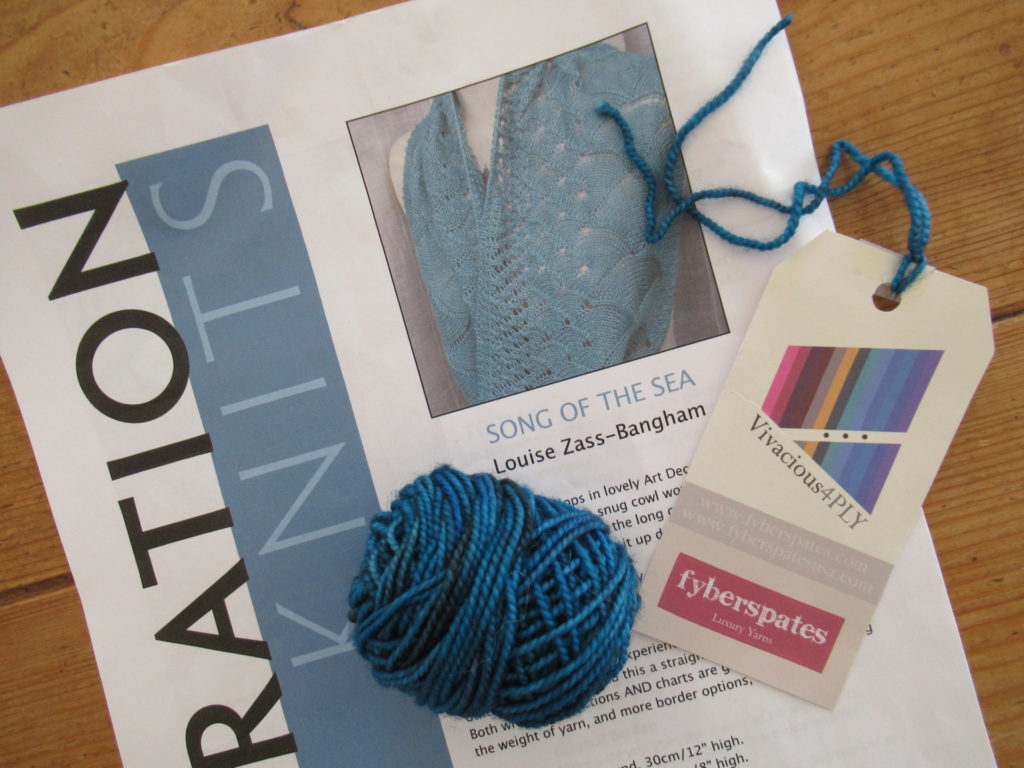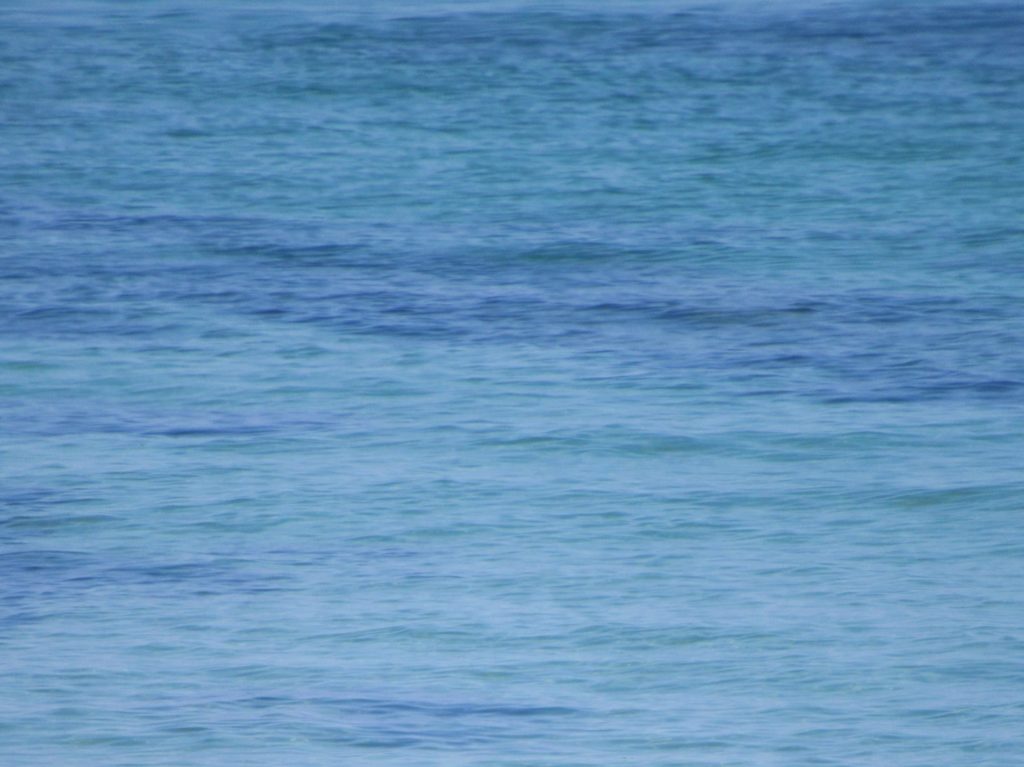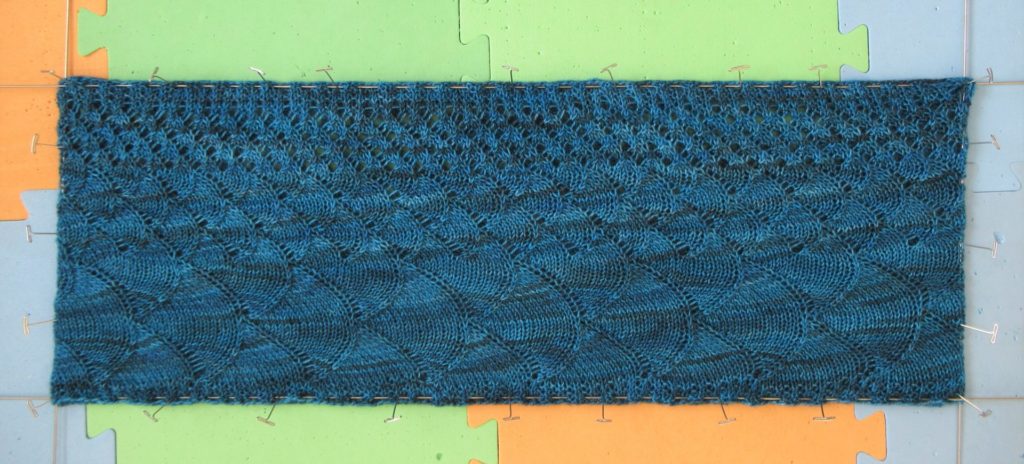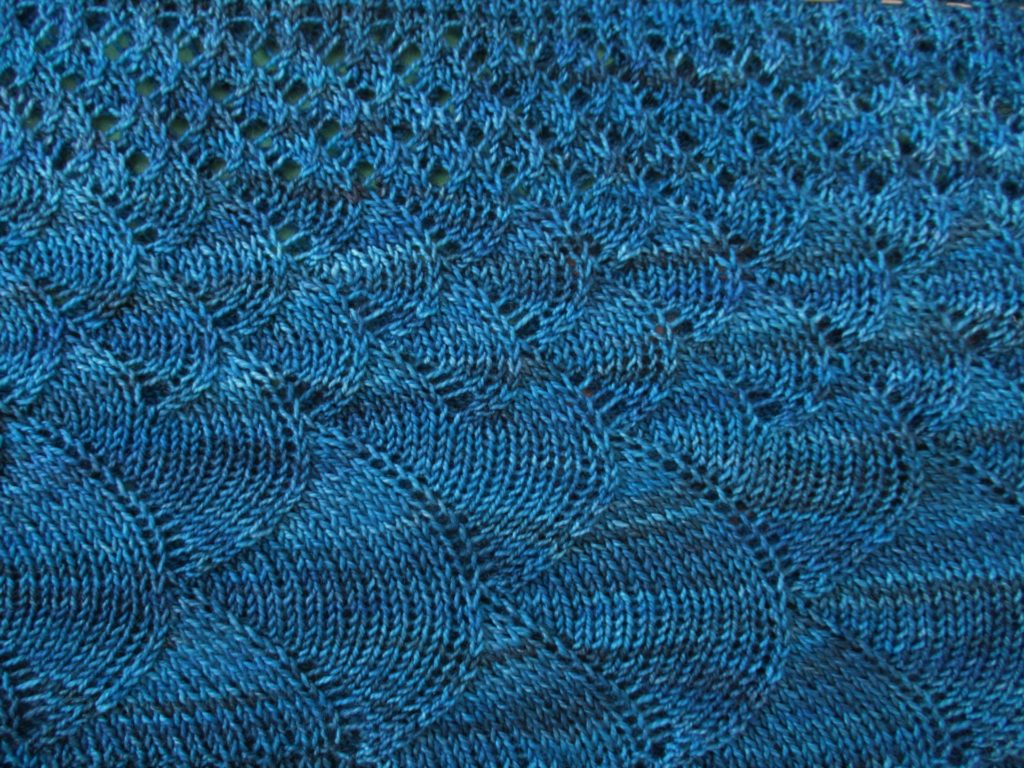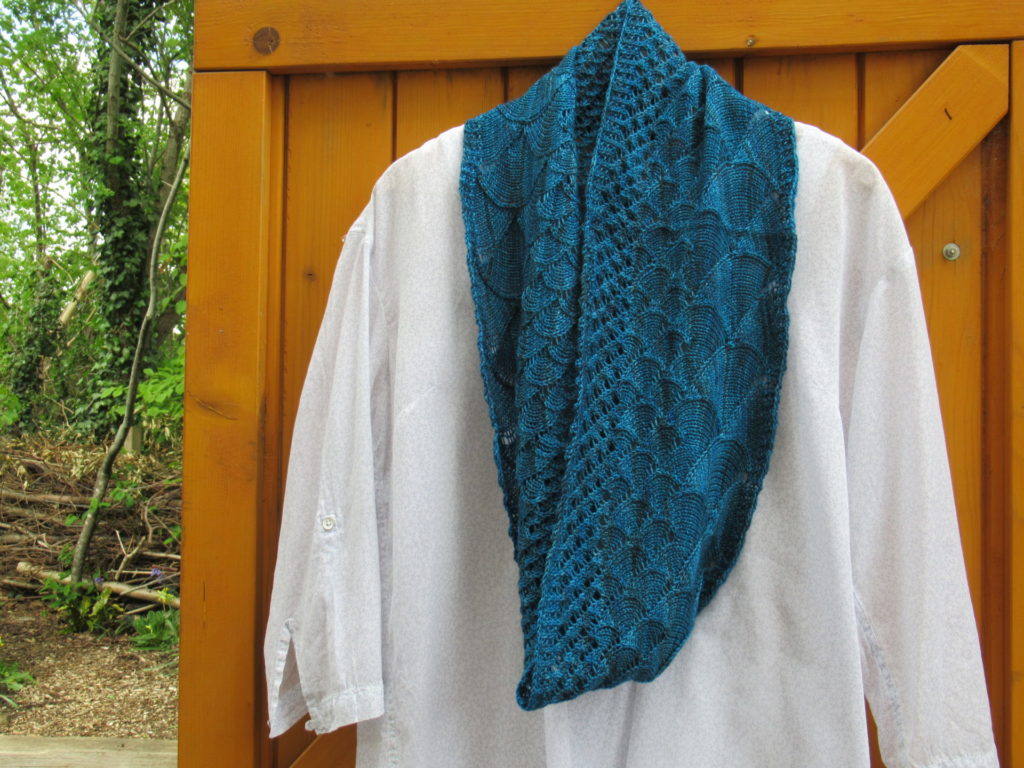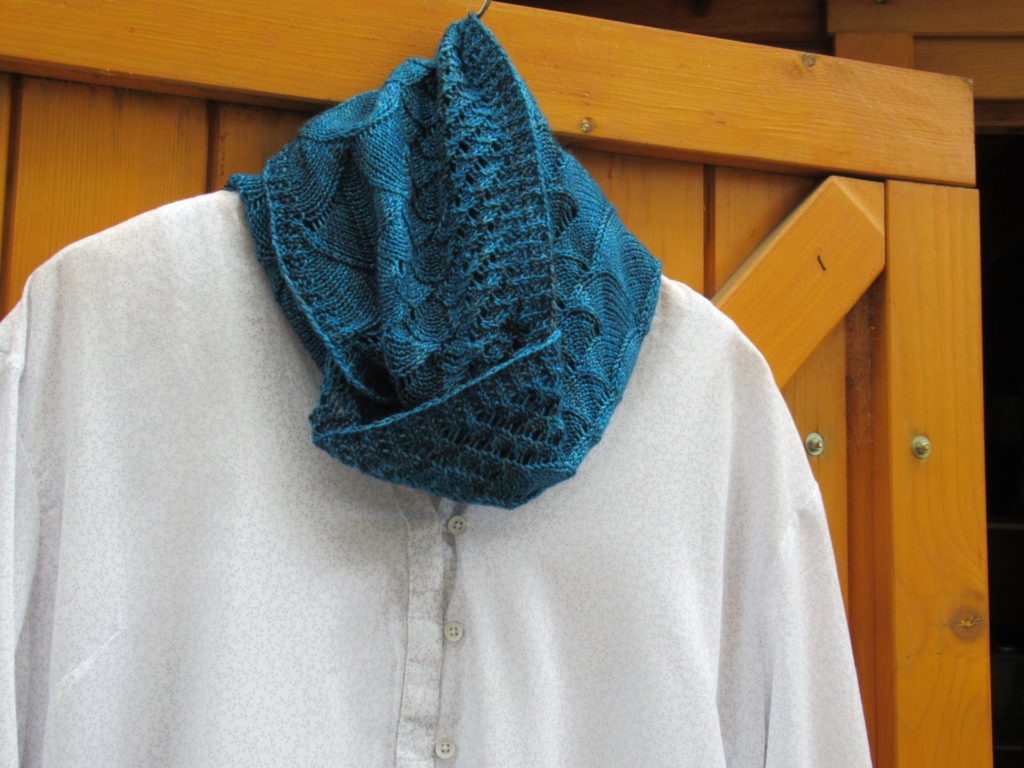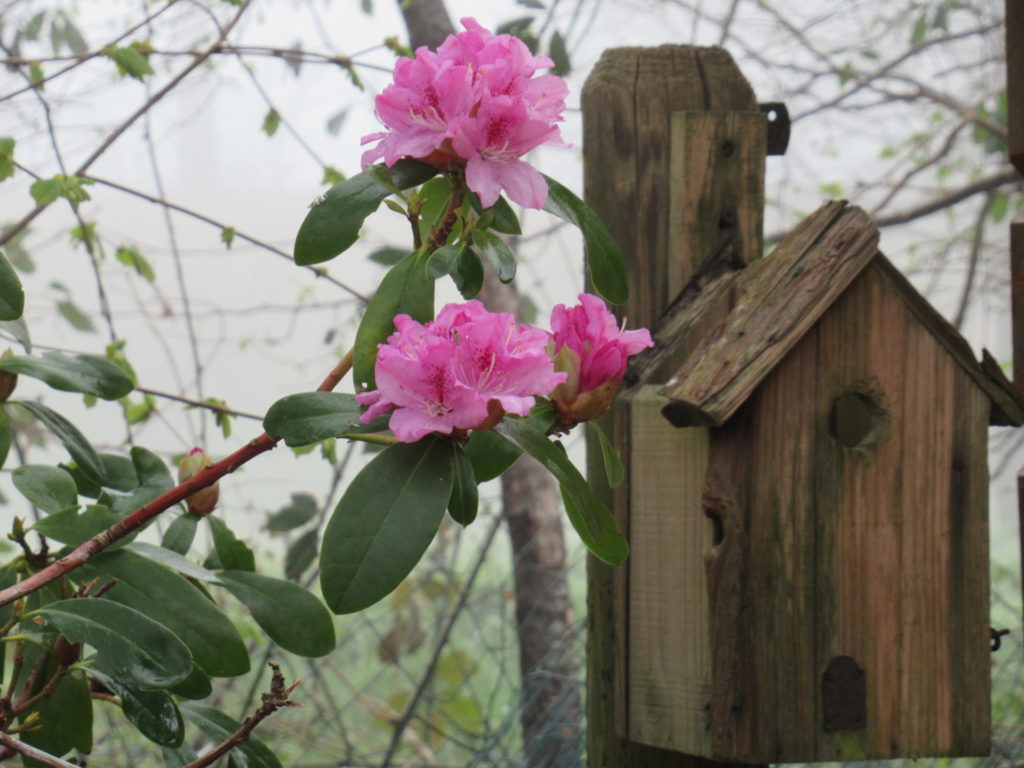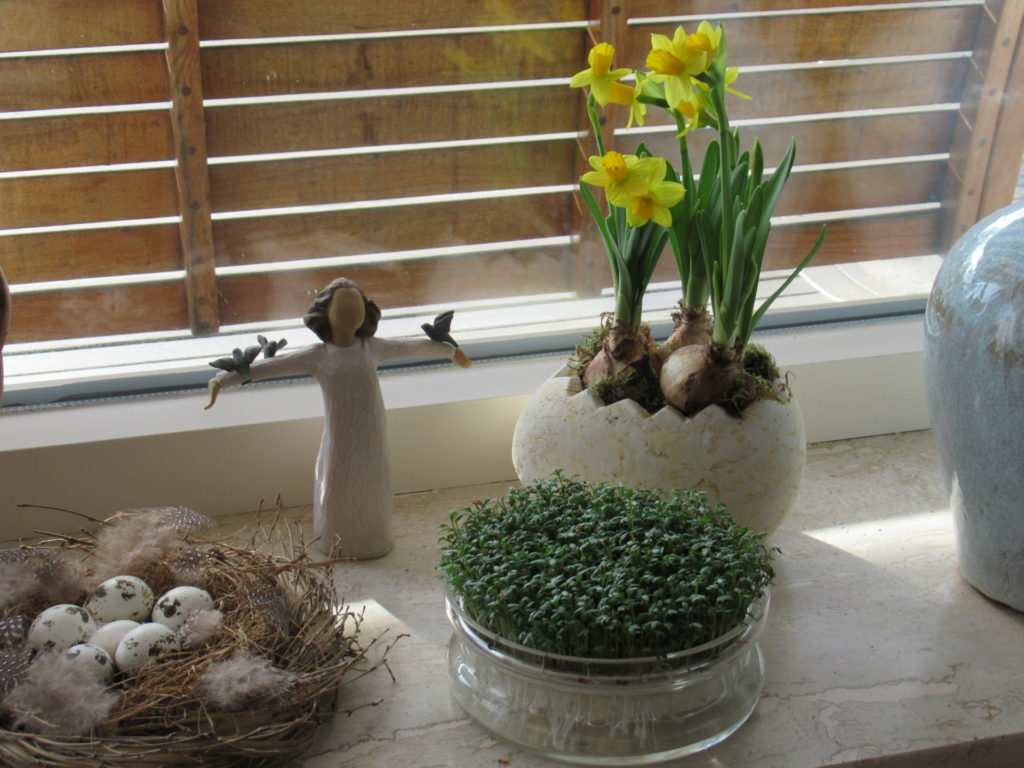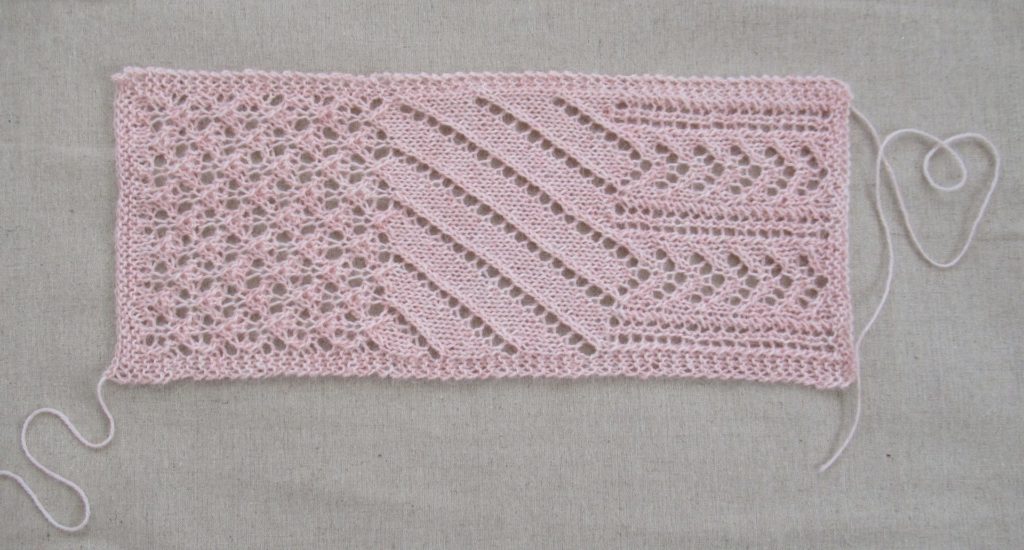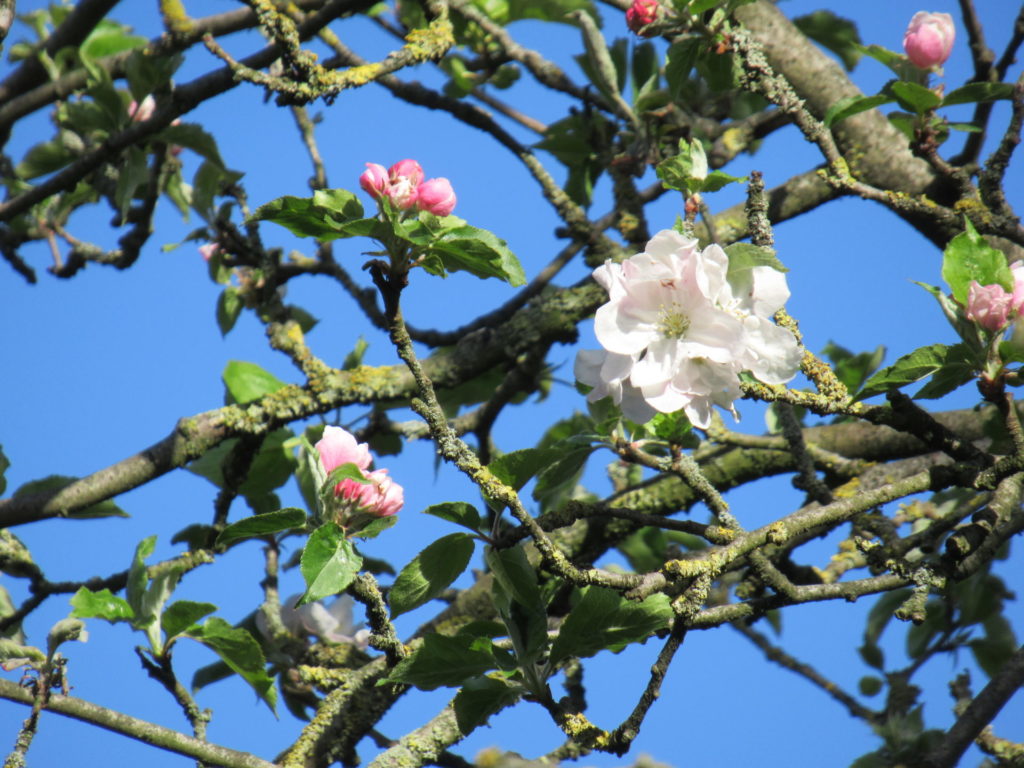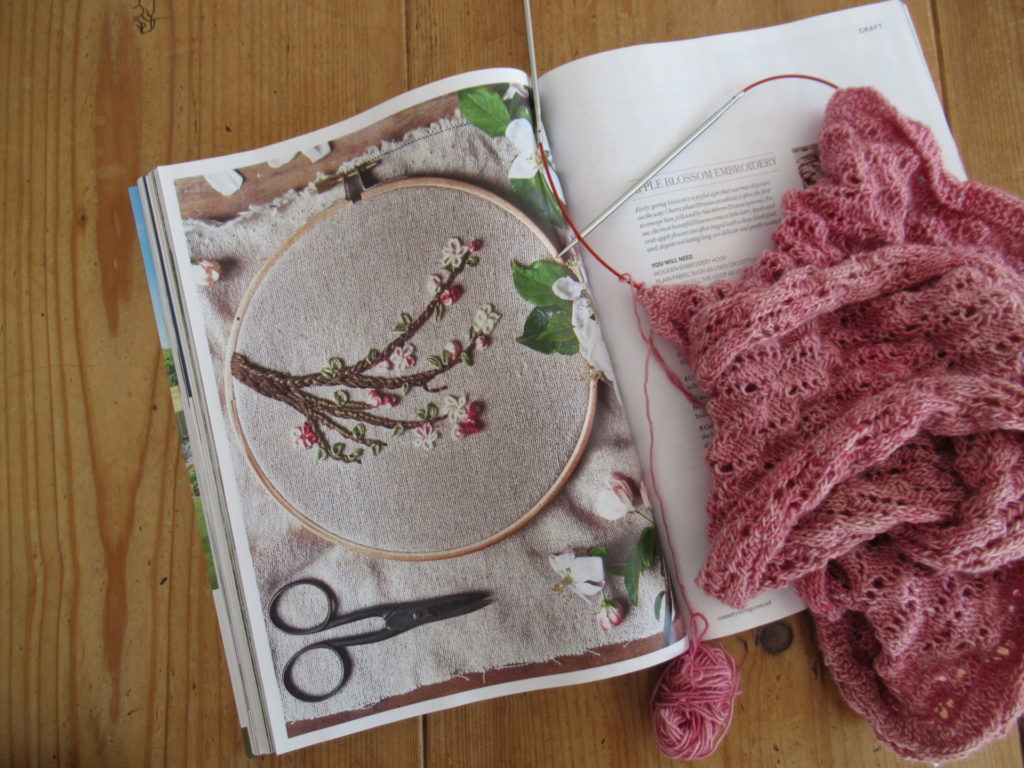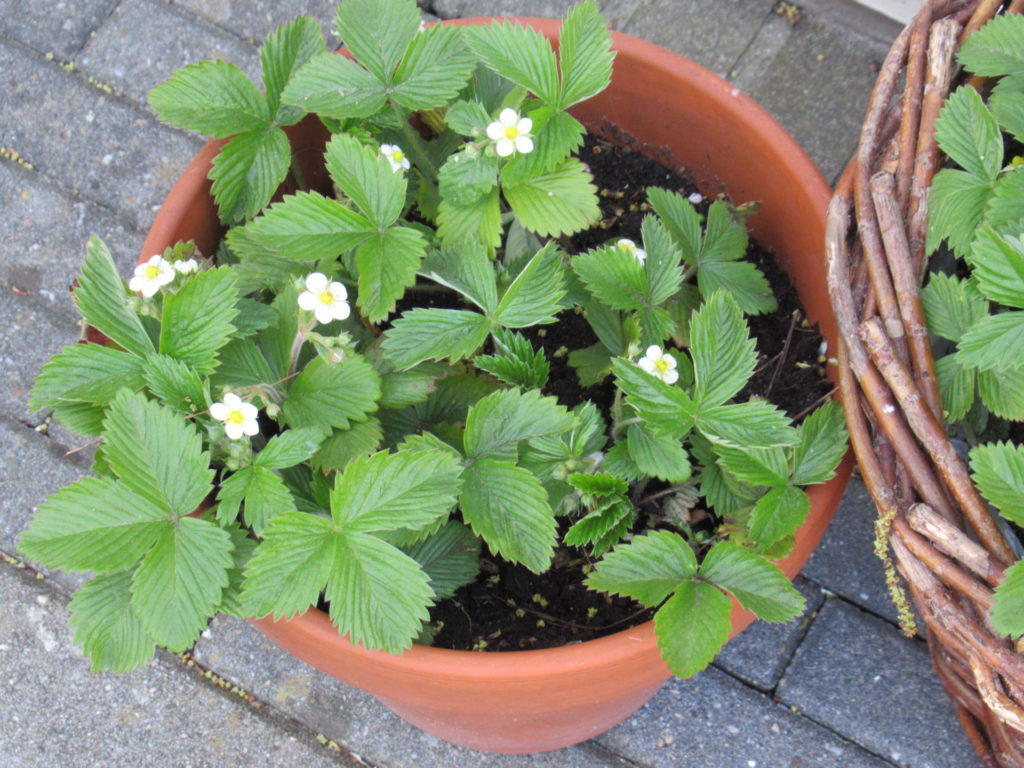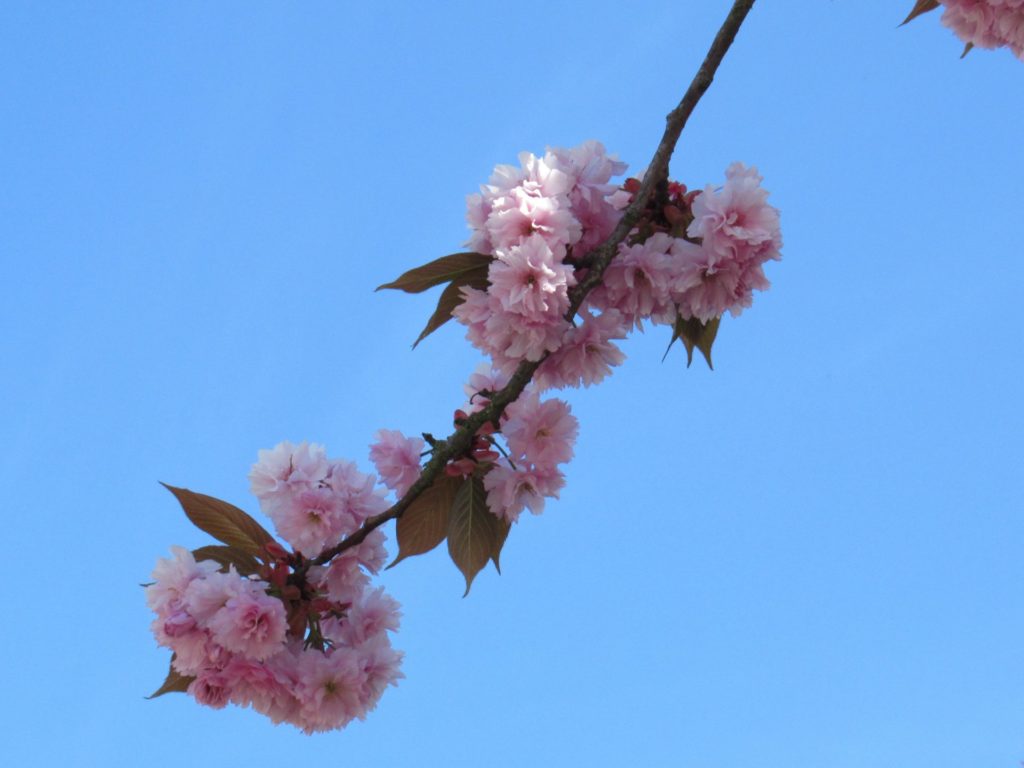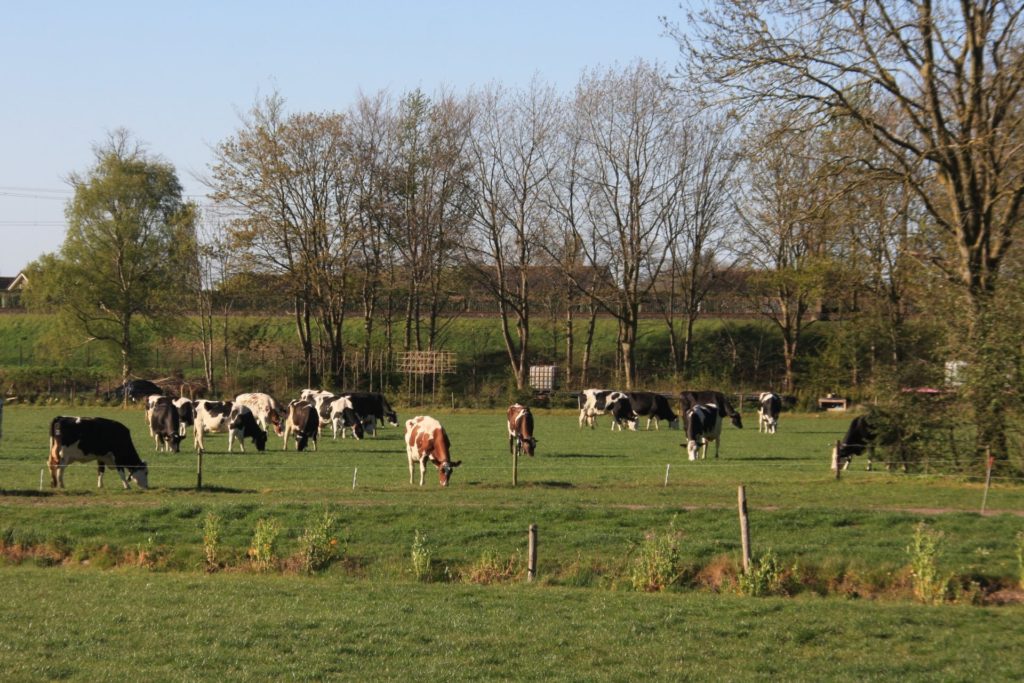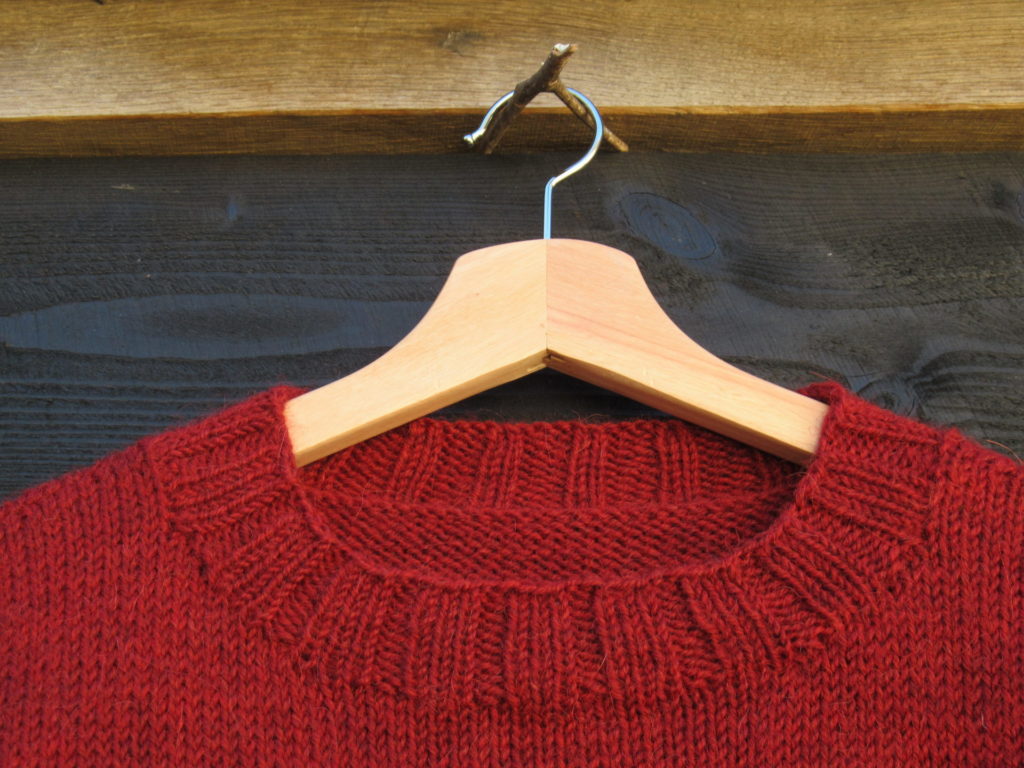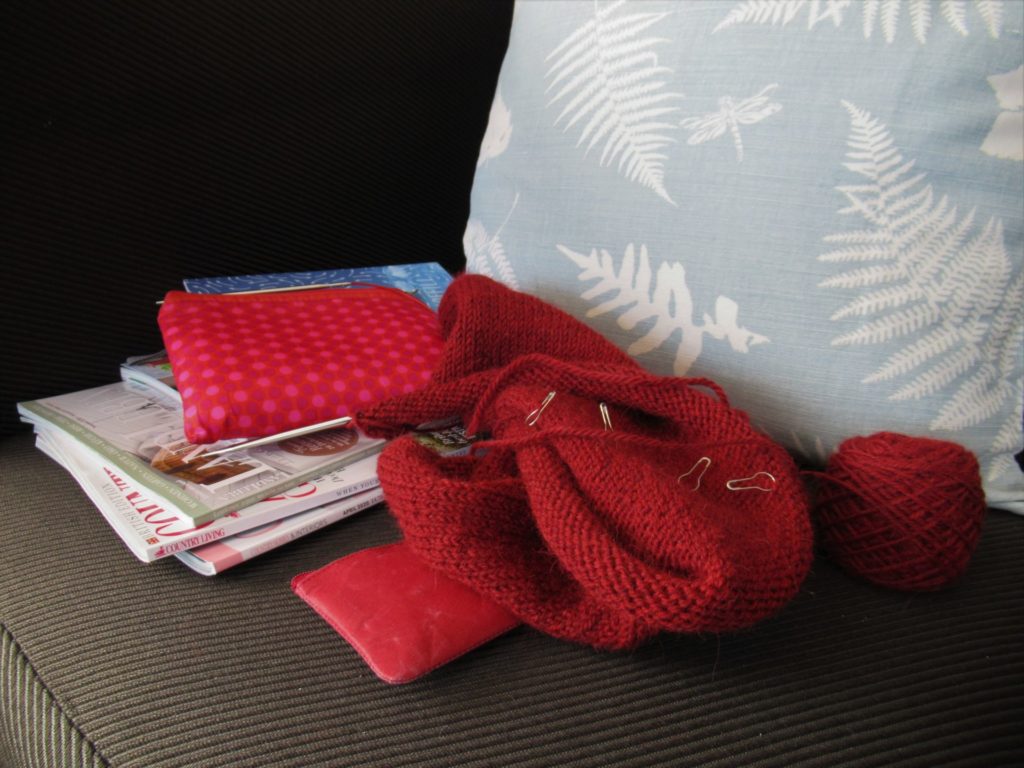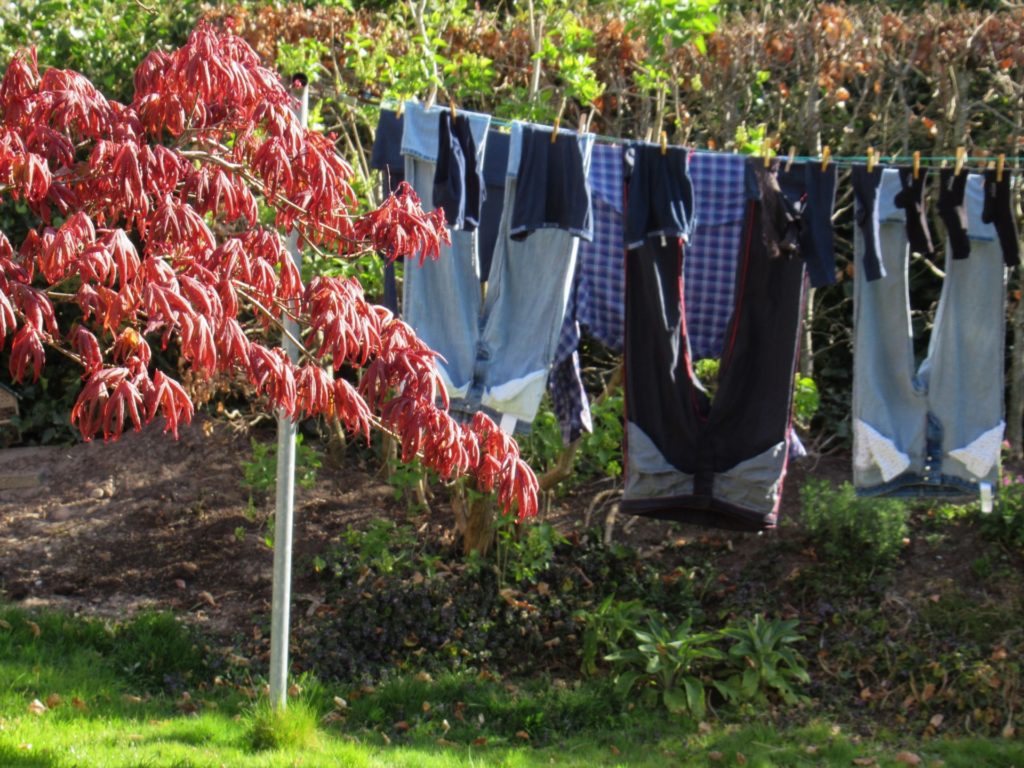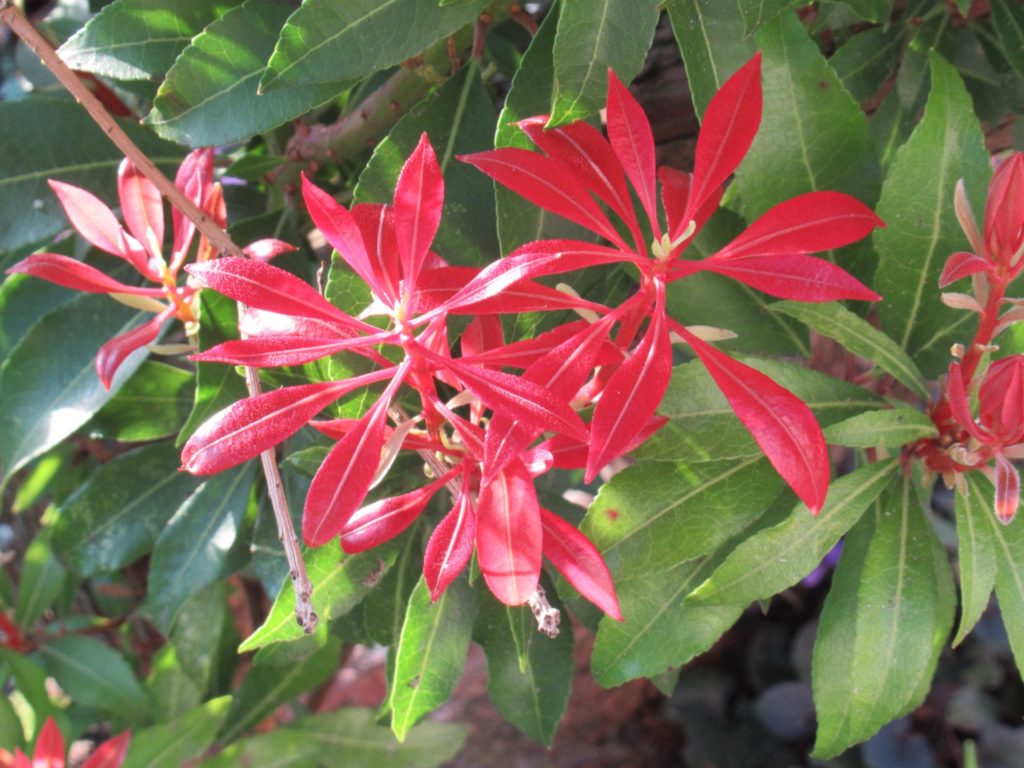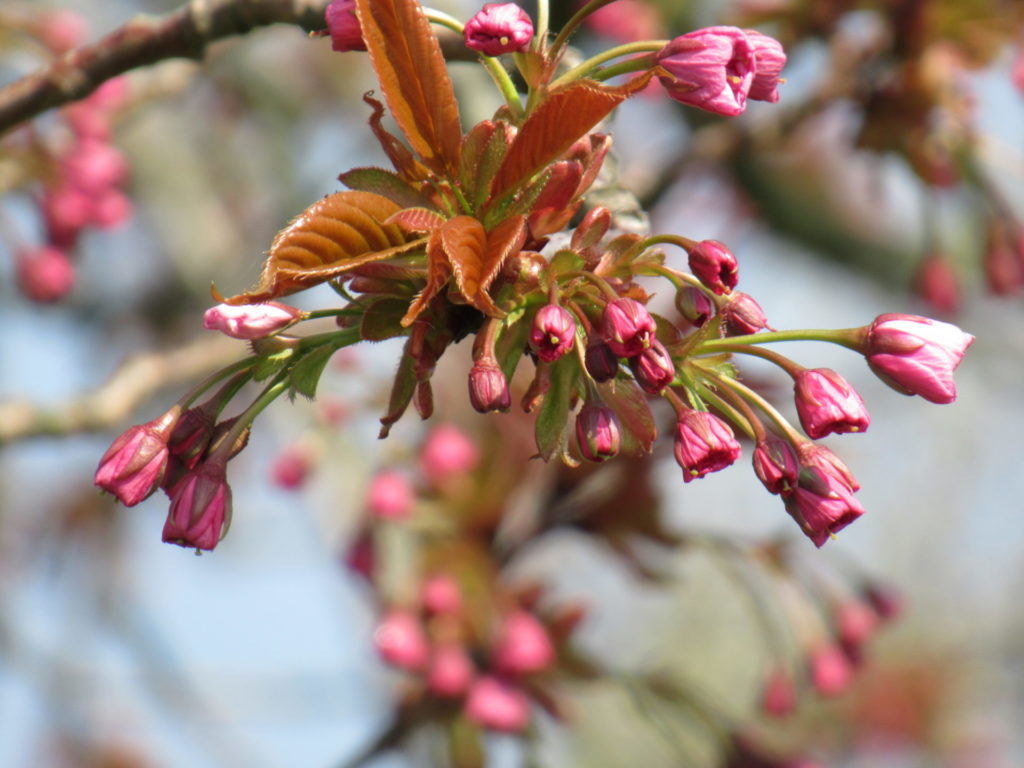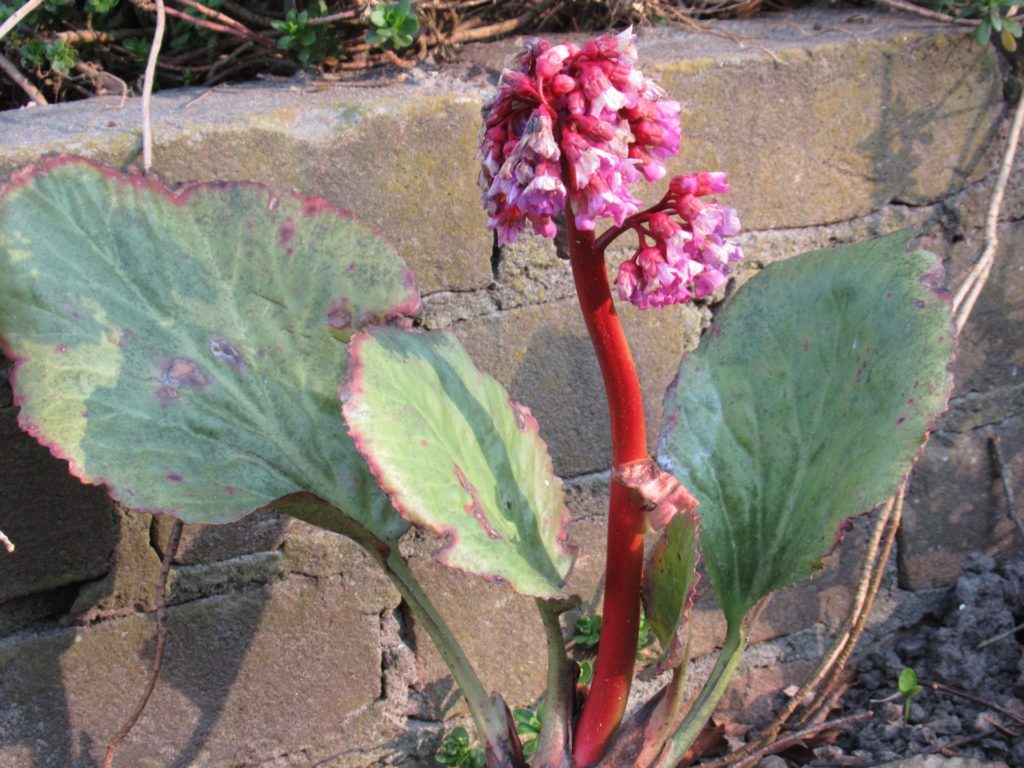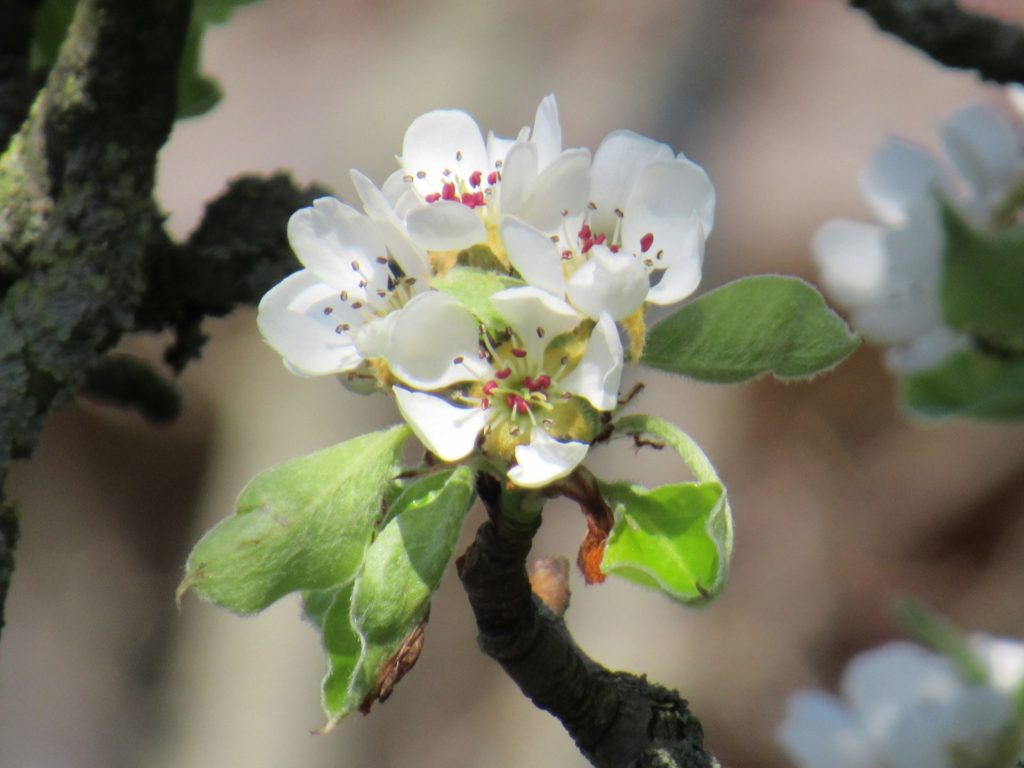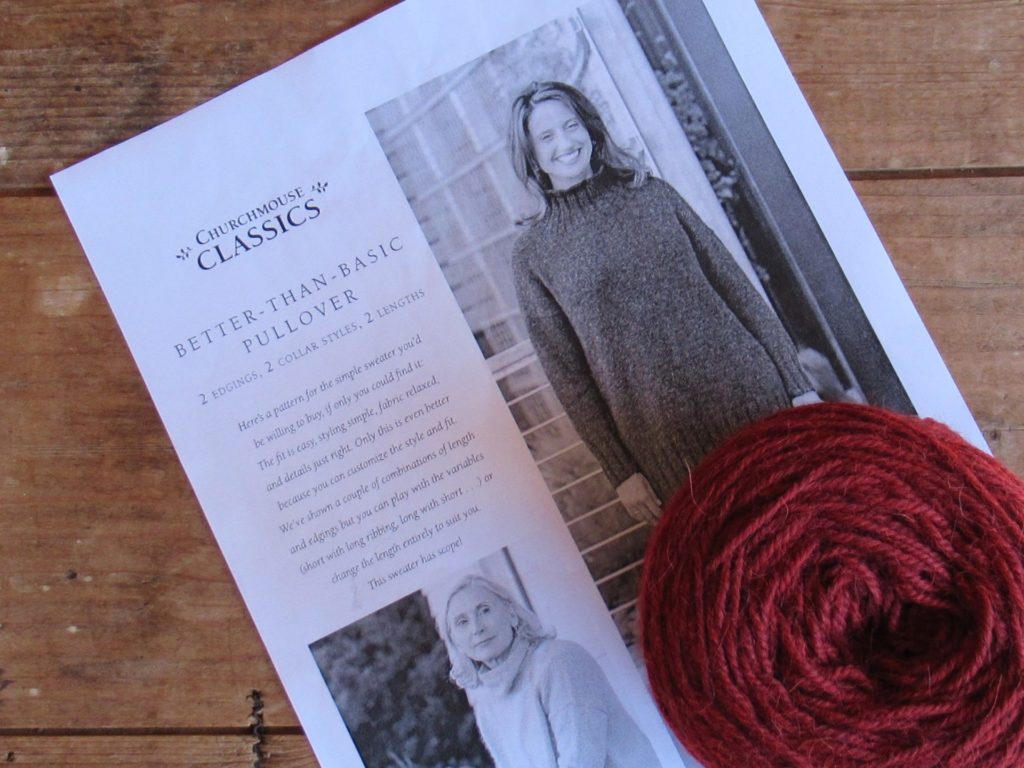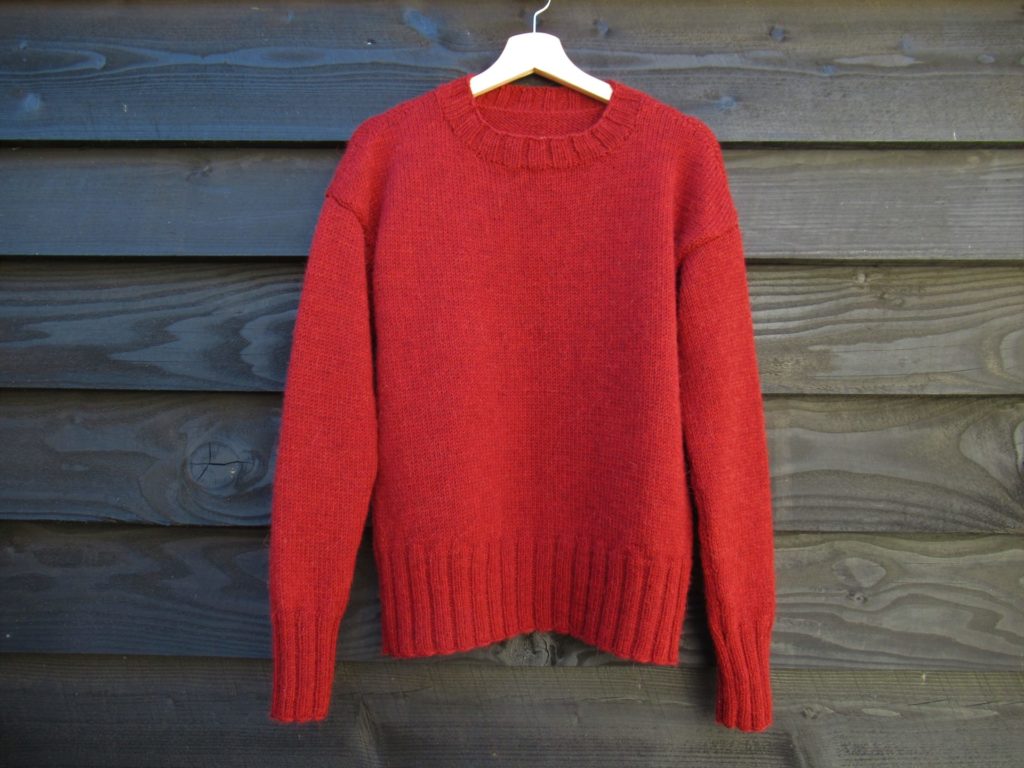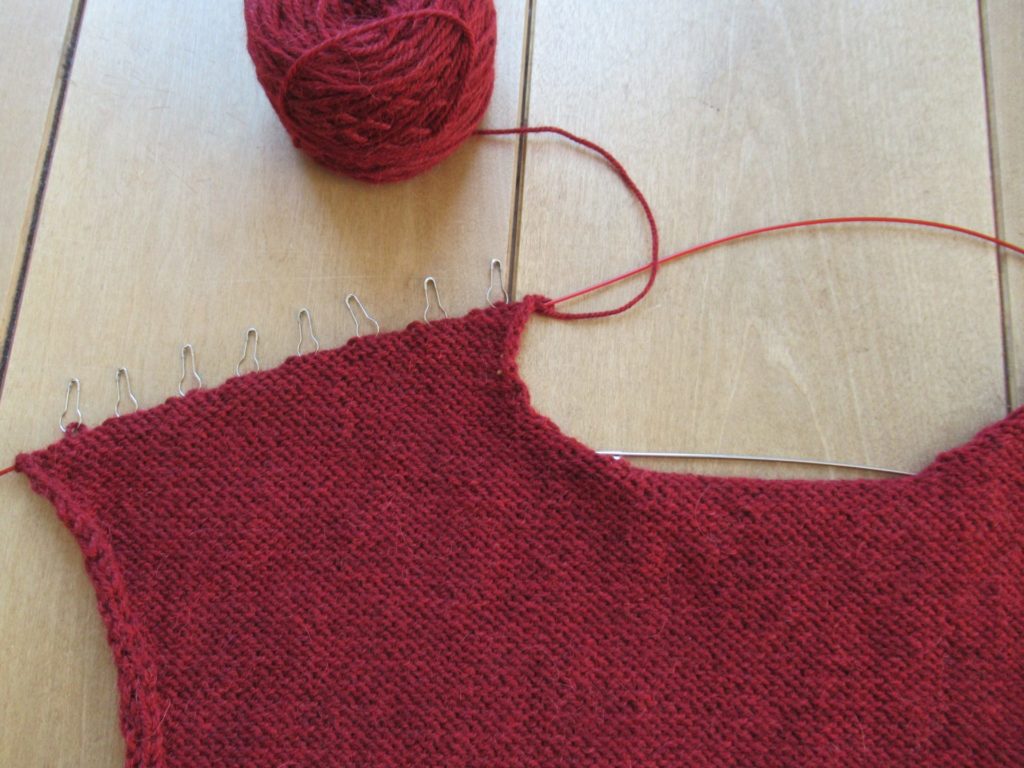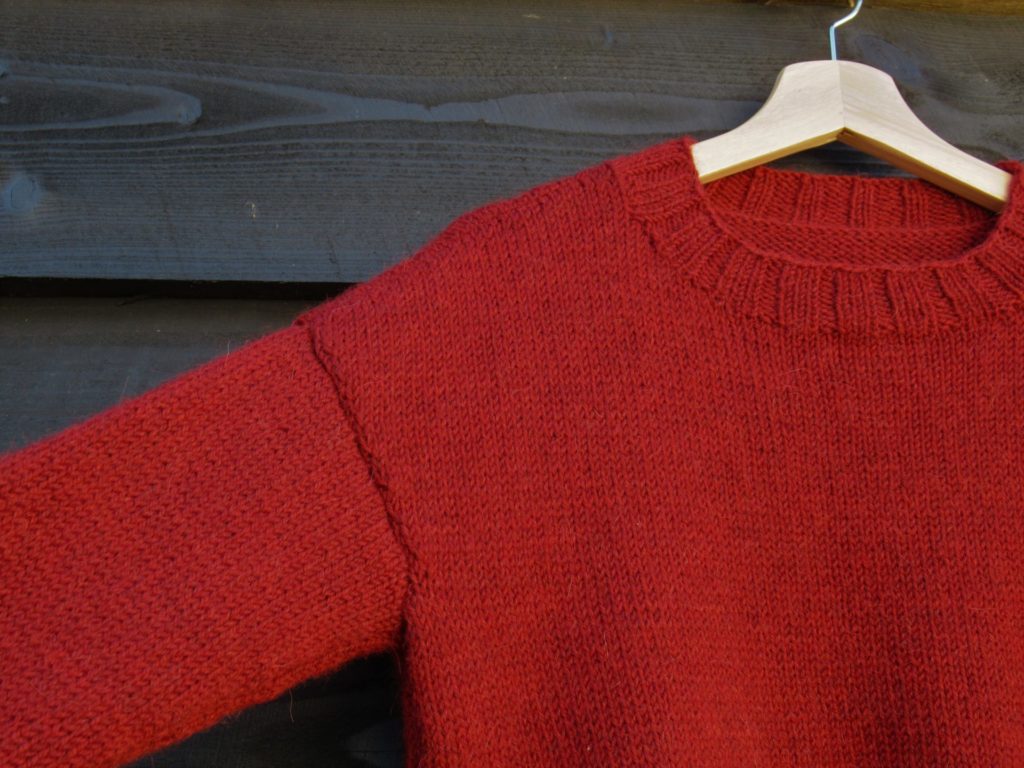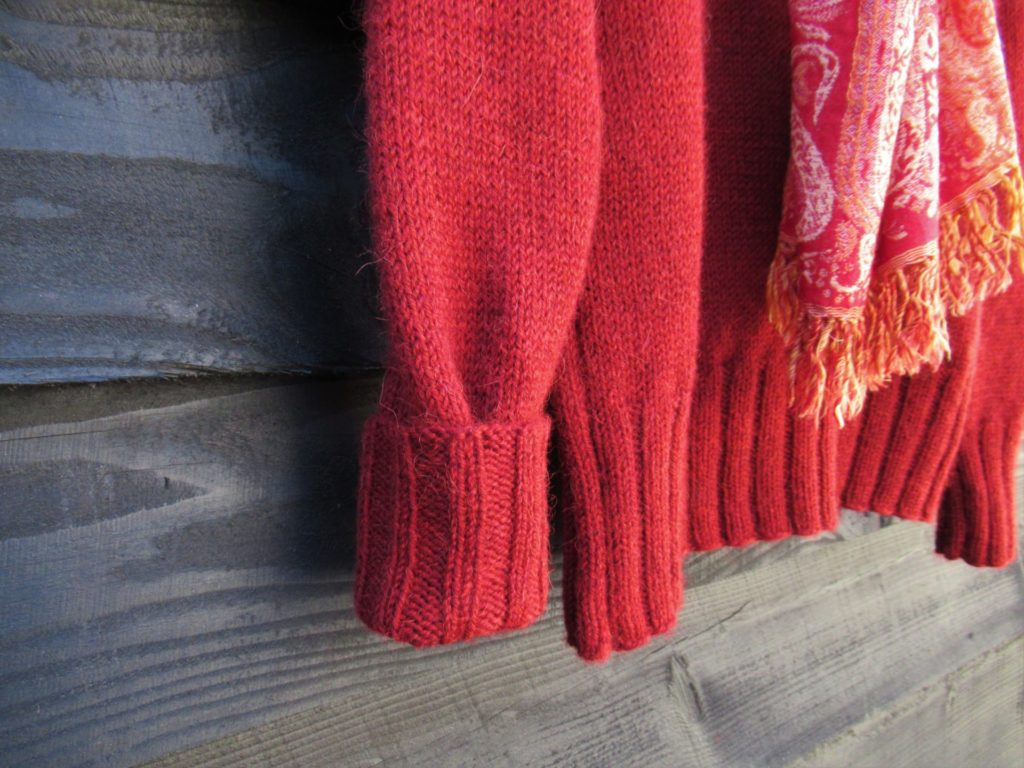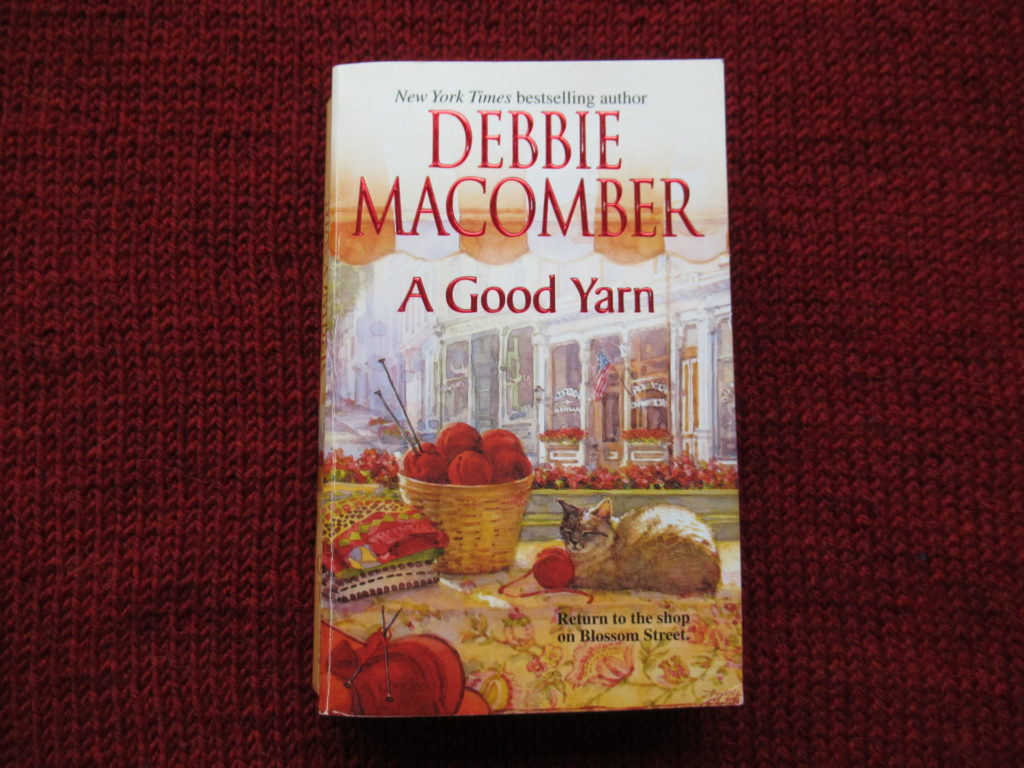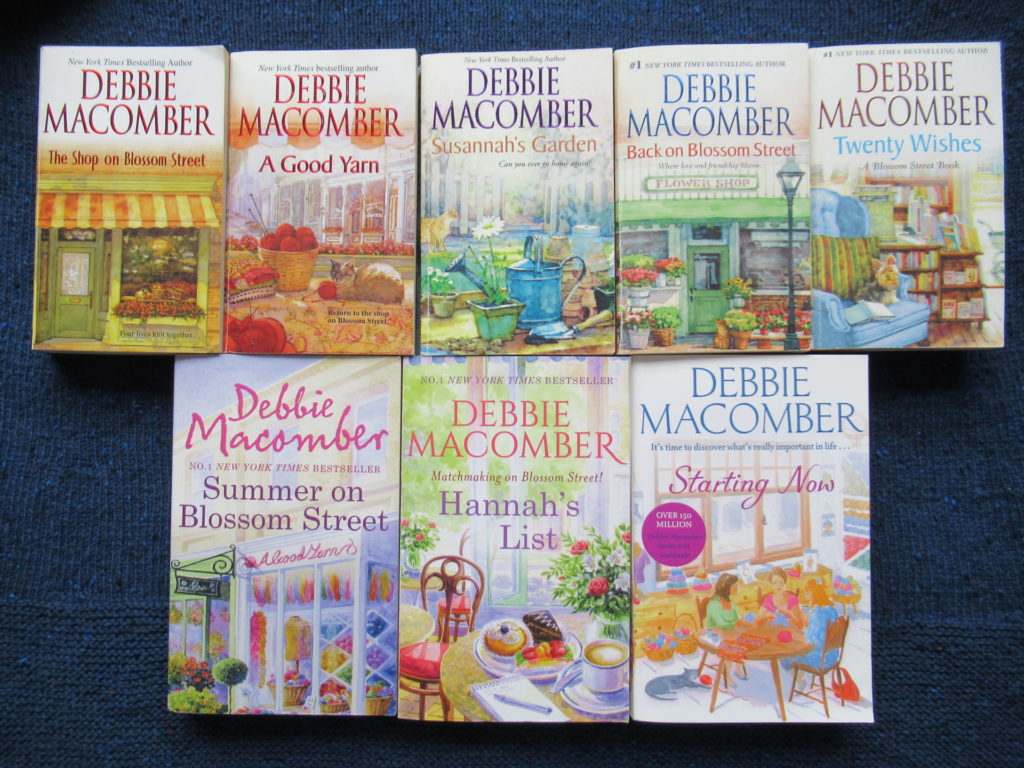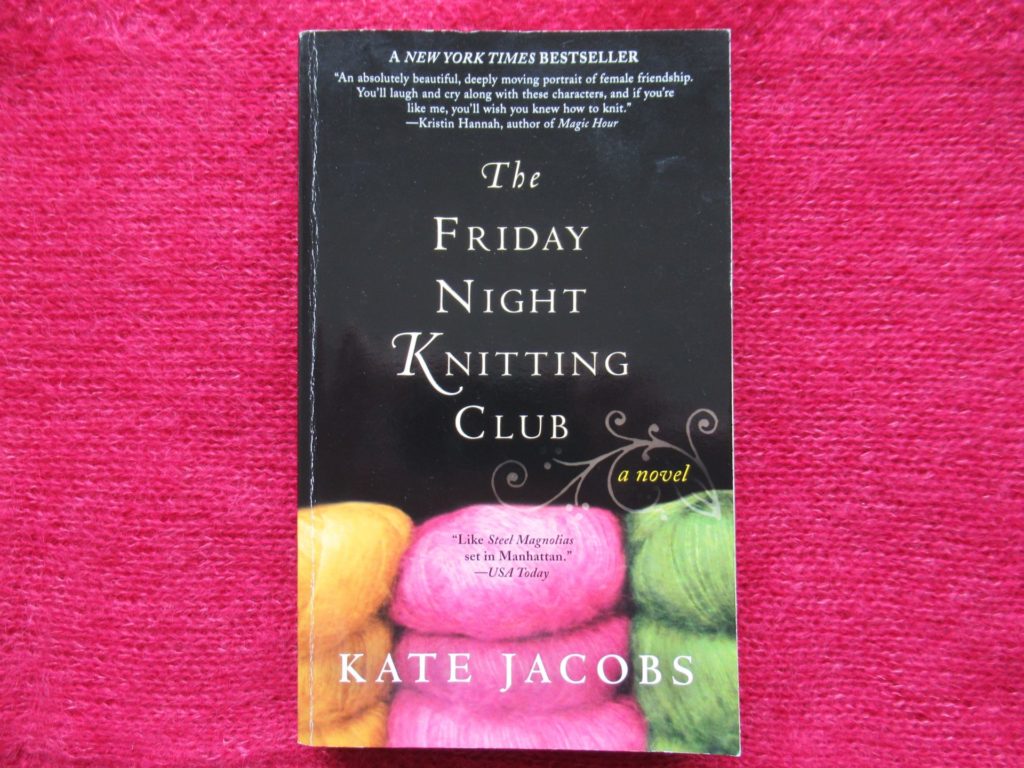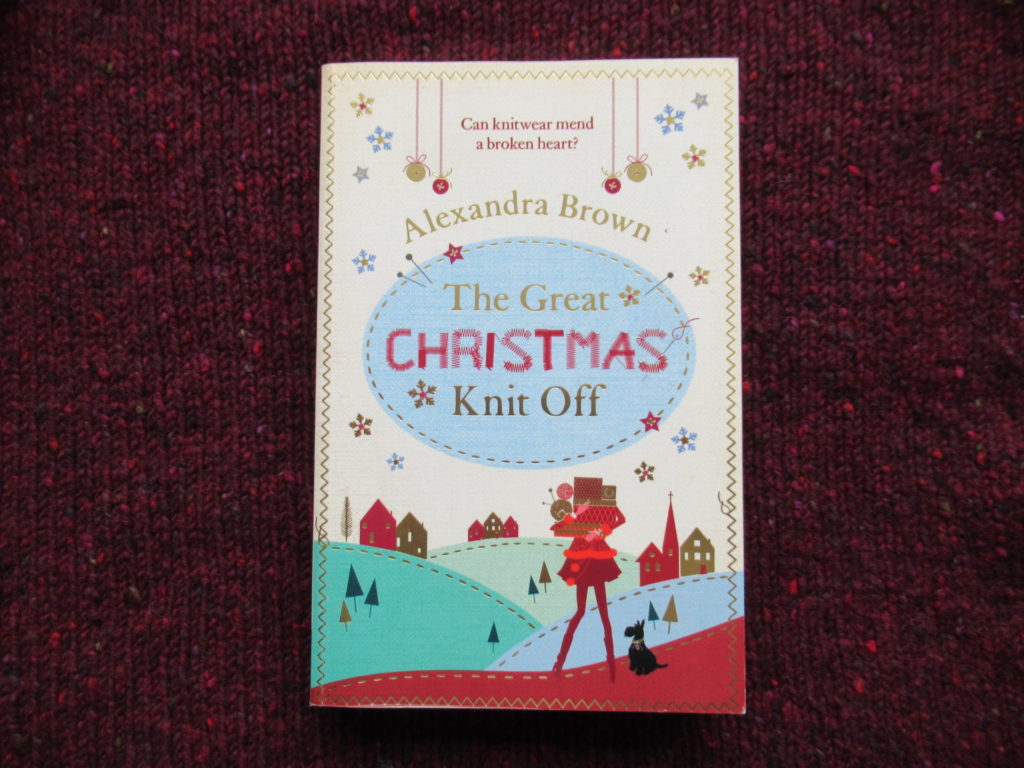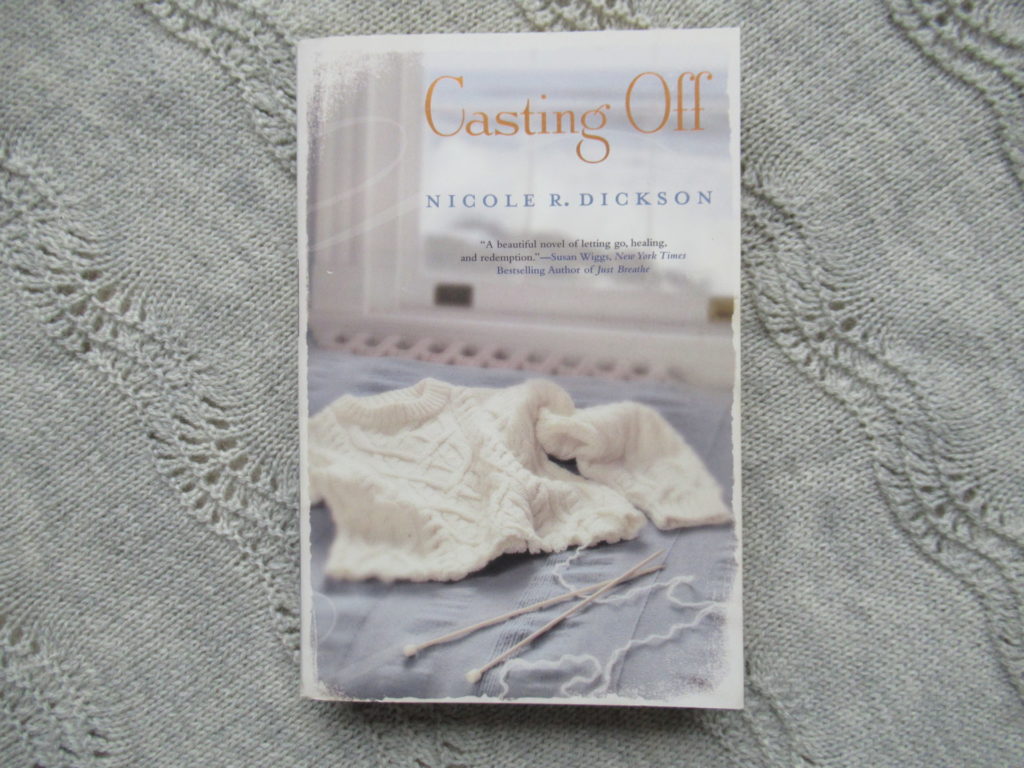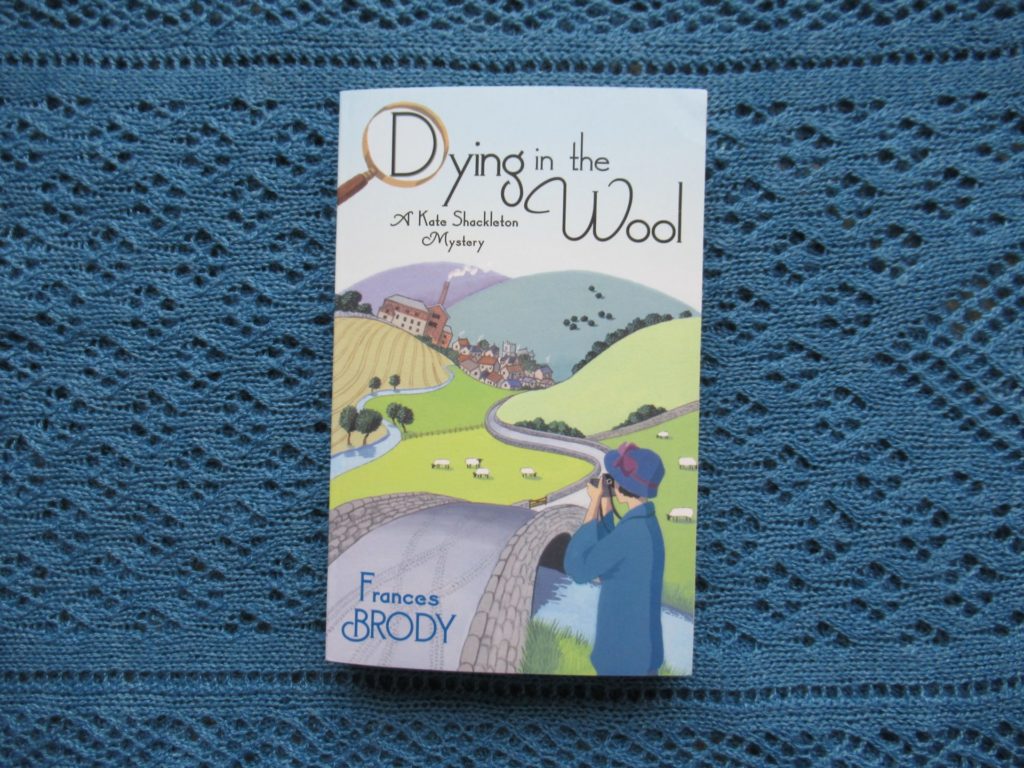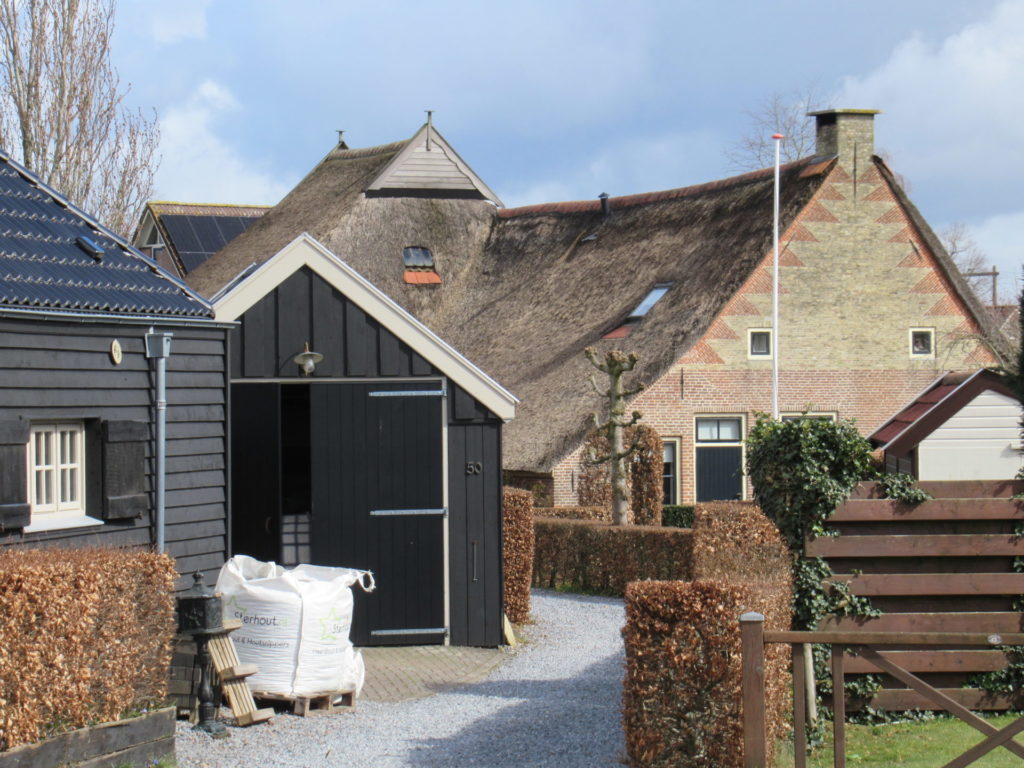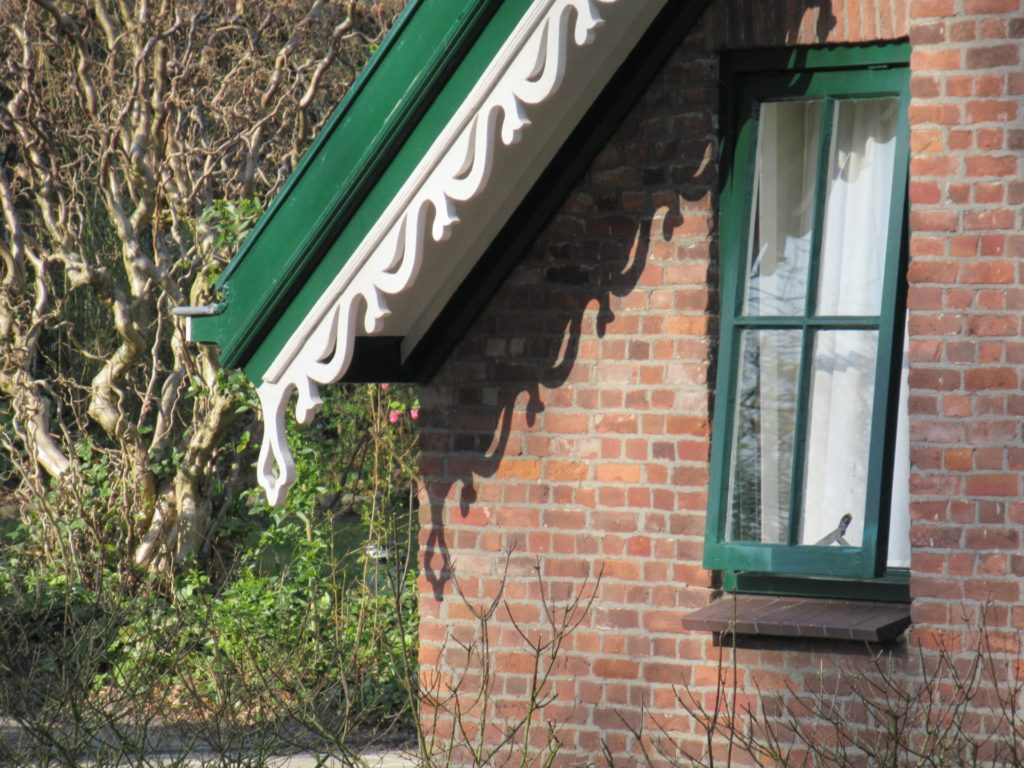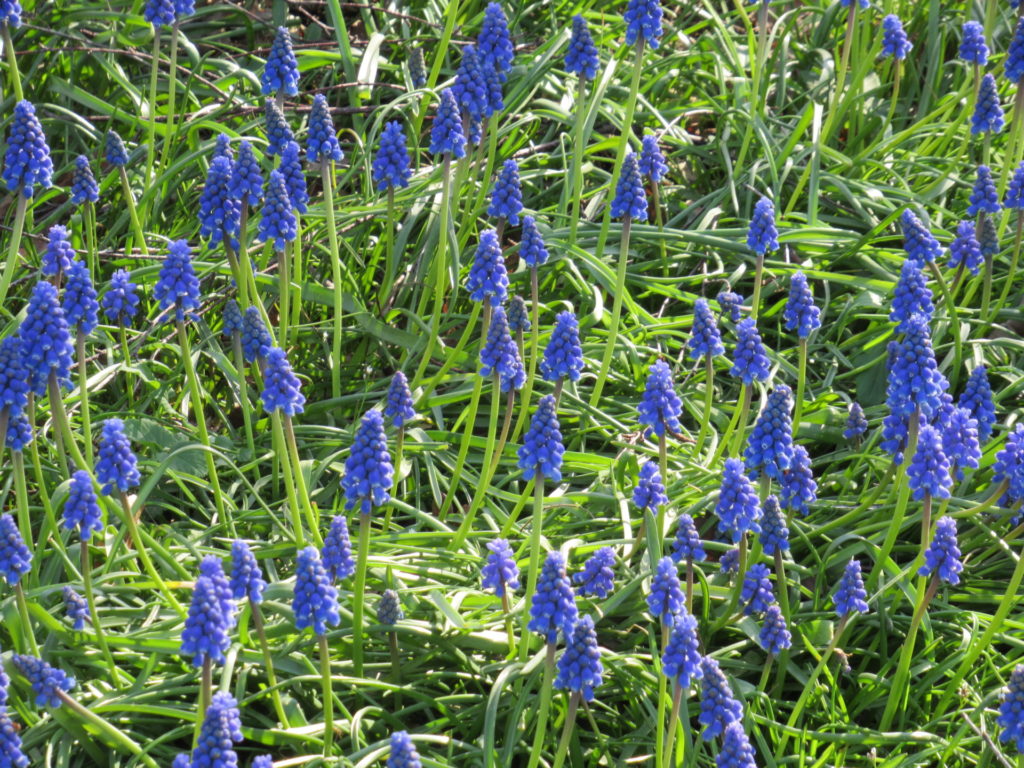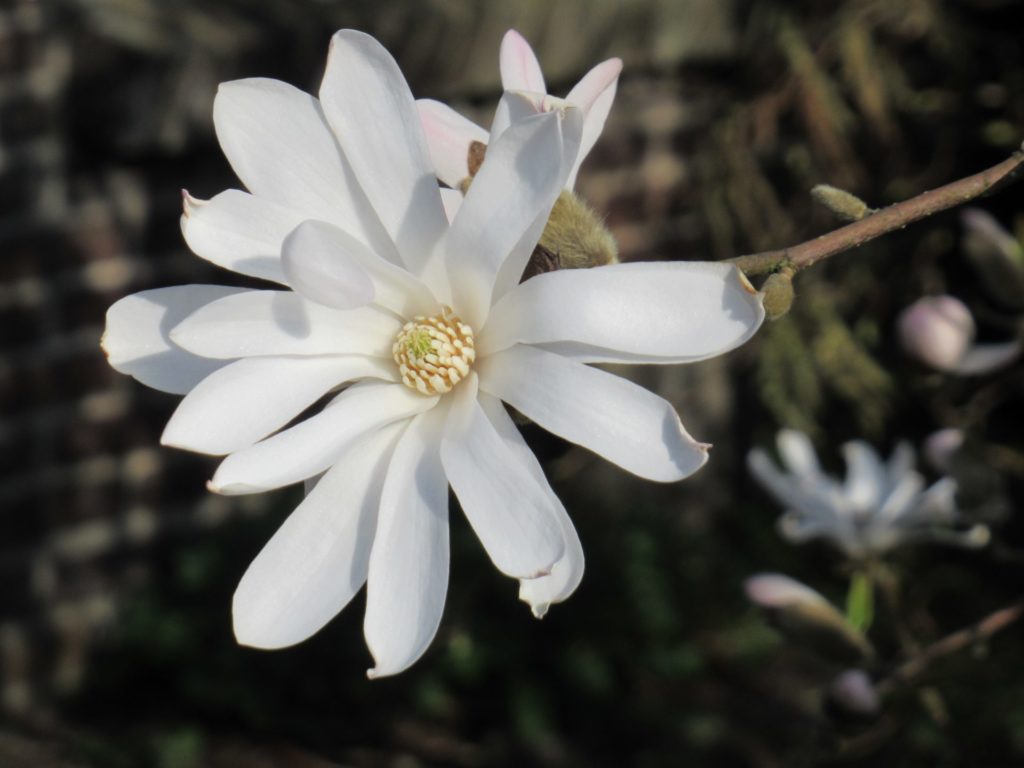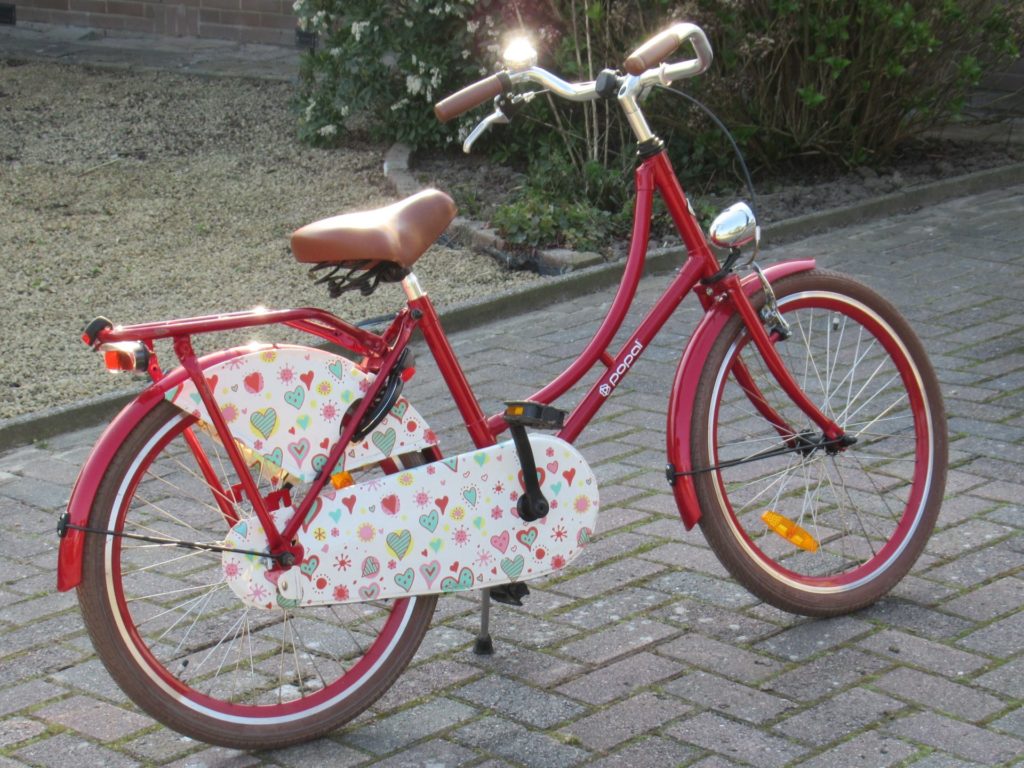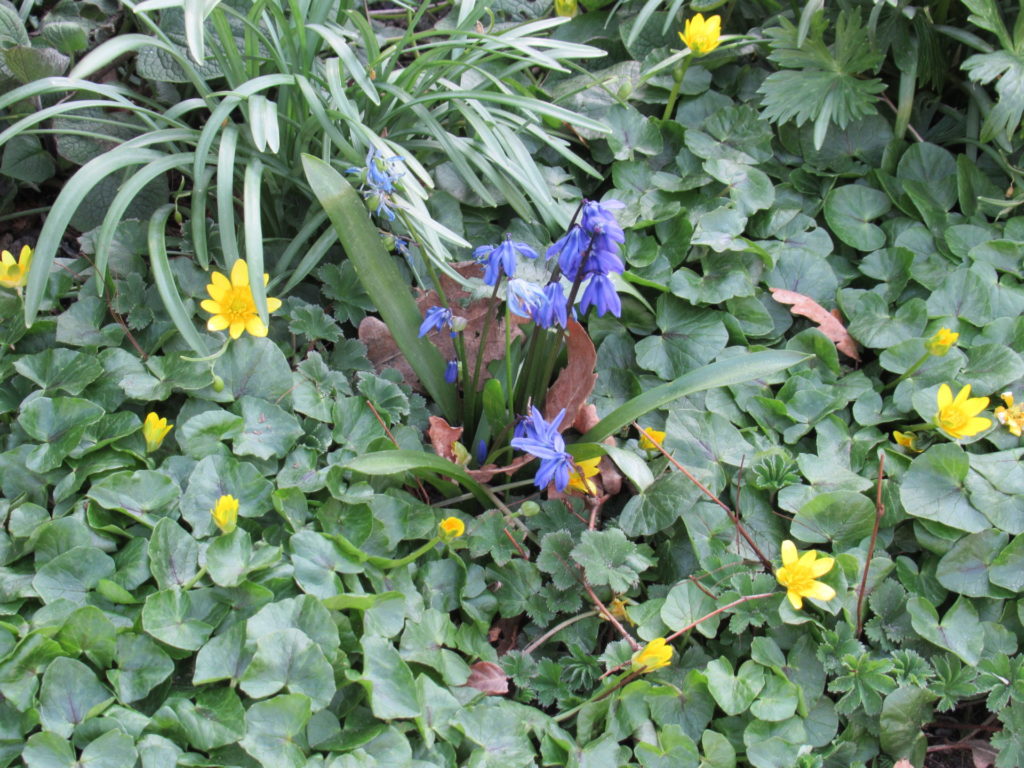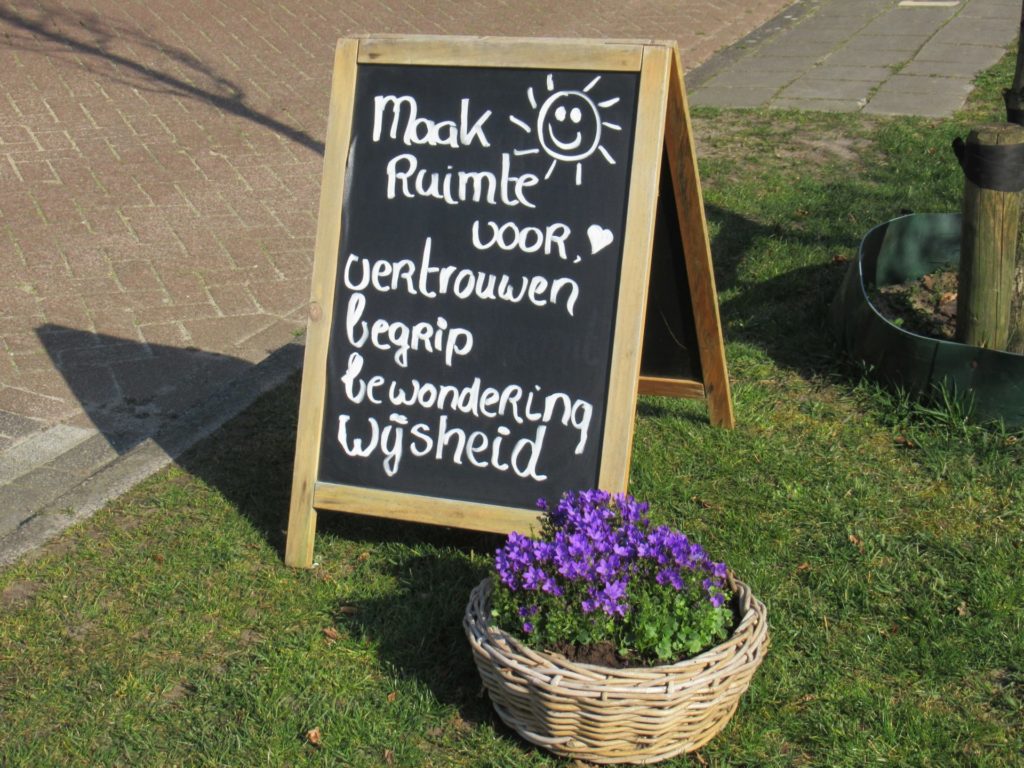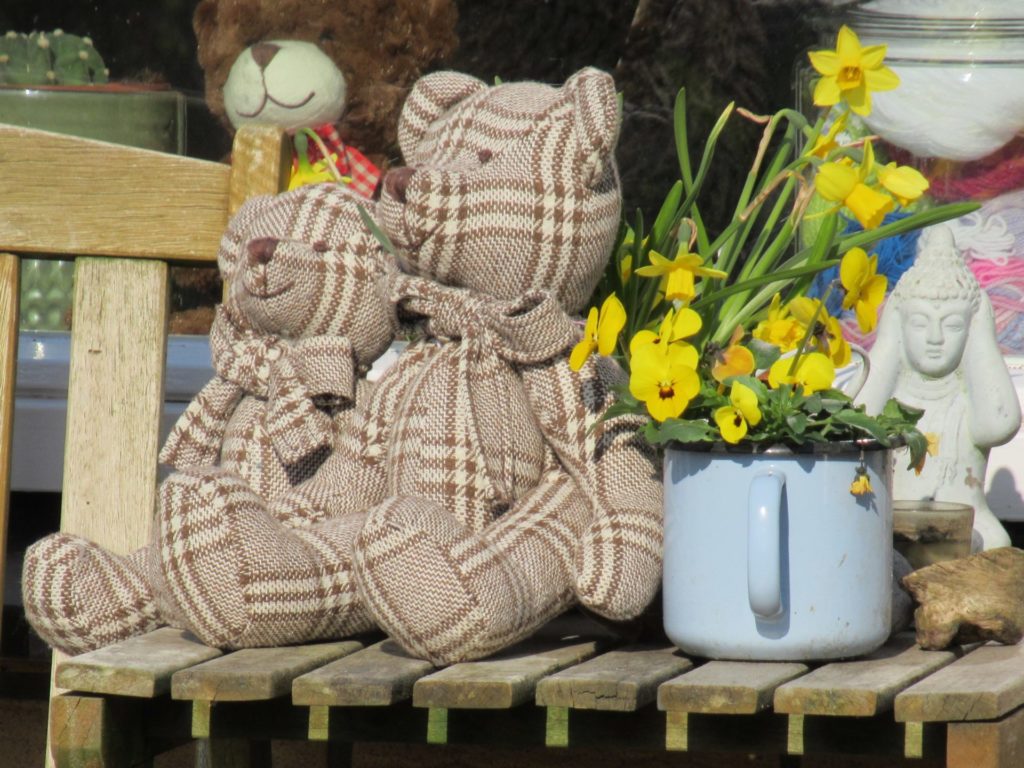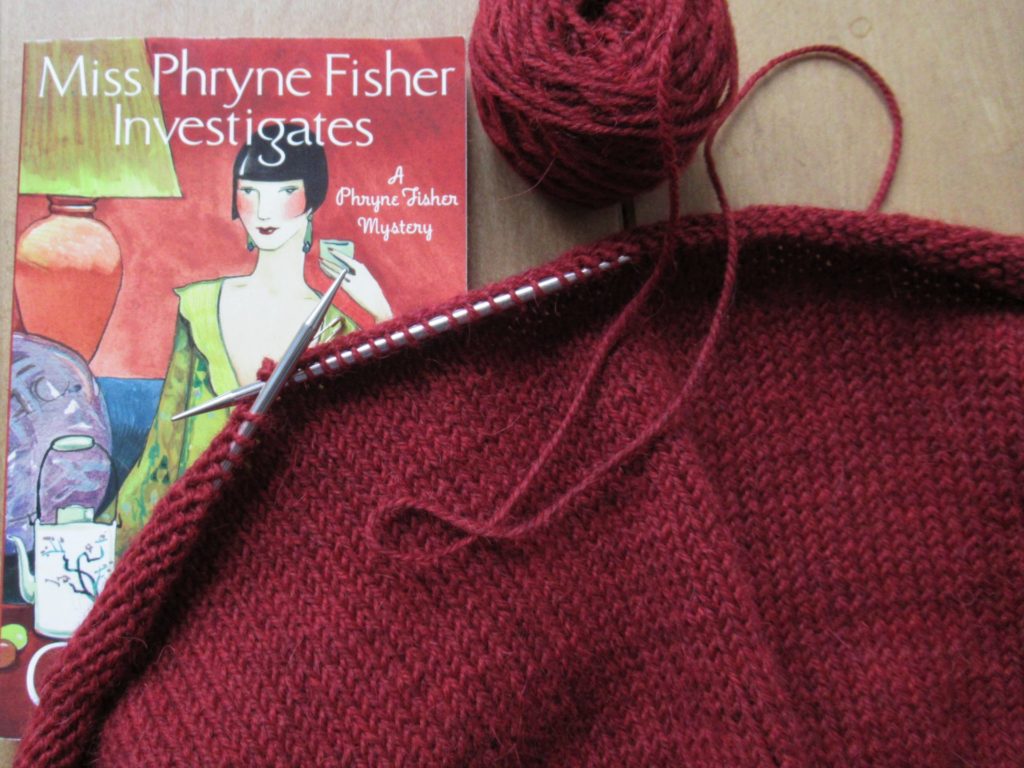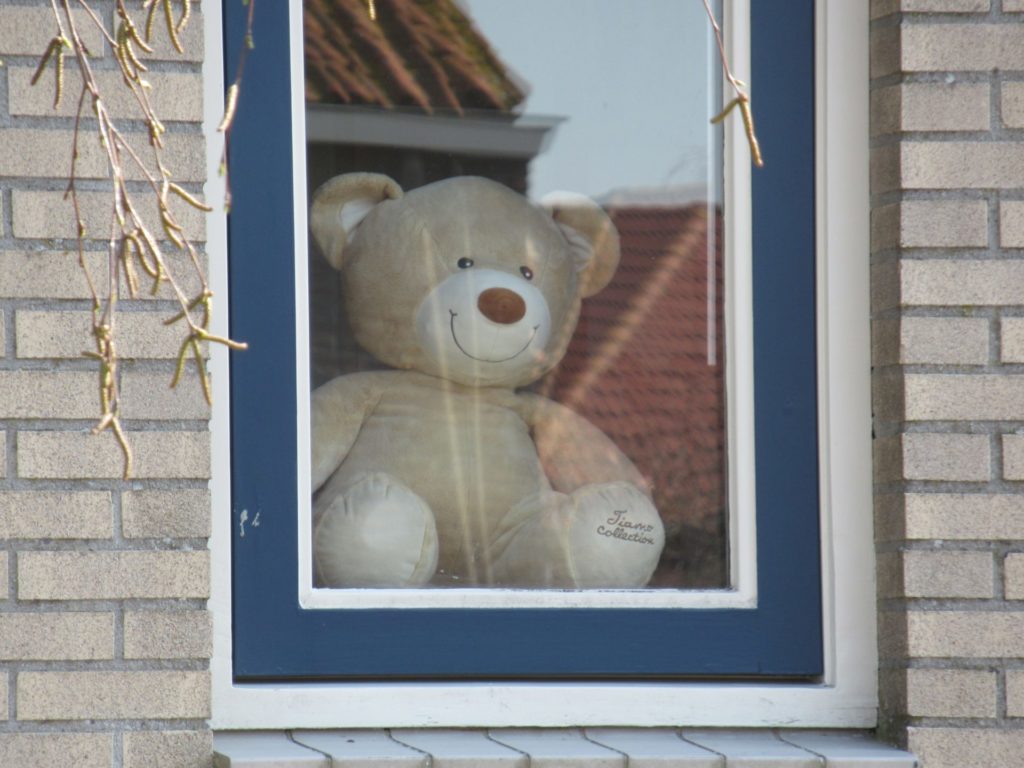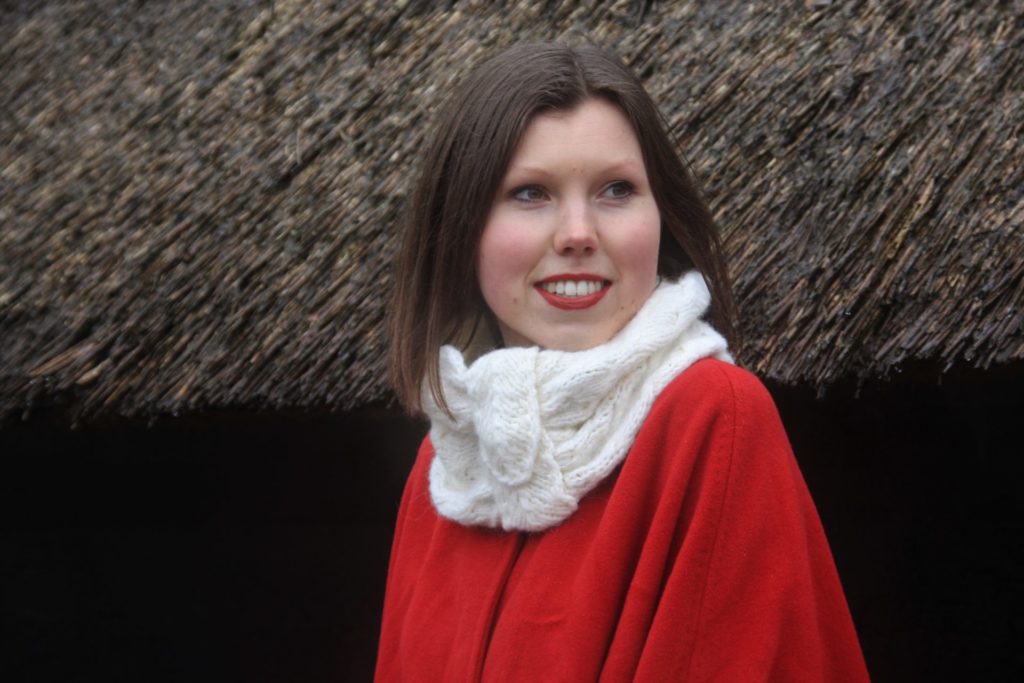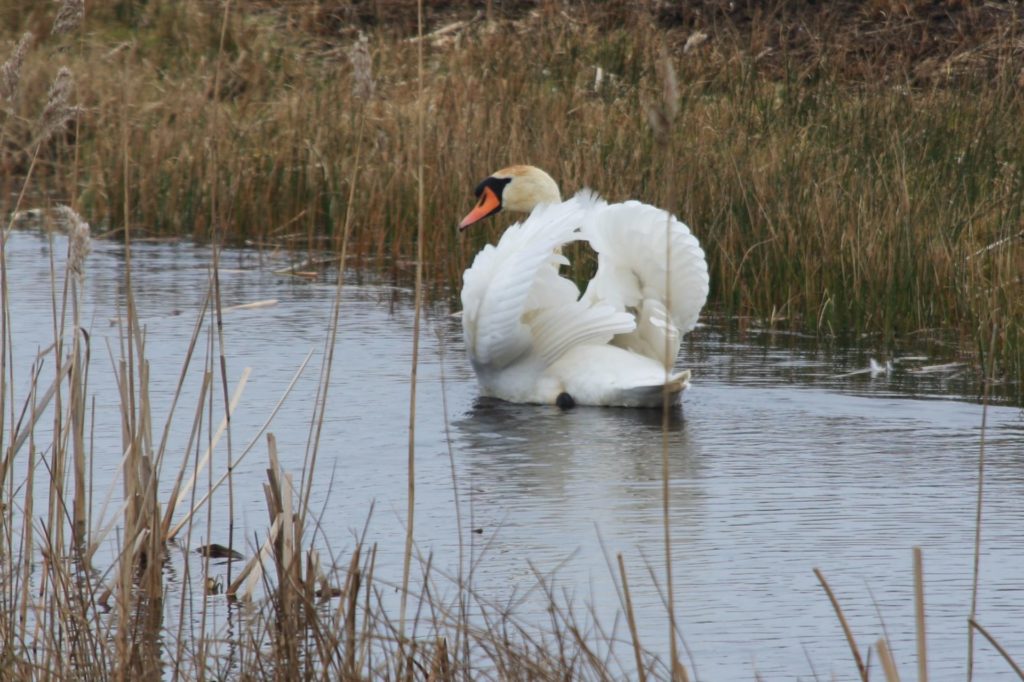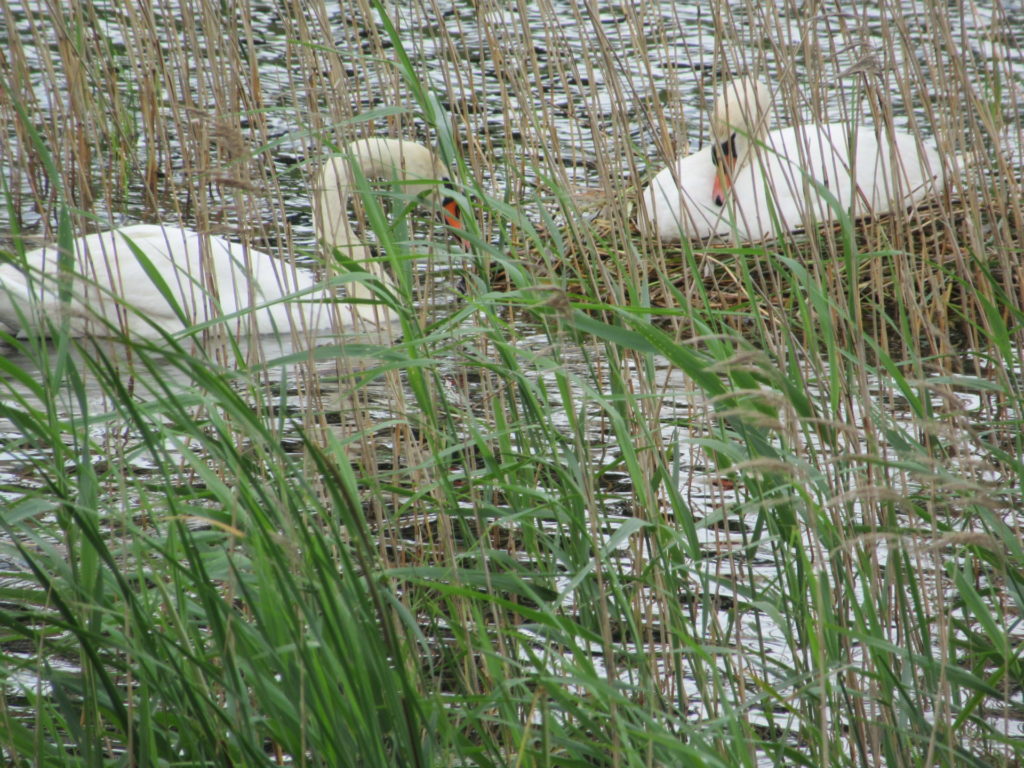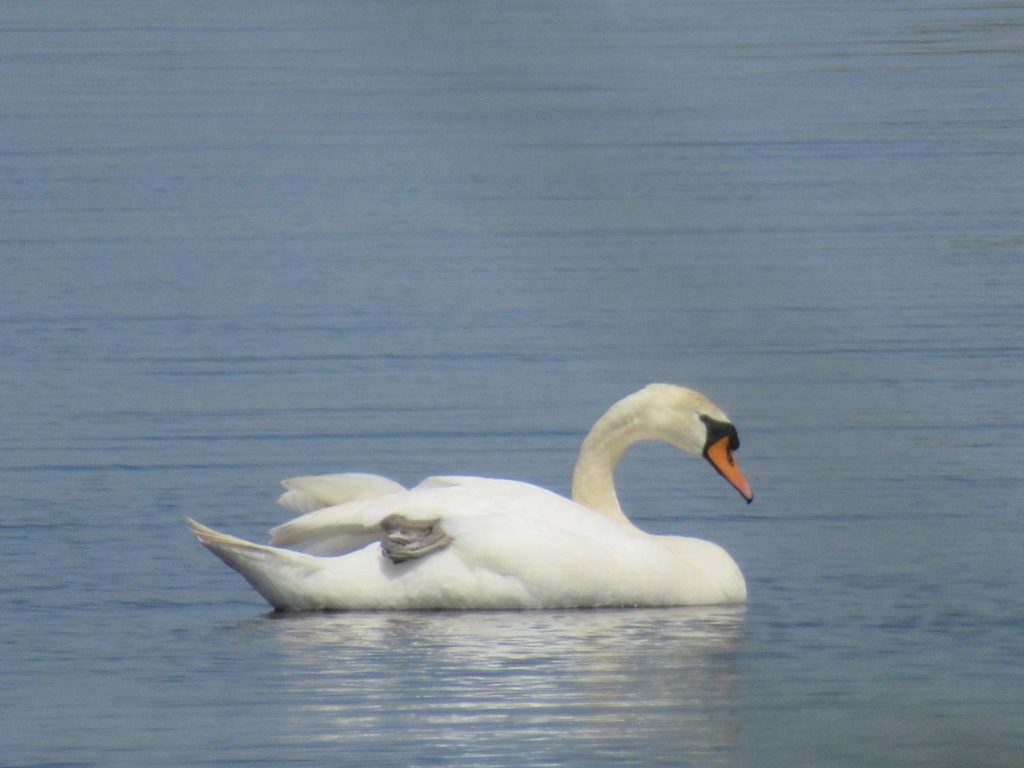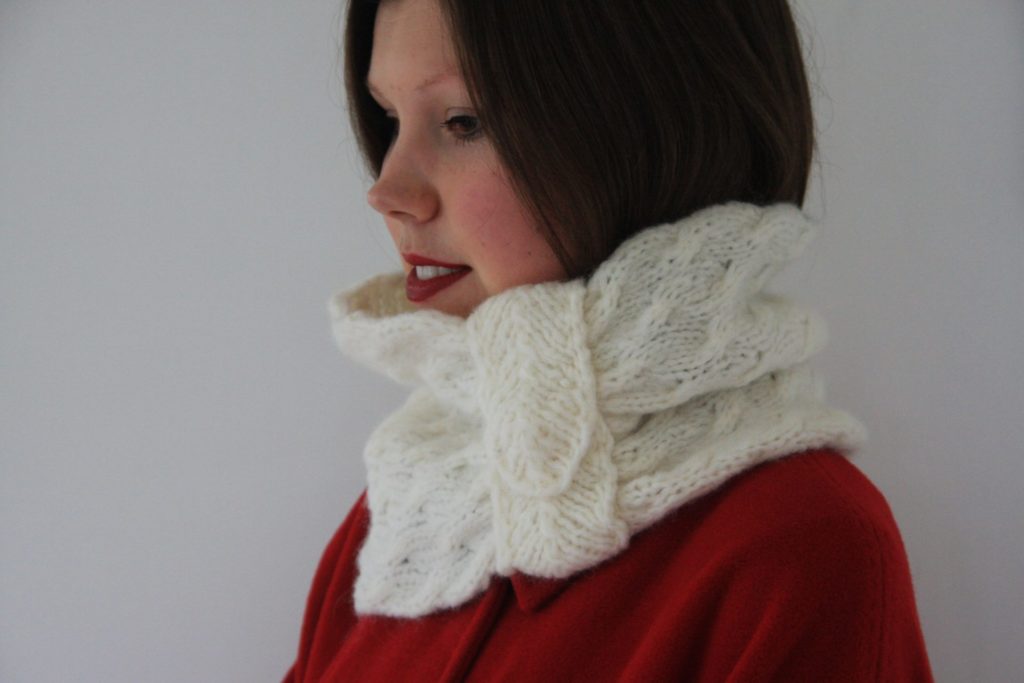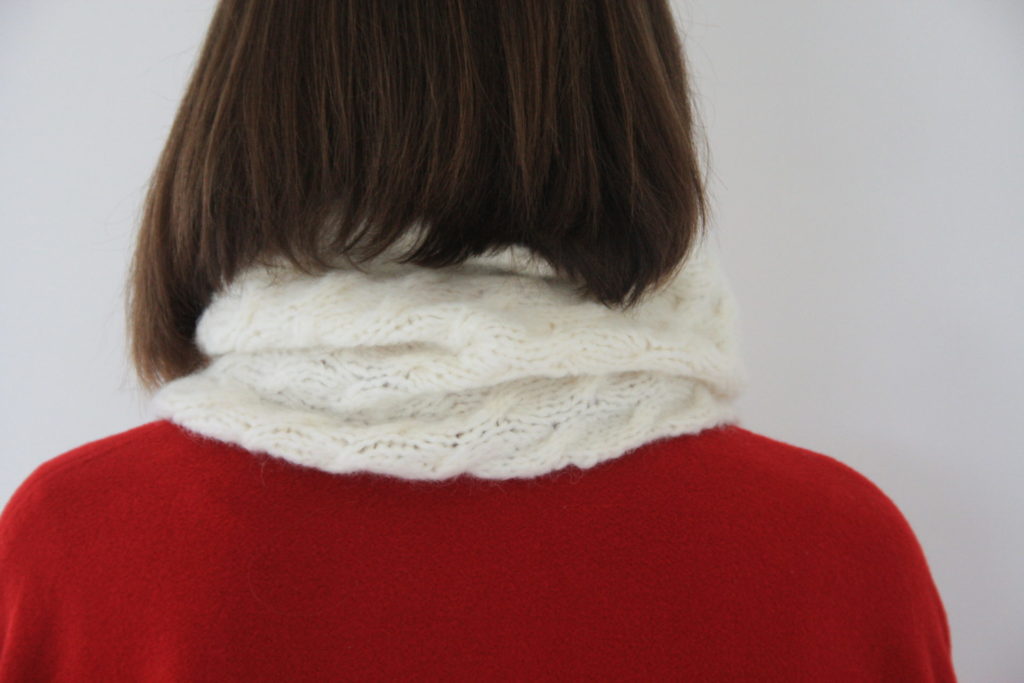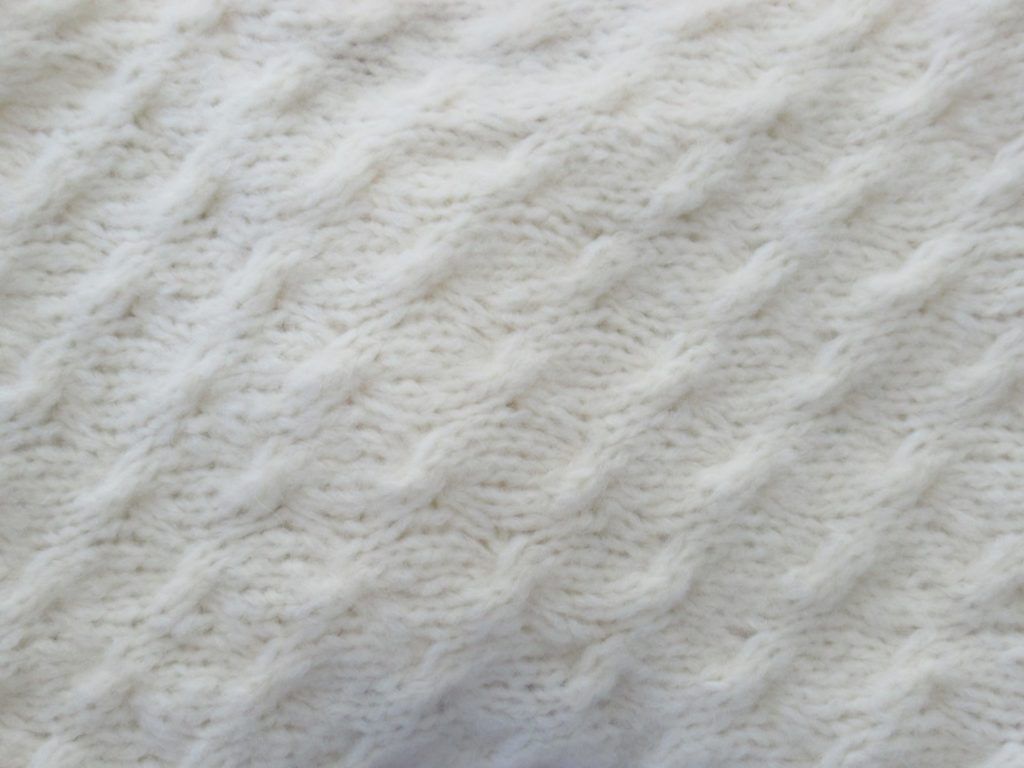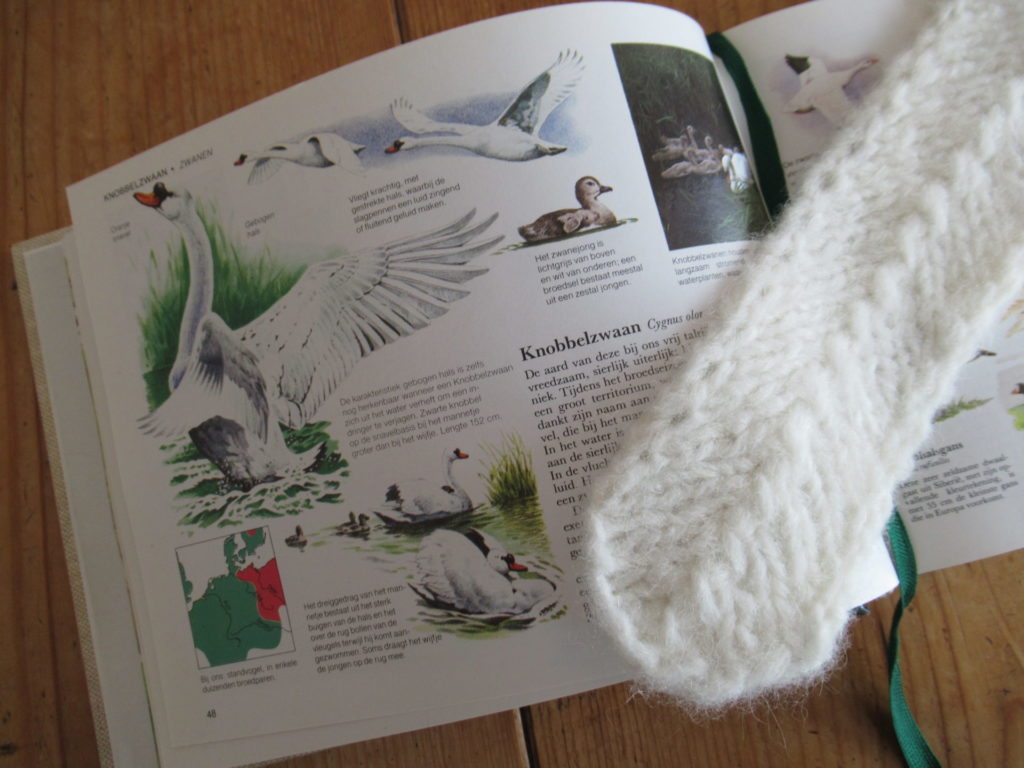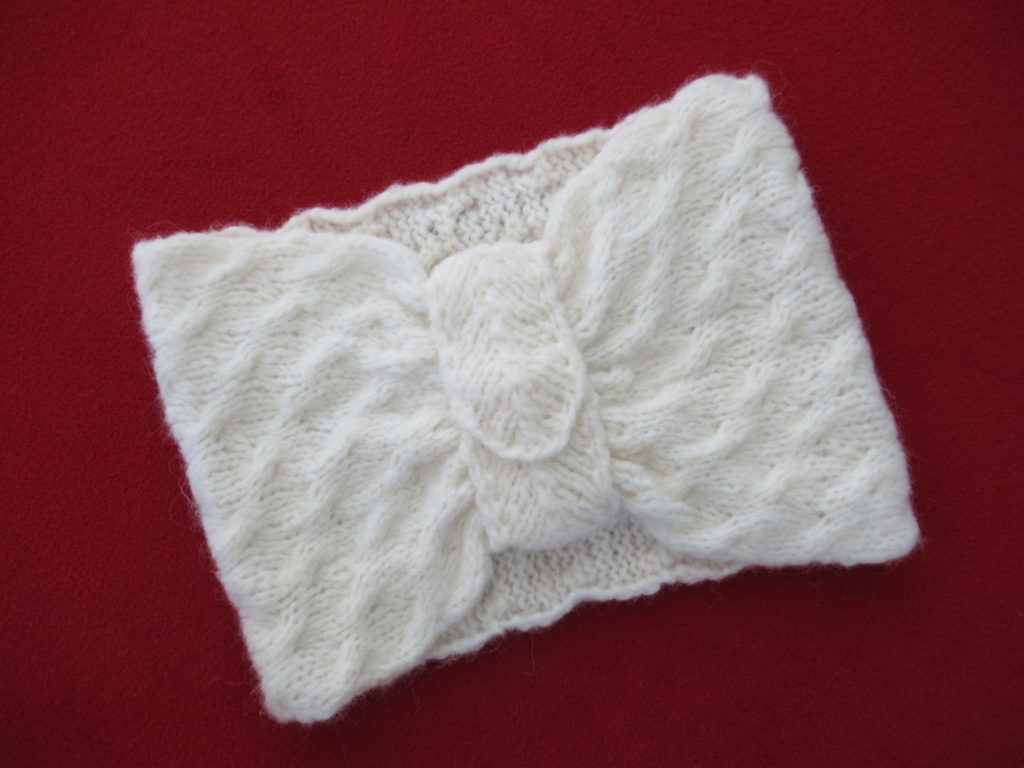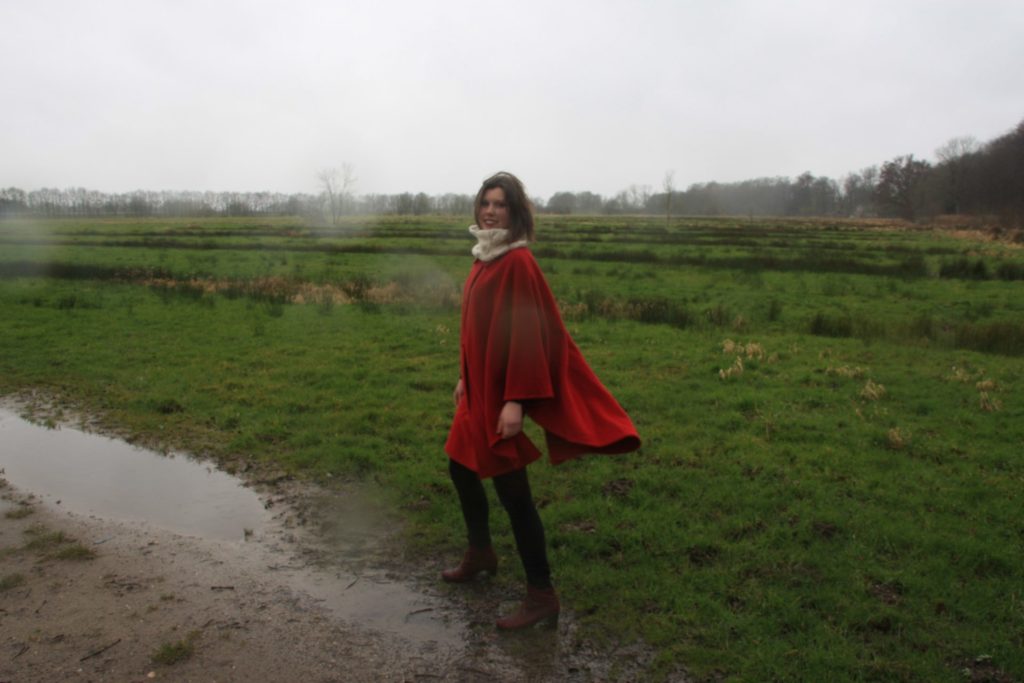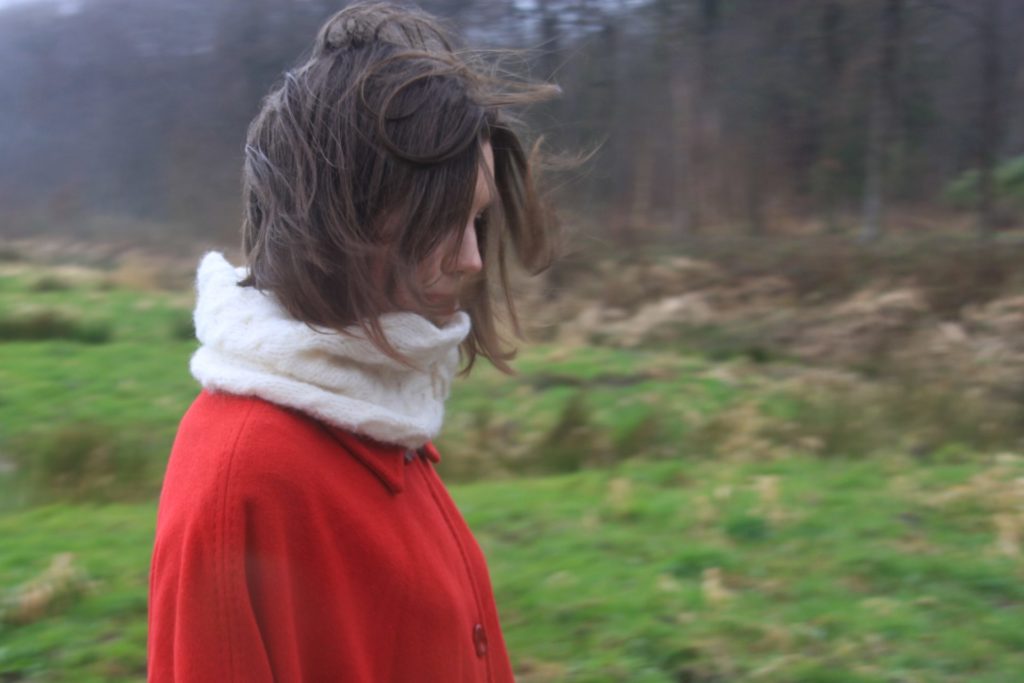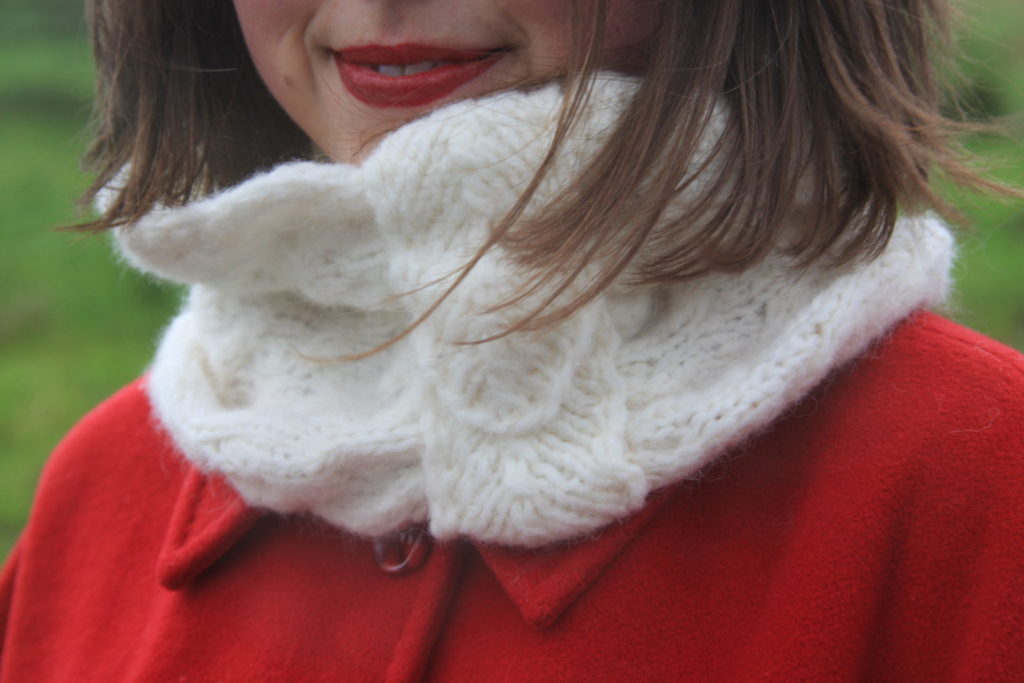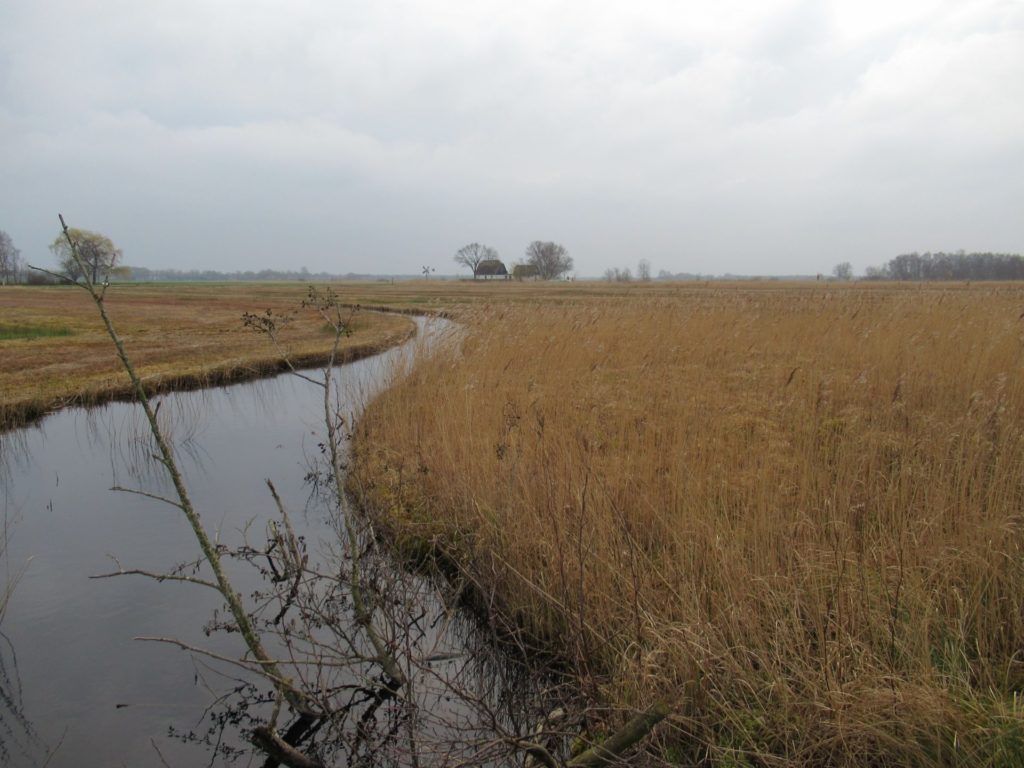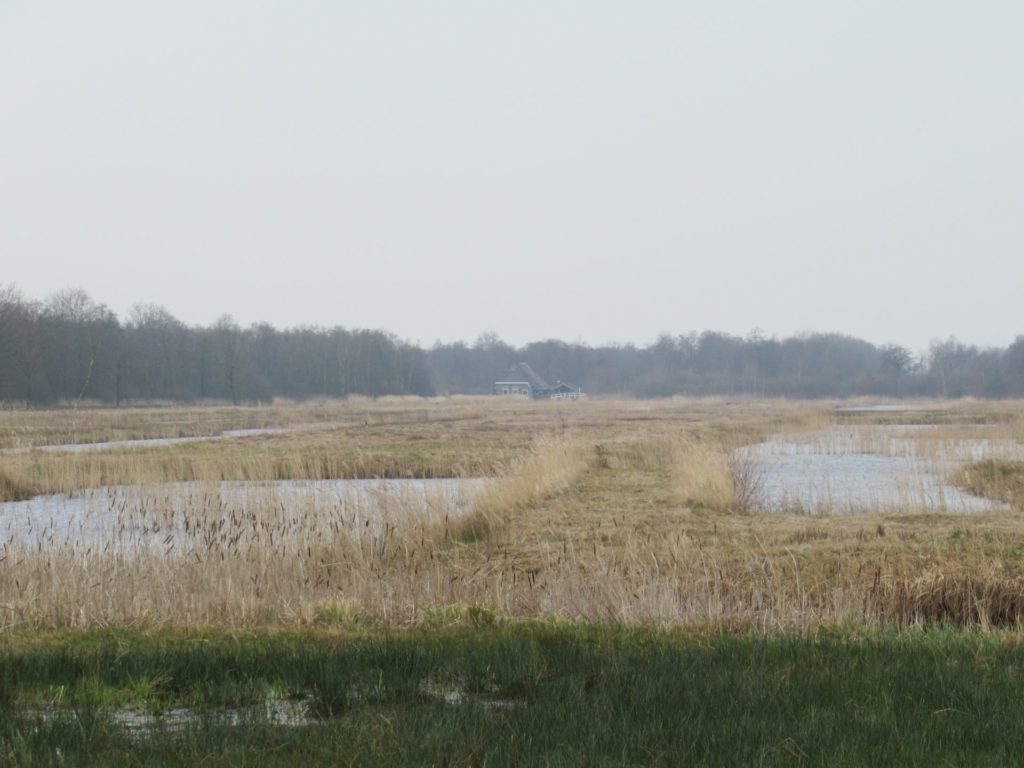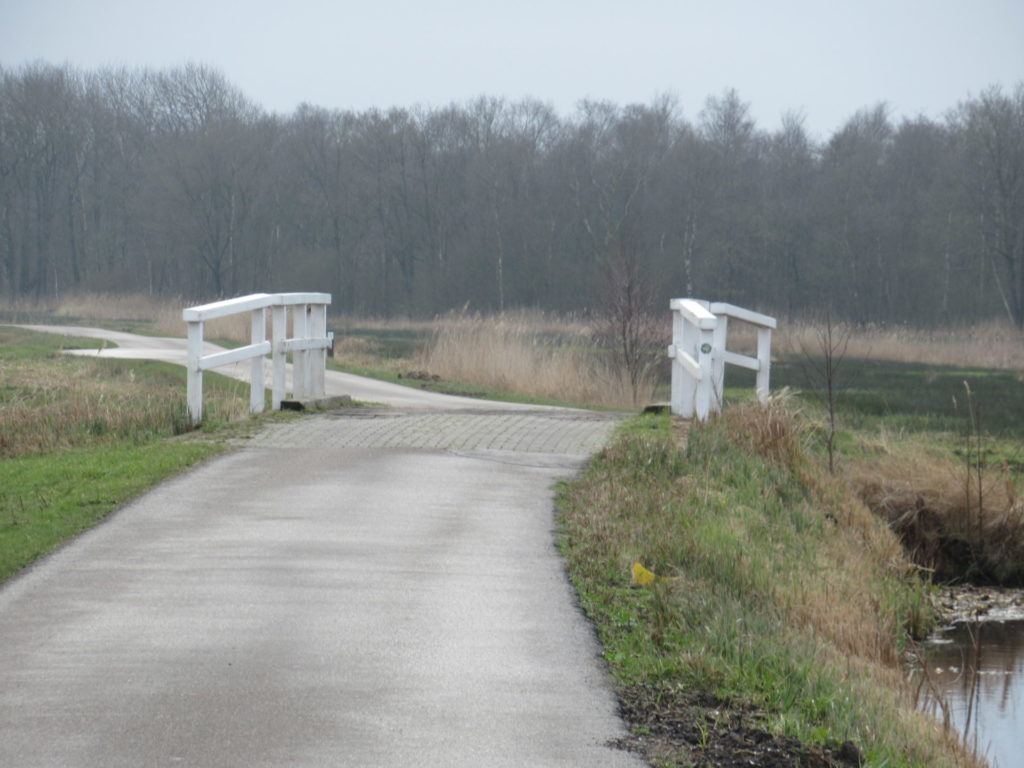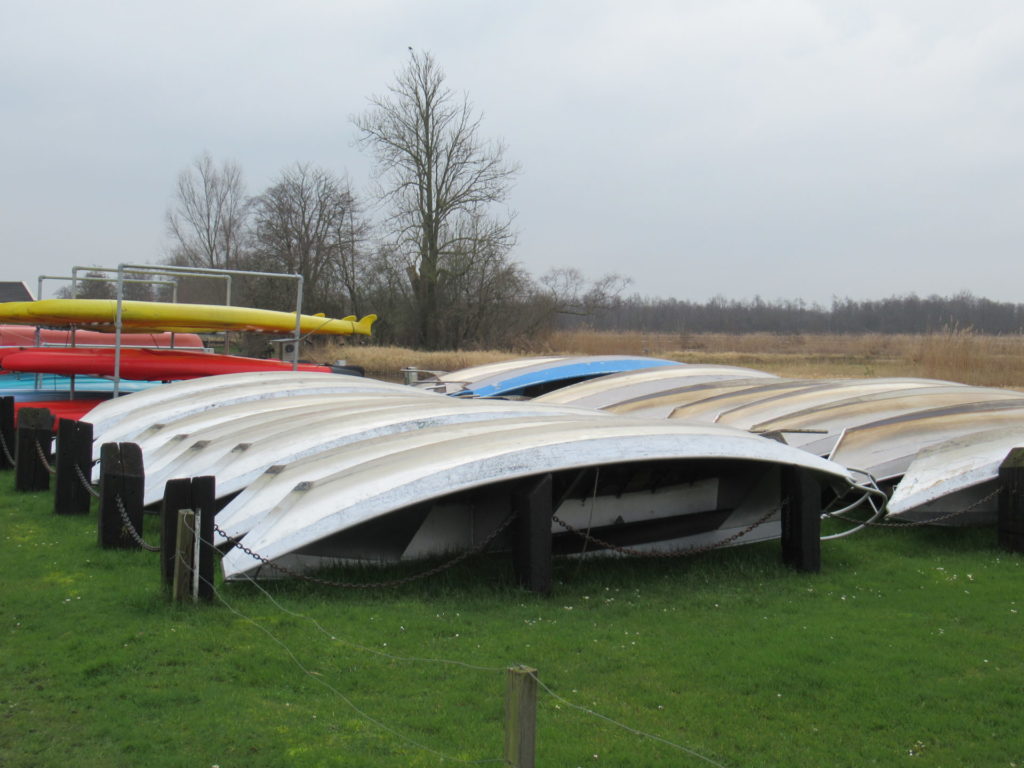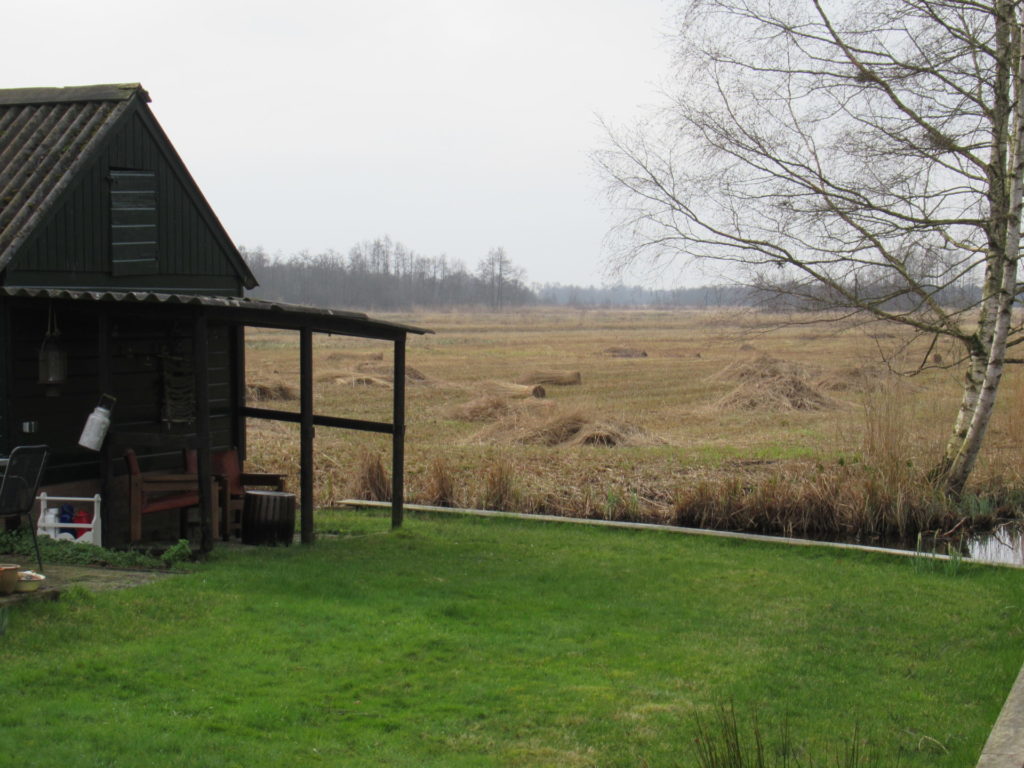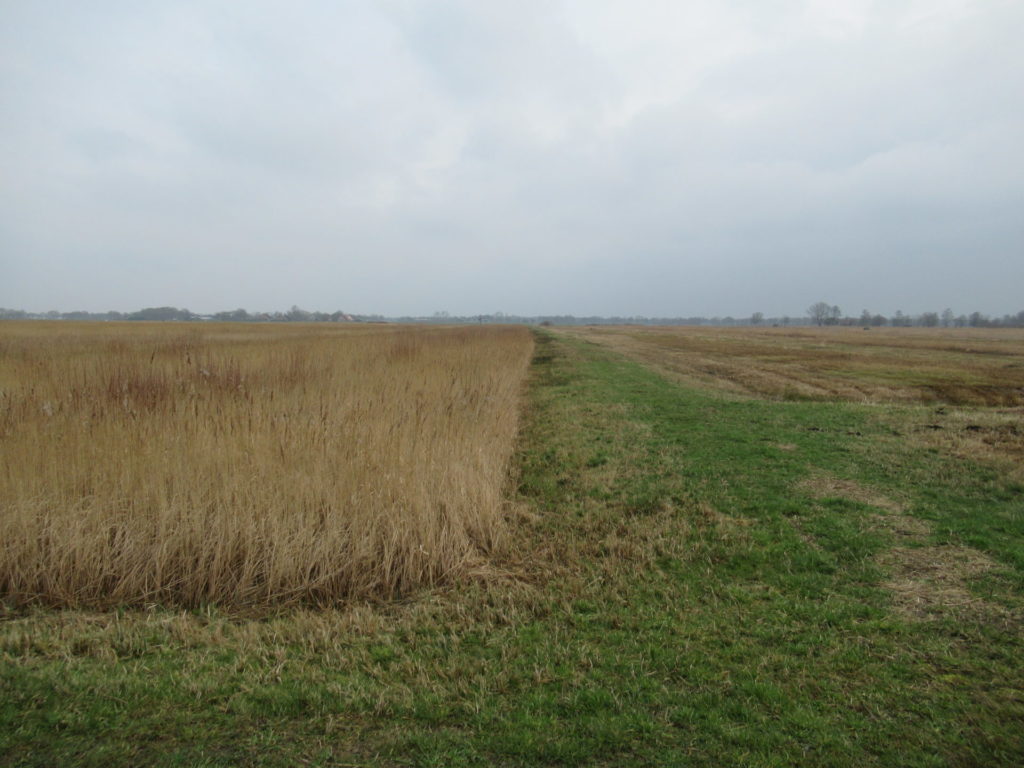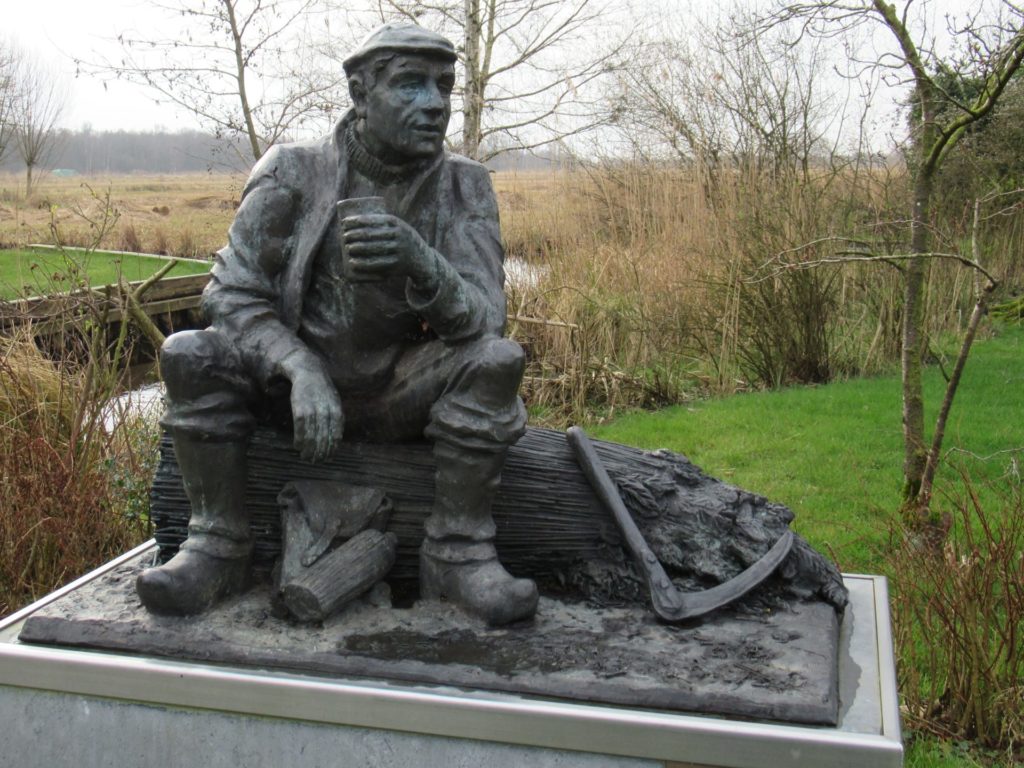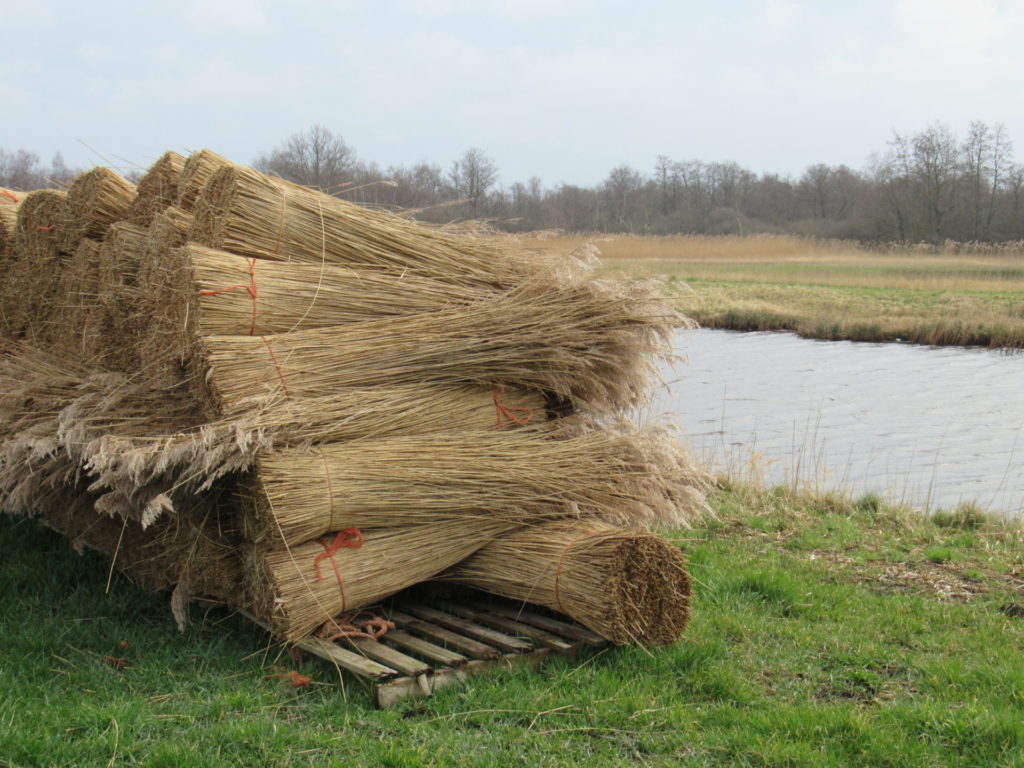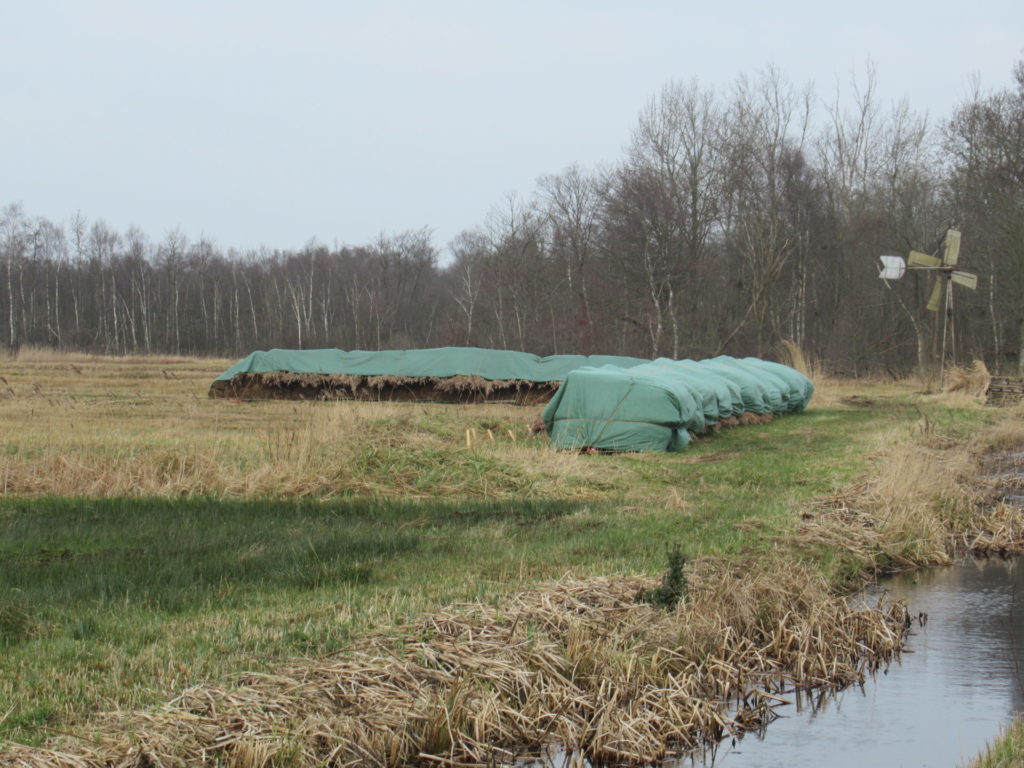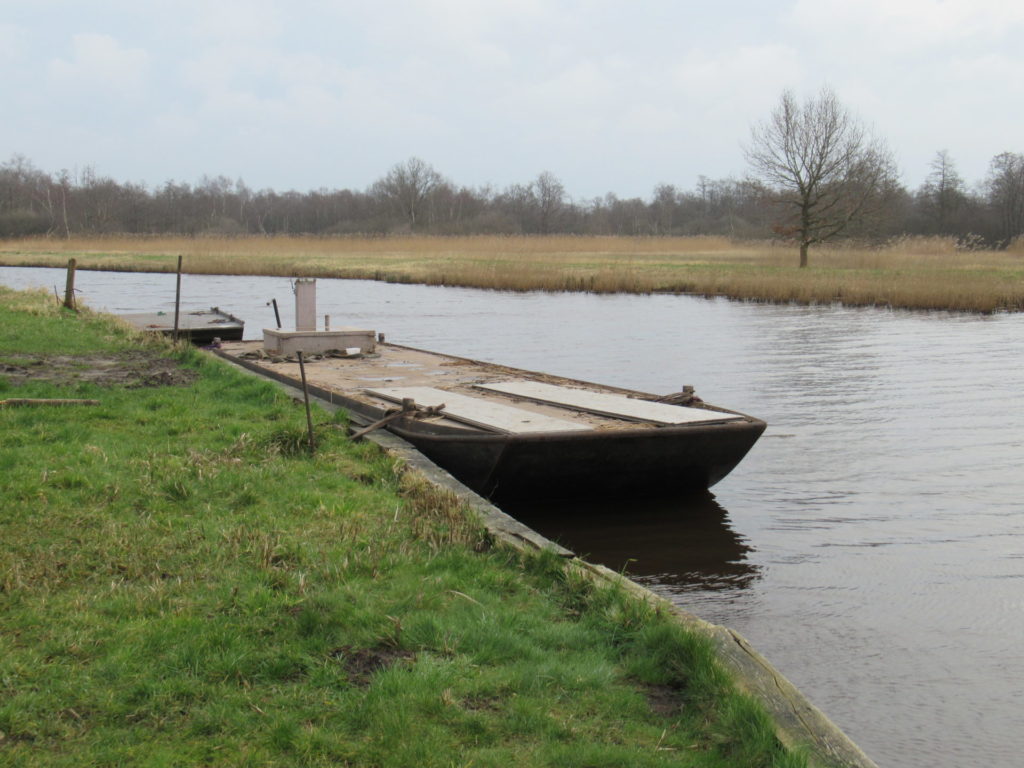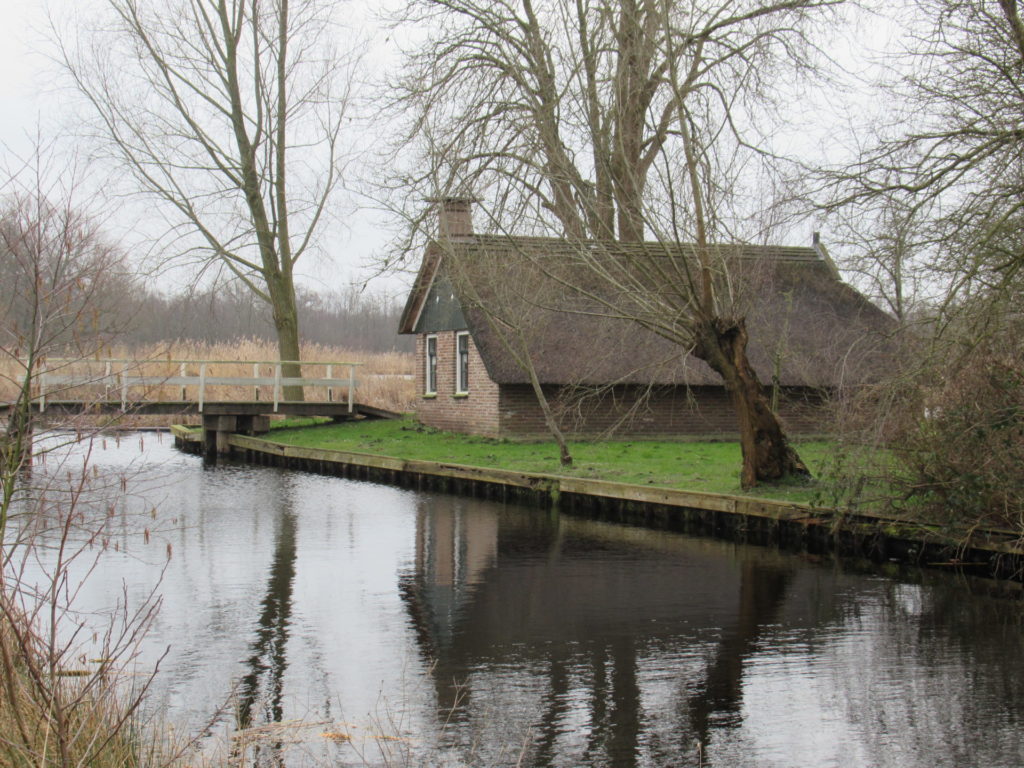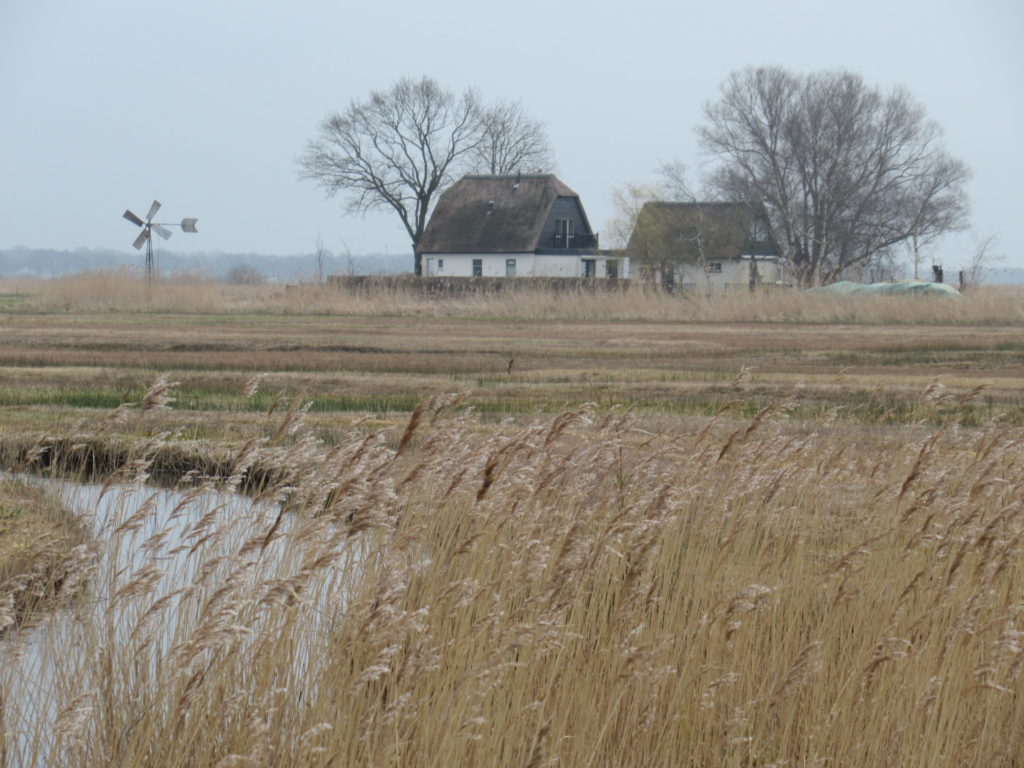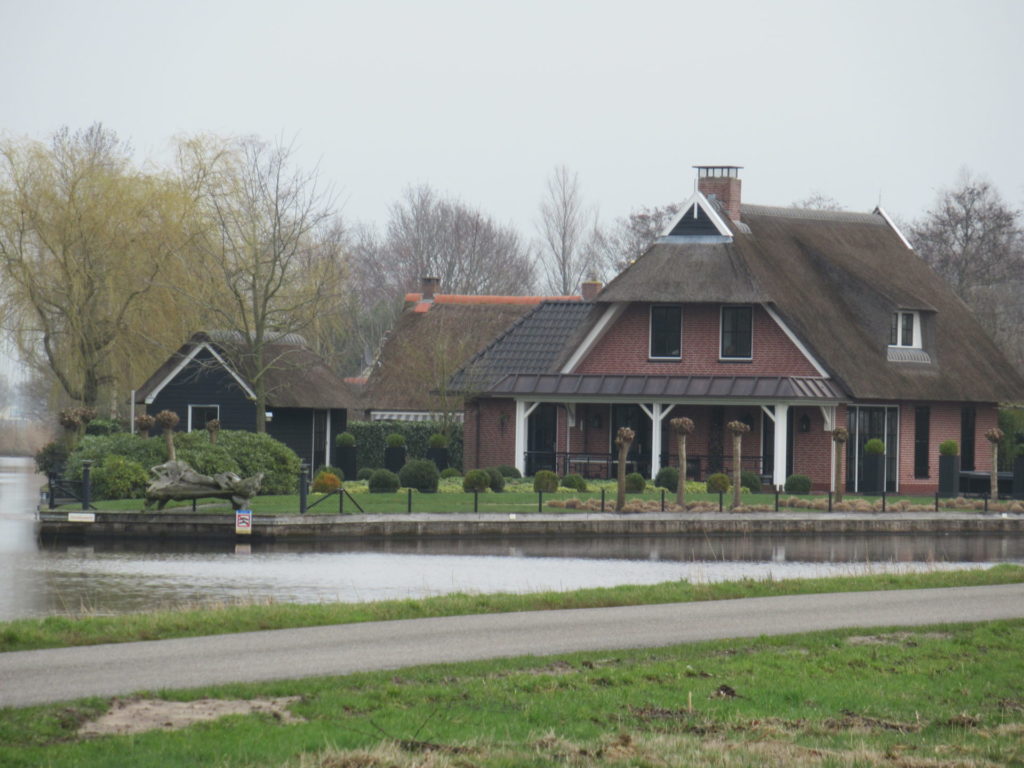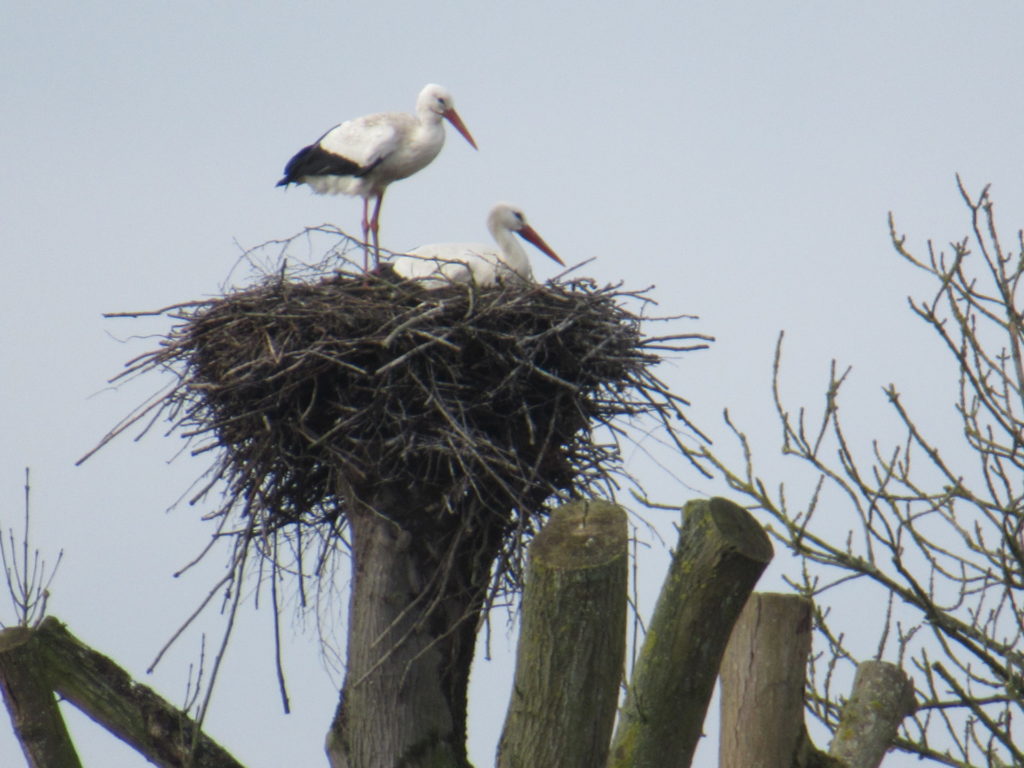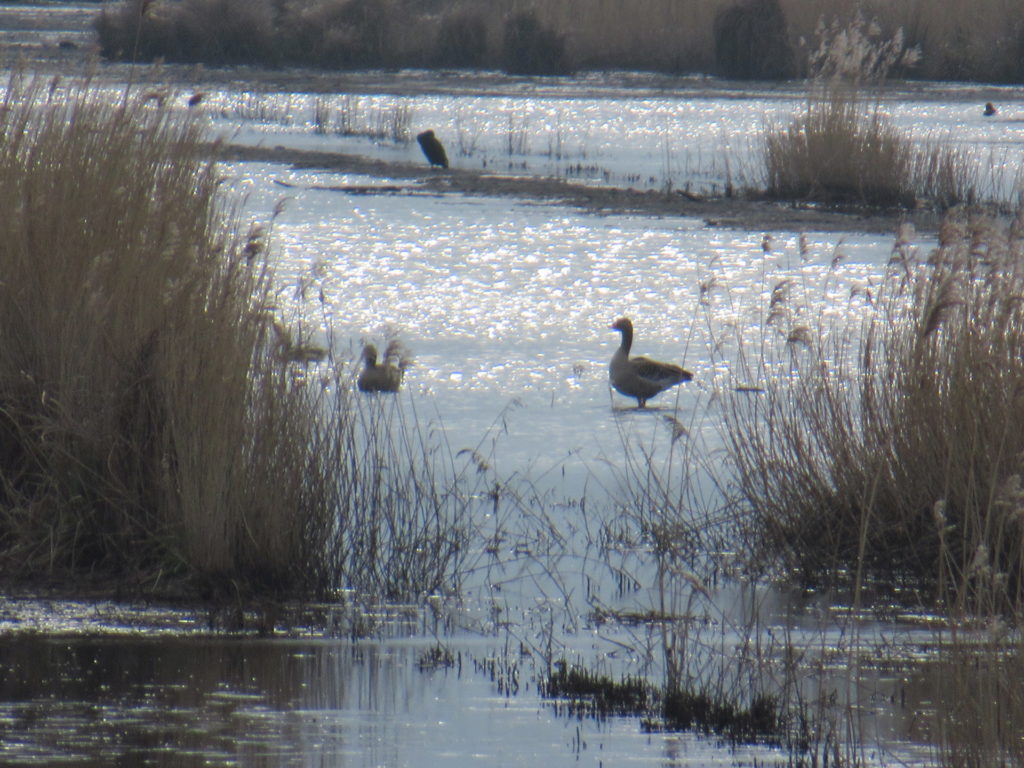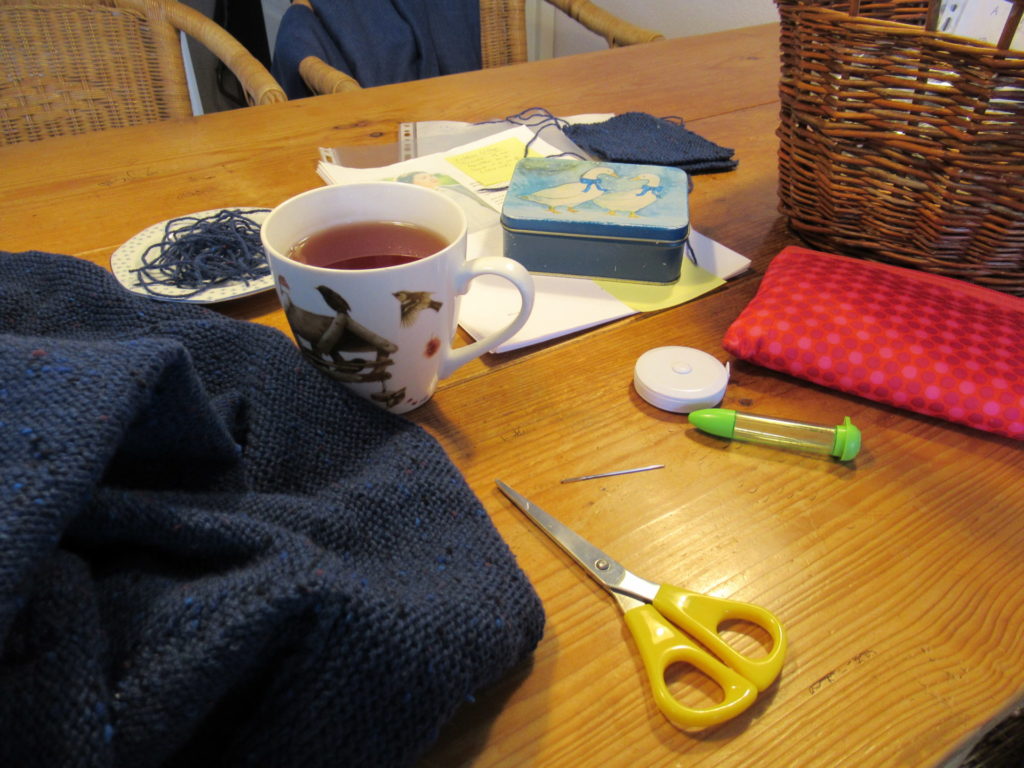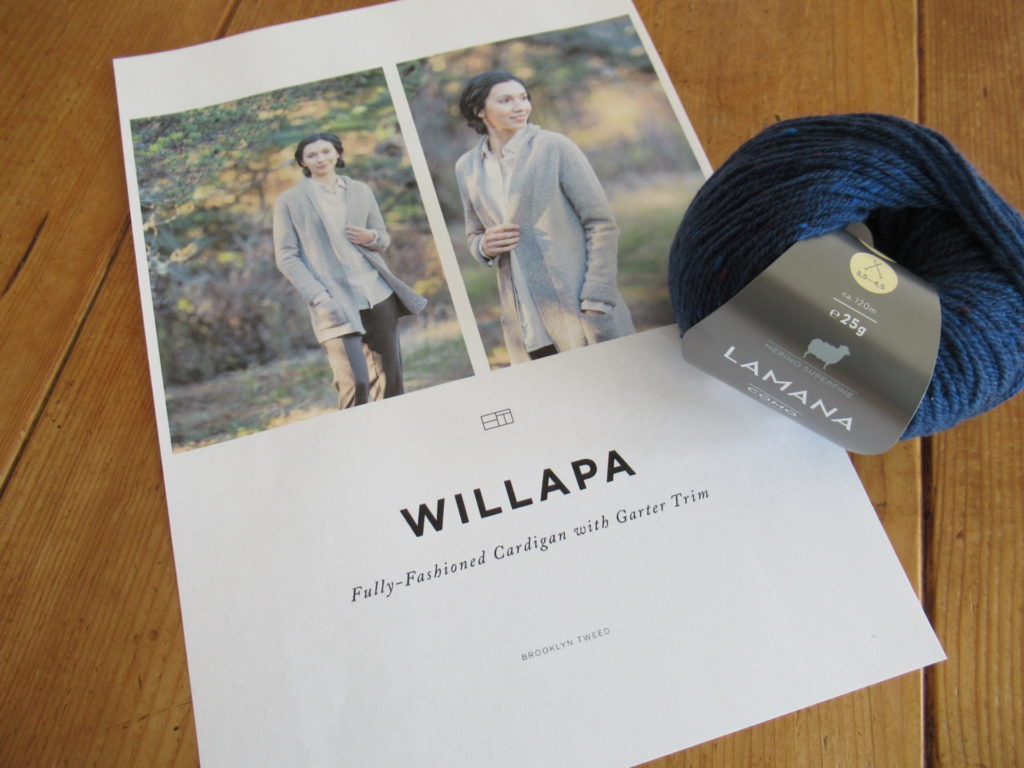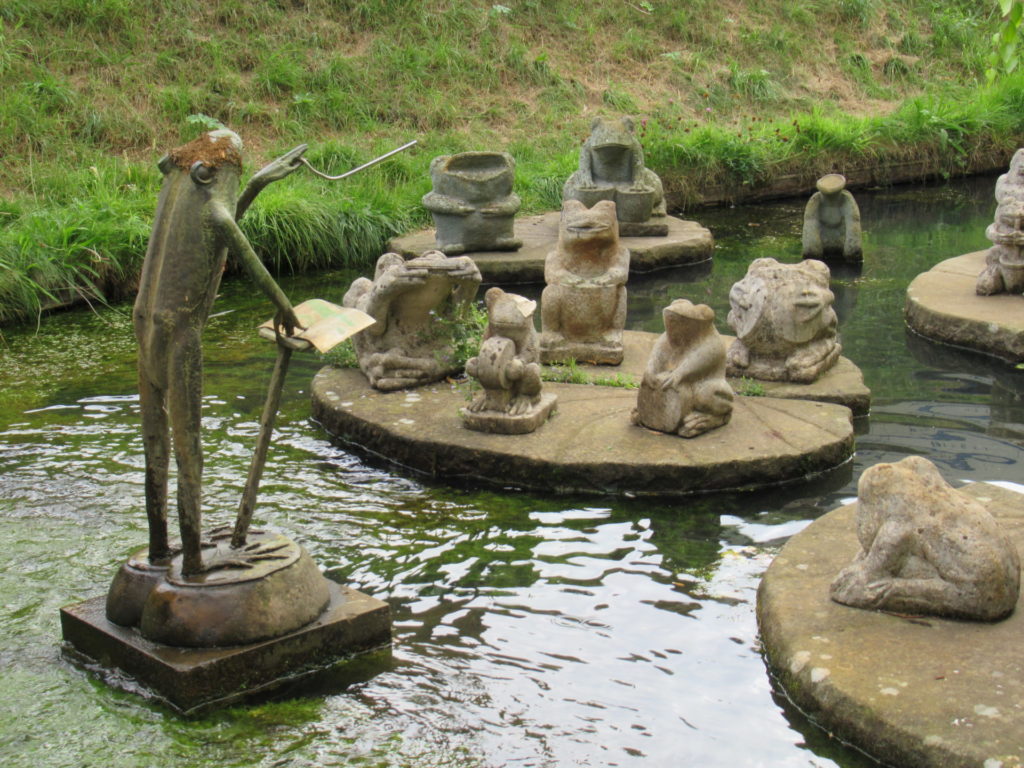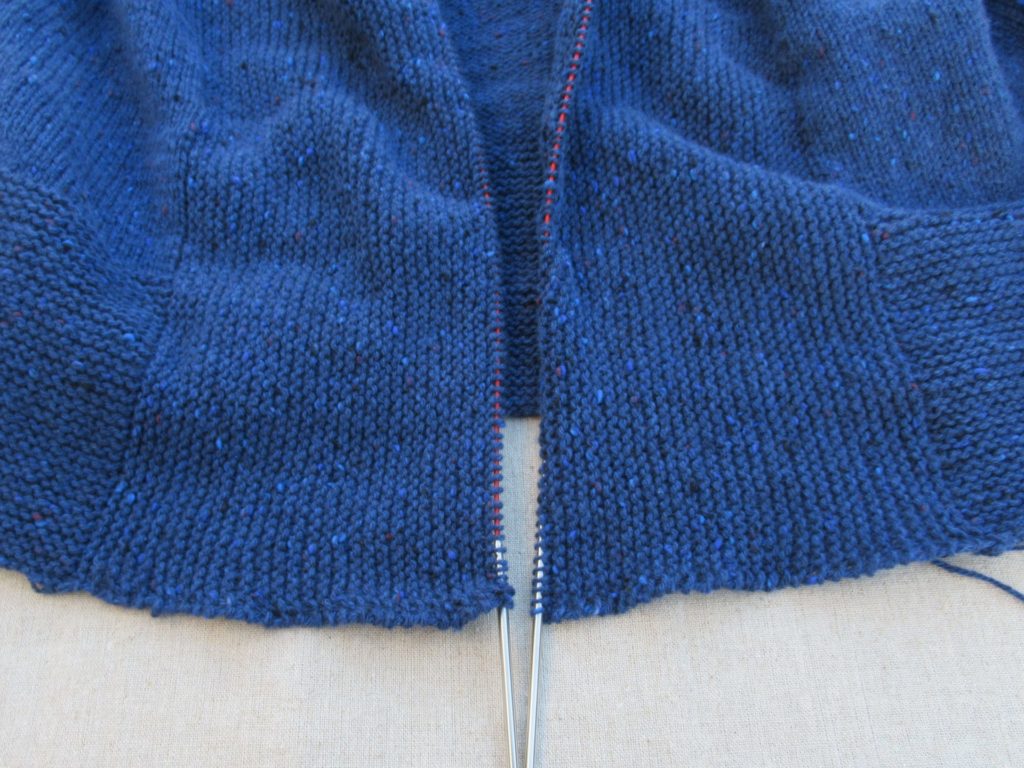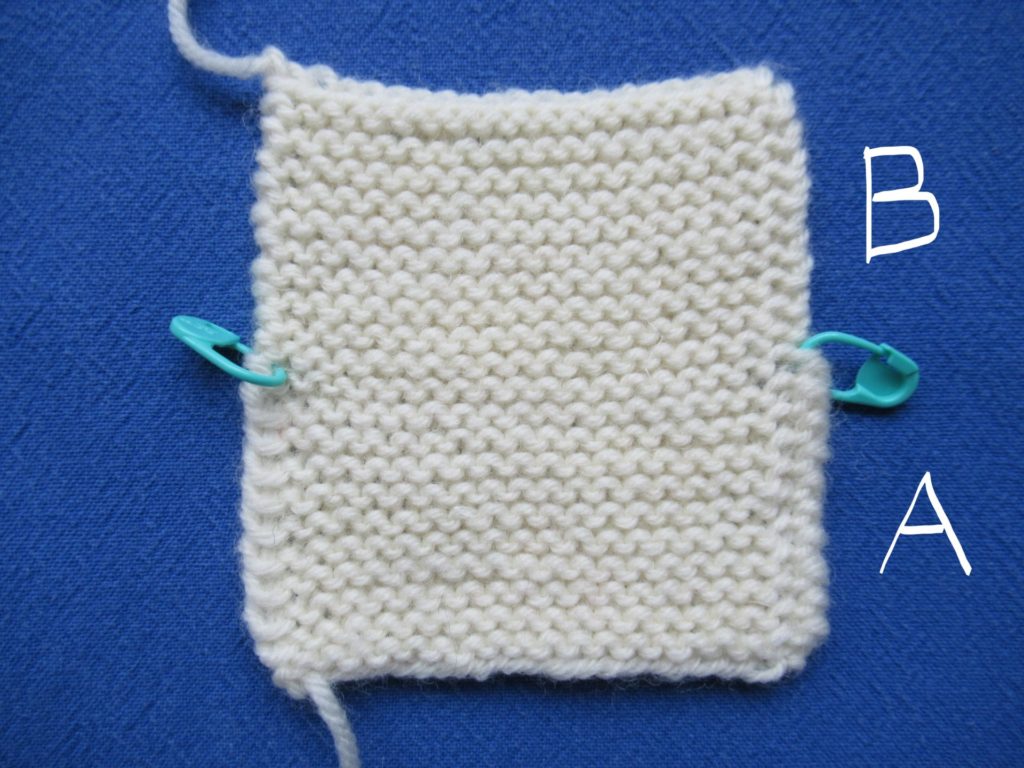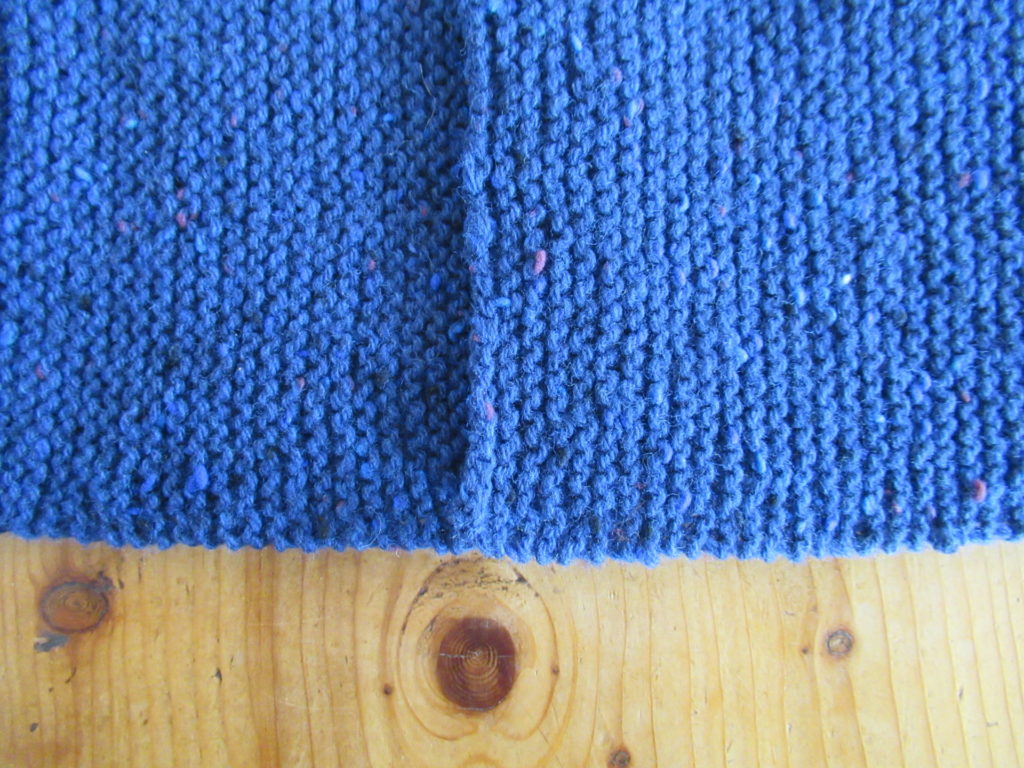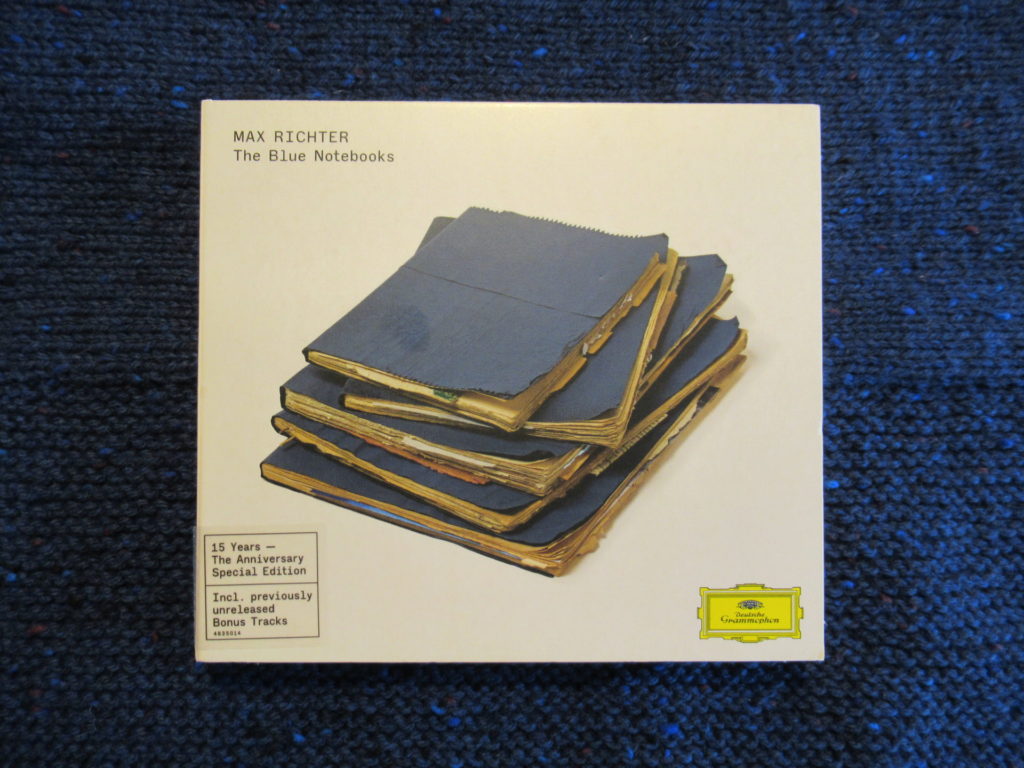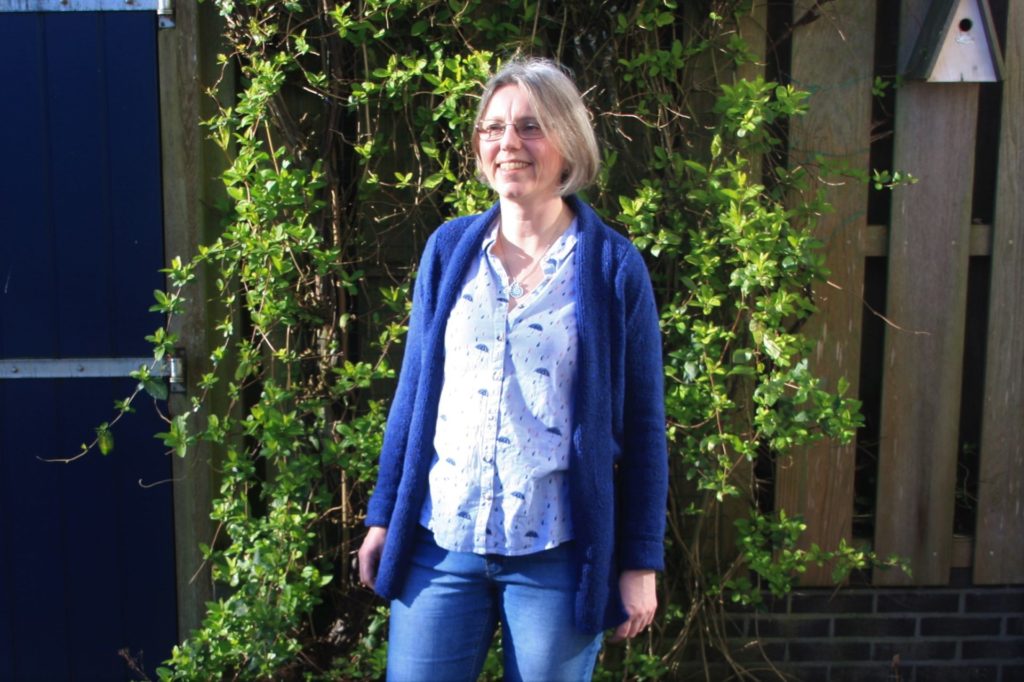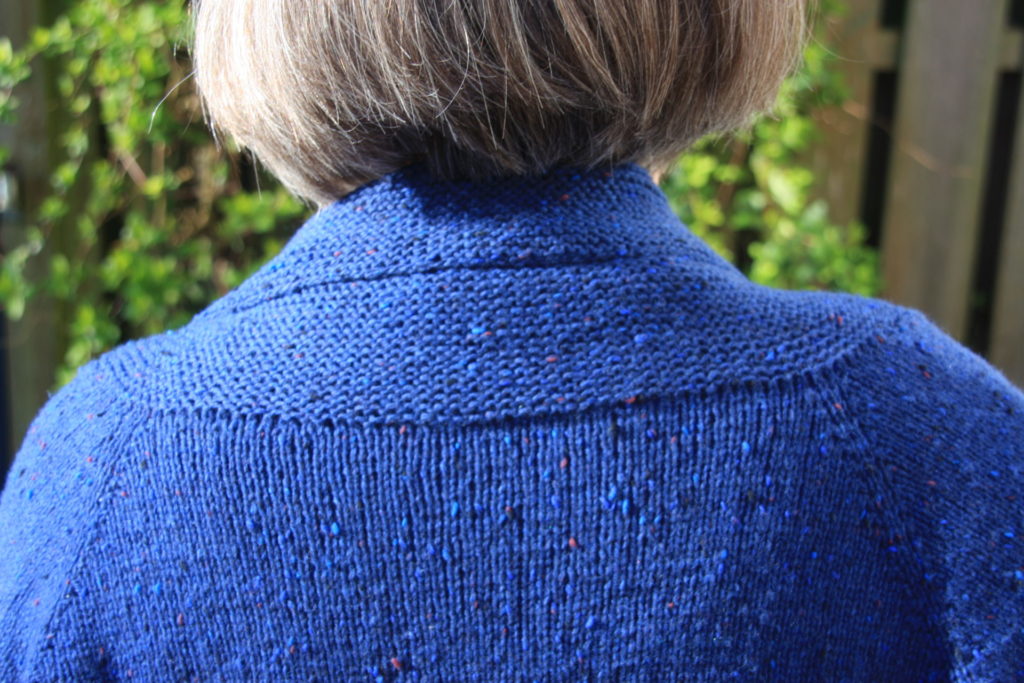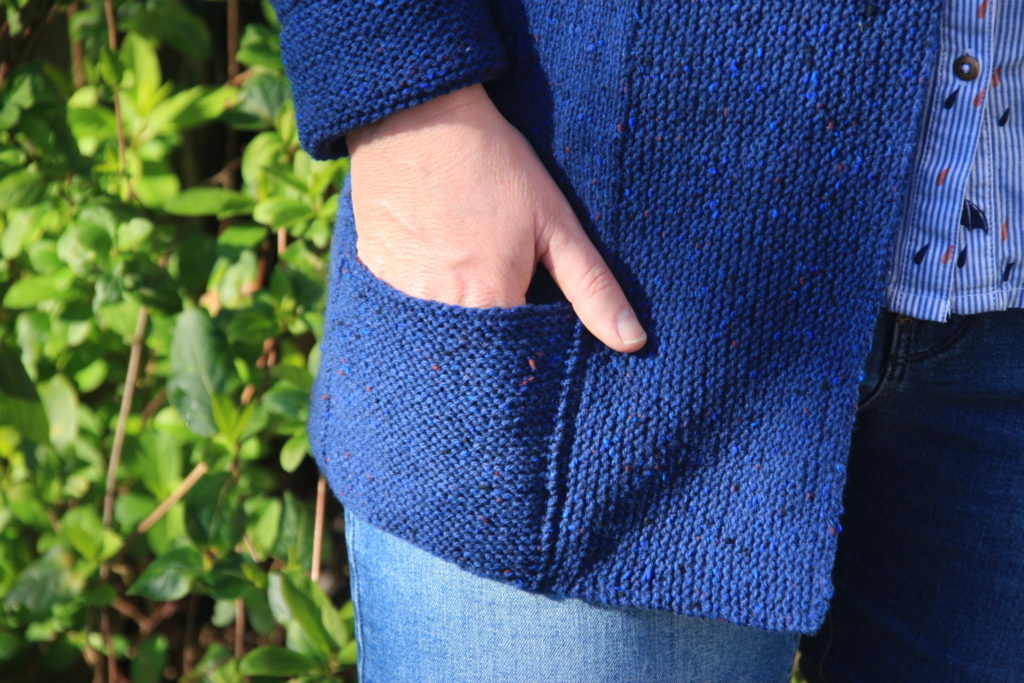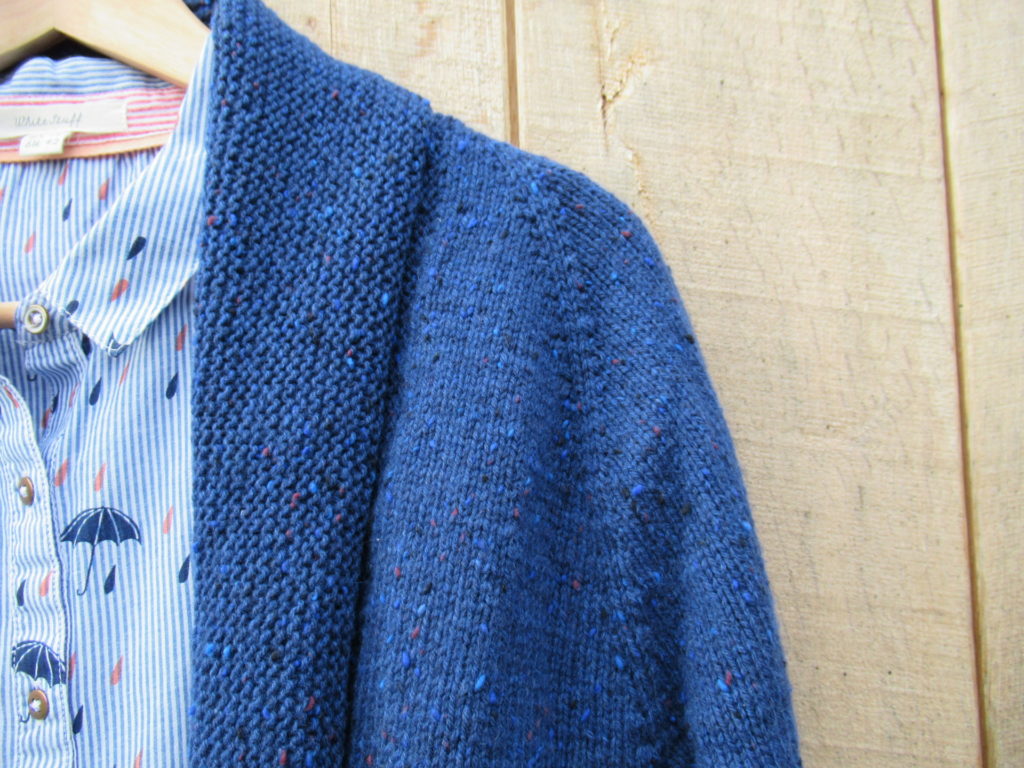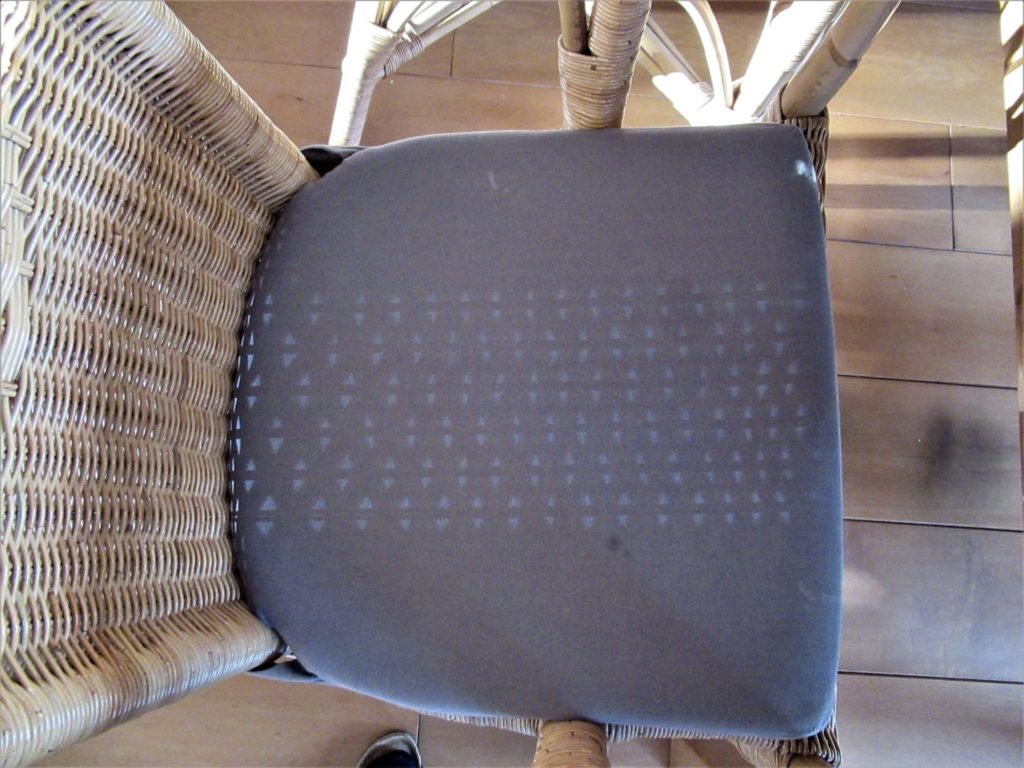
While I was folding laundry at our dining table, my eye was suddenly drawn to the wicker chair on the left. The sun slanting through the back of the chair made a lovely pattern of small triangles on the seat.
I grabbed my camera and took a few pictures.
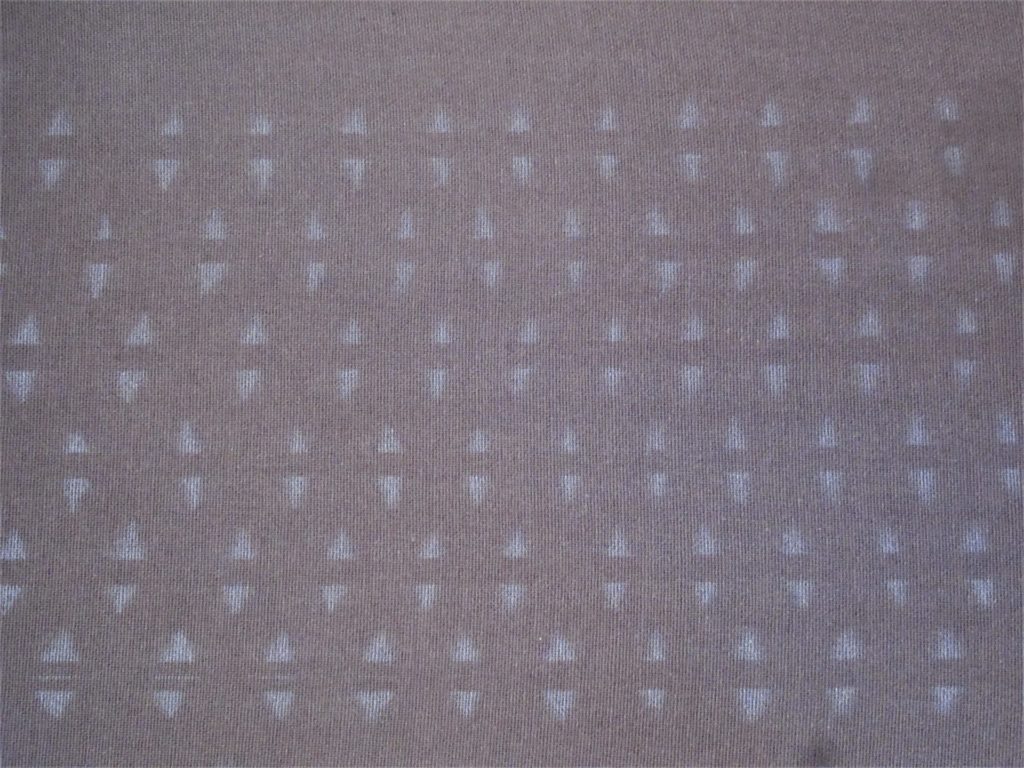
Wow! Maybe I could translate that into a piece of knitting. Lace, perhaps, or some colourwork?
This period of staying at home has made me look at my immediate surroundings more closely.
The wooden fence at the back of our house had always been just that – a wooden fence. Until recently. Looking out, I suddenly noticed how the grazing light made the patterning in the wood stand out beautifully.

Again, I see potential for knitting in it. What if I tried to replicate it in two-tone brioche?
In the living room, I looked at the feathers on the back of a wooden raven through the lens of my camera.
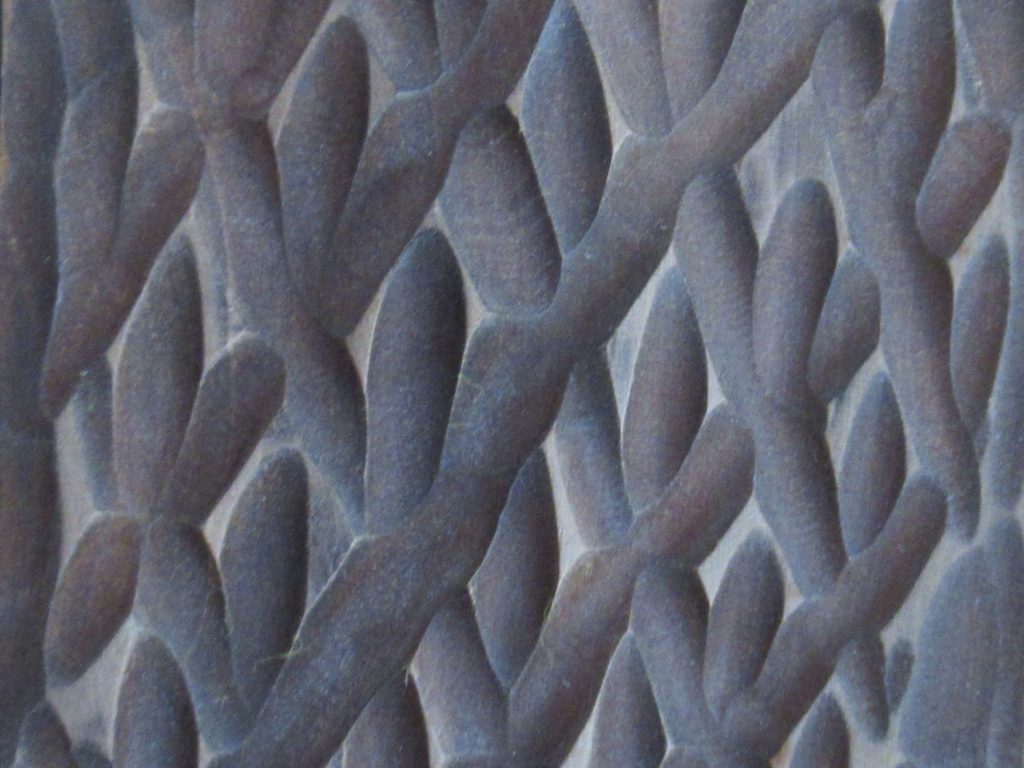
Wouldn’t those look wonderful as cables in a tweedy yarn?
Walking around with a camera in hand, can be like a treasure hunt. On the spectrum of hunter-gatherers, I’m much more a gatherer than a hunter, as I wrote here. I usually just take pictures of things that draw my eye, and then sometimes a pattern or a theme emerges afterwards. That was what happened when I wrote, for instance, Shades of green.
But it can be fun to actively go hunting for treasures, too. One day they could be things in a certain colour, the next day things with interesting patterns, and the day after that things with a particular shape, say circles.
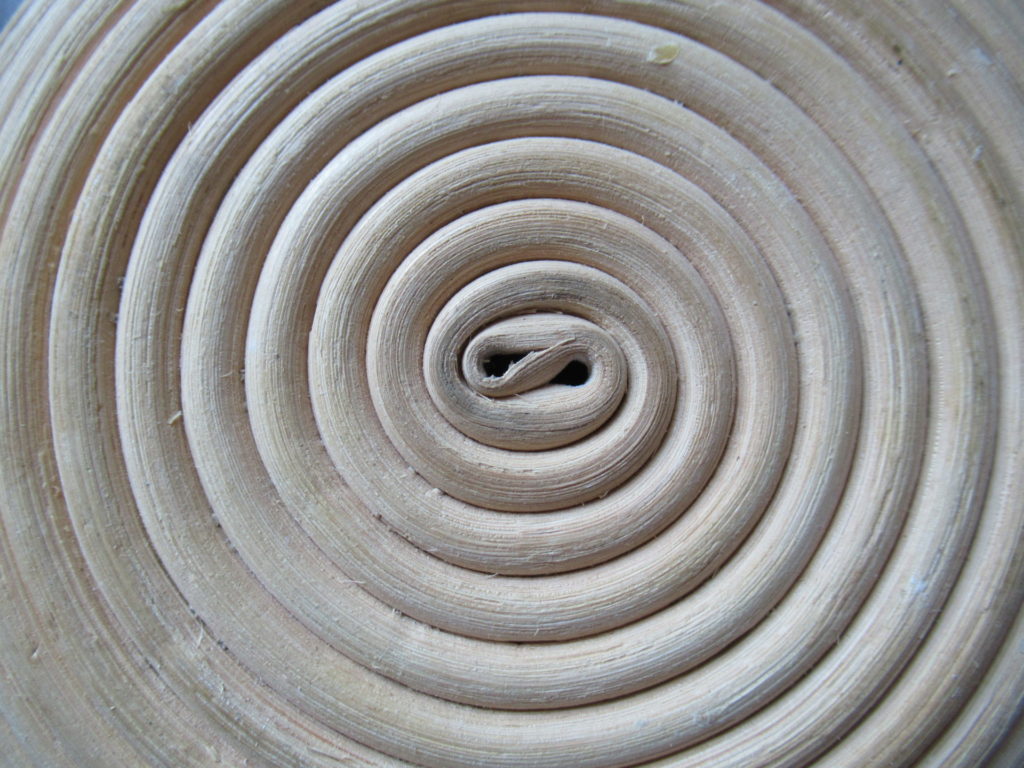
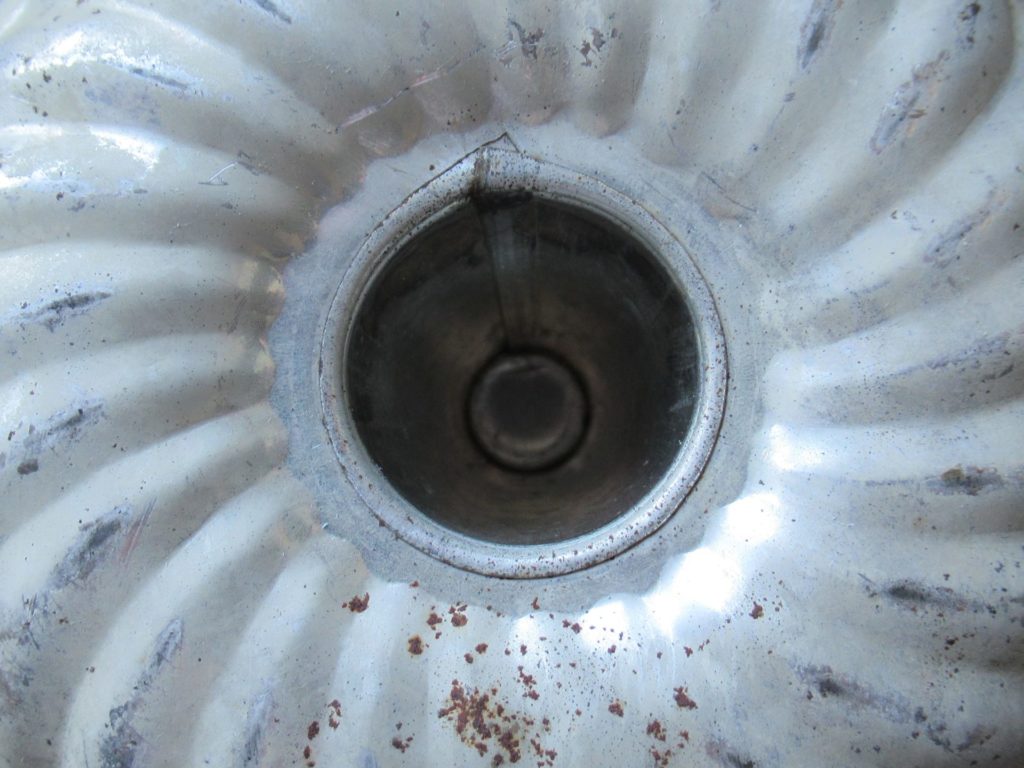
I don’t know anything about photography. I have a small camera that easily fits into a jacket pocket. It’s of a type that’s often called point-and-shoot, and that’s what I do with it – point and shoot. Although it has lots of other features, I always have it on AUTO and only zoom in or out. For the rest, I let the camera do the work.
I don’t know anything about photo editing either. The only editing software I use is the programme provided by Microsoft. I don’t even know what it’s called. I can straighten the horizon if necessary, rotate photos, make them darker if they’re overexposed, and cut off bits I don’t like. That’s all.
Being a seriously good photographer takes a lot of dedication, practice and know-how. But enjoying taking pictures doesn’t. Photography can be a lot of fun, even for somebody who doesn’t know anything about it. You don’t need any fancy equipment – a small camera or even a smartphone will do. And you don’t need to travel far, either. I didn’t leave the house for any of the pictures here.
Standing in the front door opening, I photographed the roofs of the terraced houses across the street.
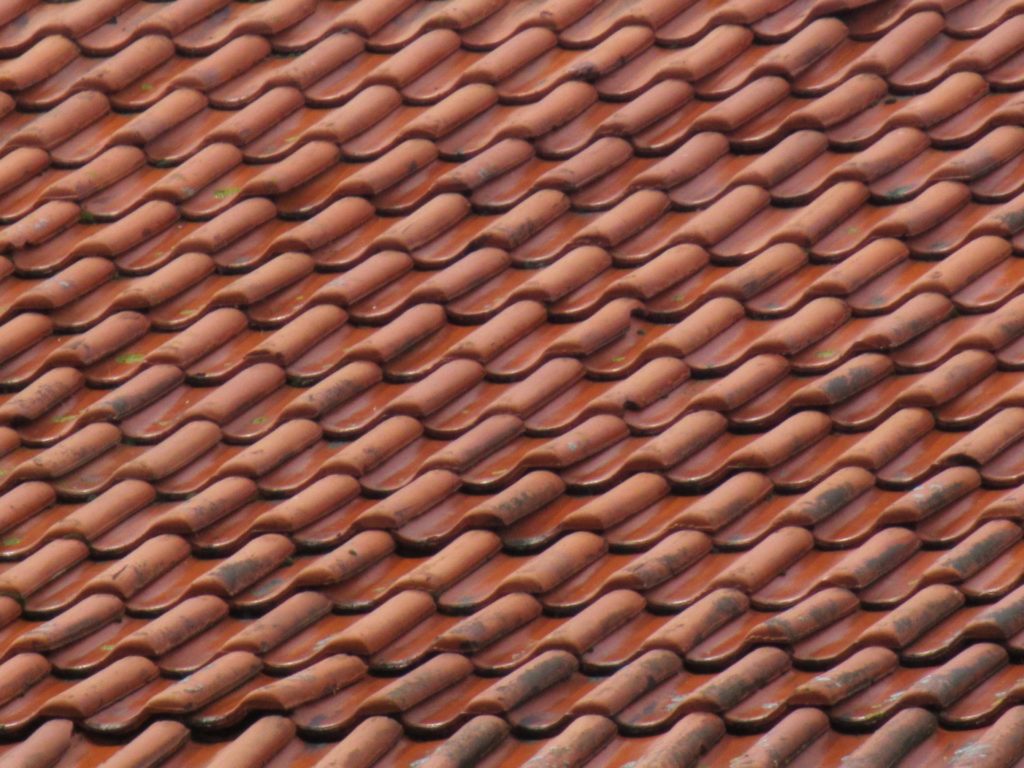
The tiles make an interesting pattern in themselves. But when I closed the door and looked in the same direction through the frosted glass the result was simply amazing.
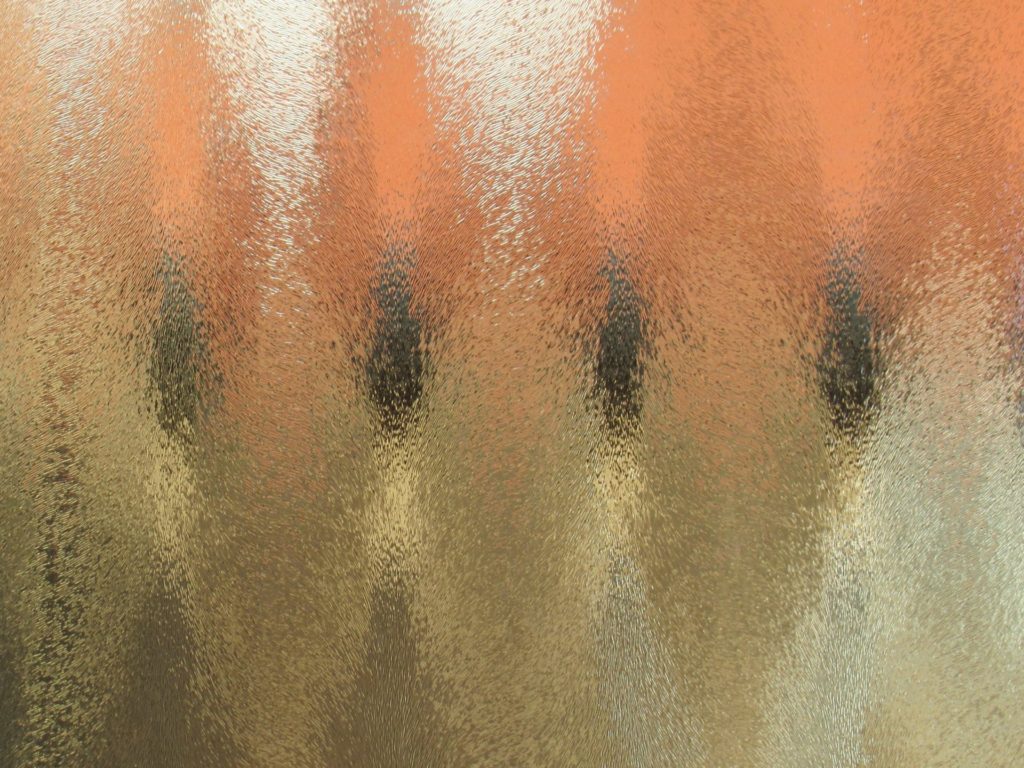
It made me think of the lozenges in Argyll knitting.
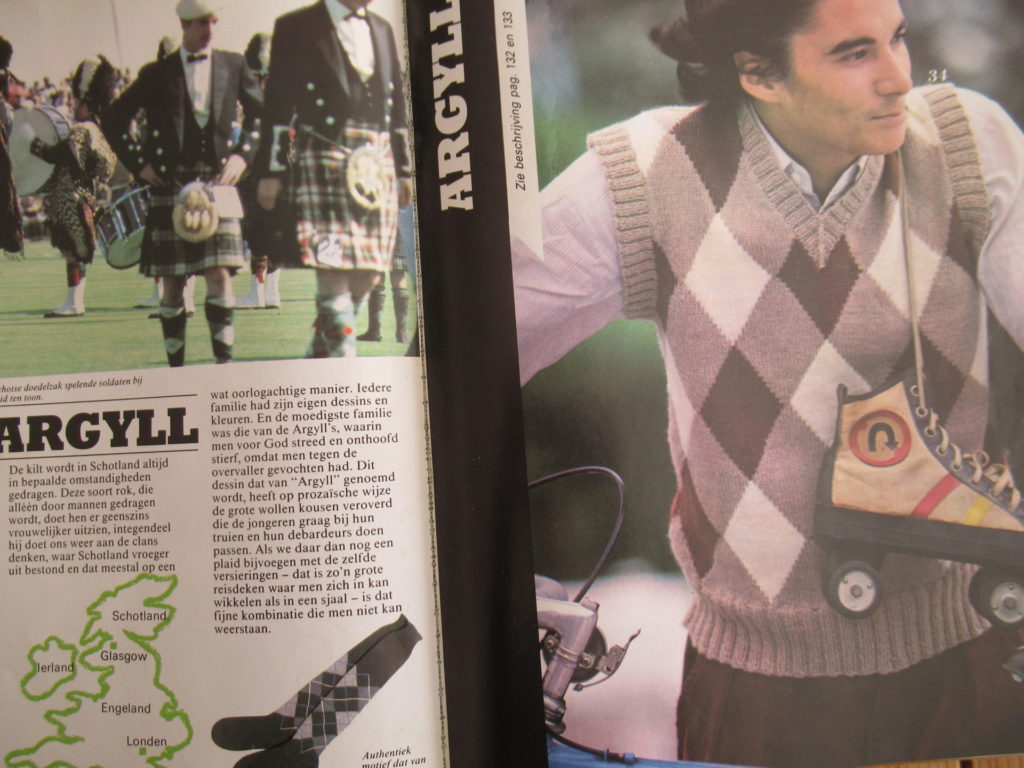
Treasures (and knitting inspiration) can be found everywhere and anywhere.
Take care! xxx
